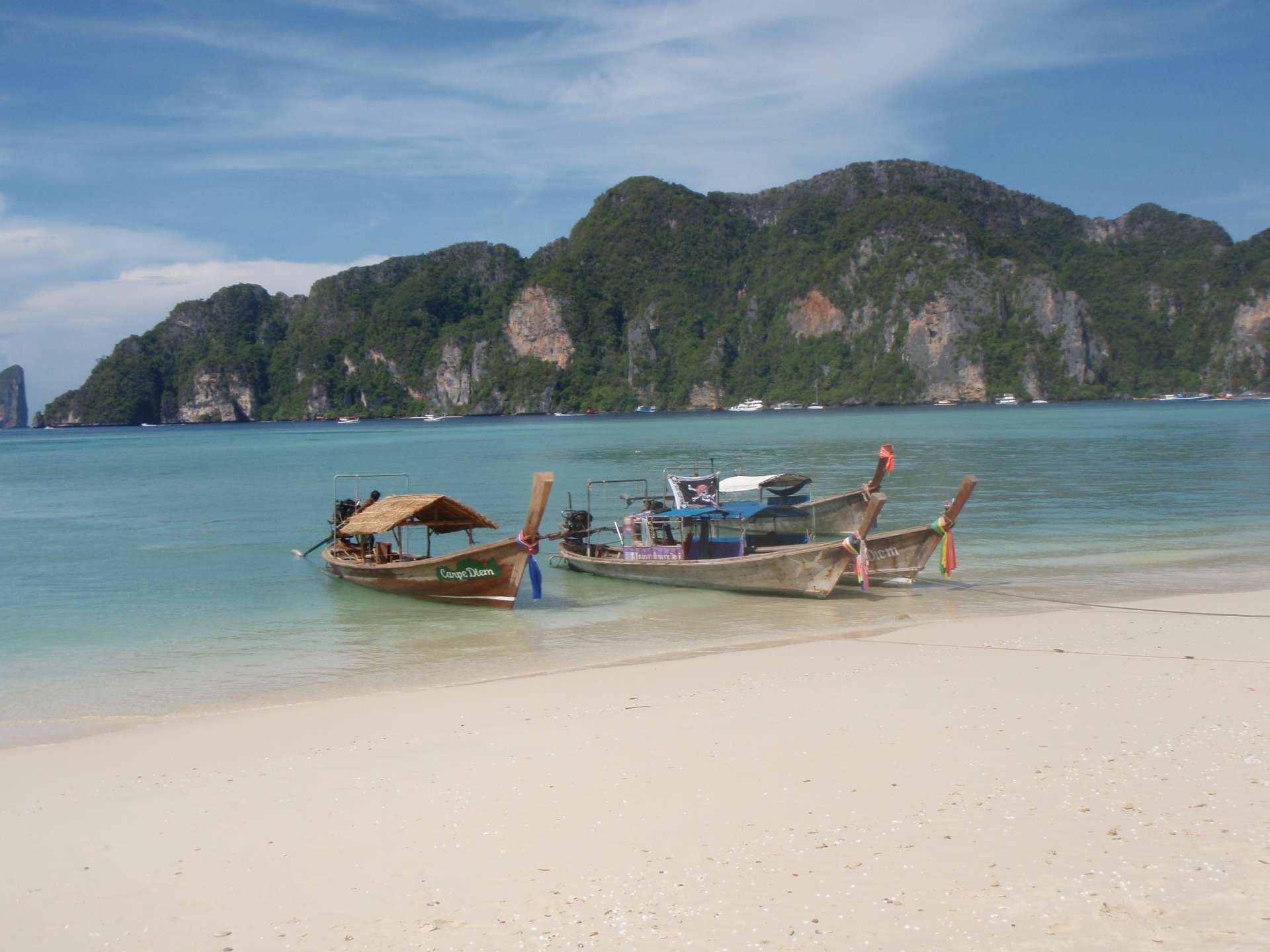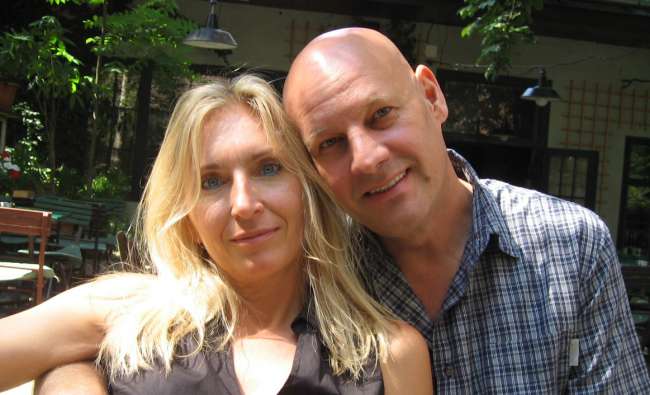MYANMAR ...Singin' in the Rain!
Yayınlanan: 20.07.2017
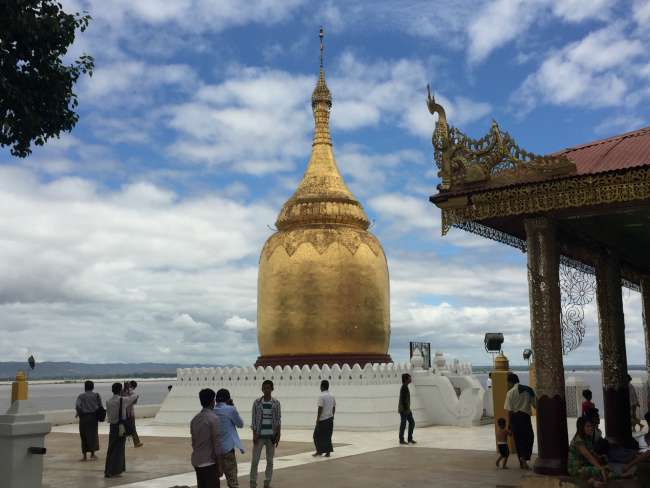
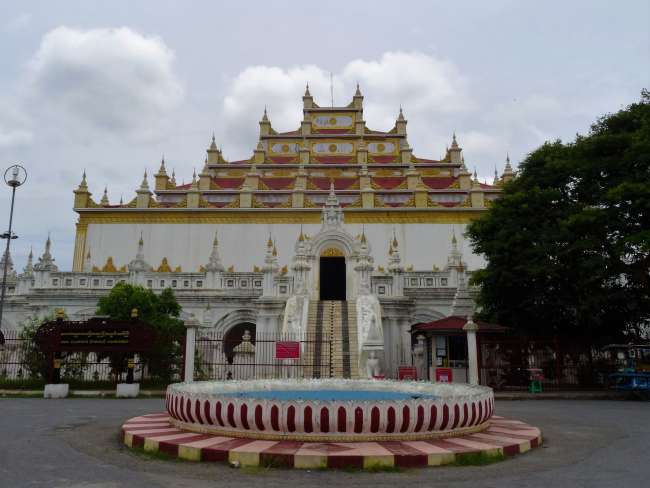
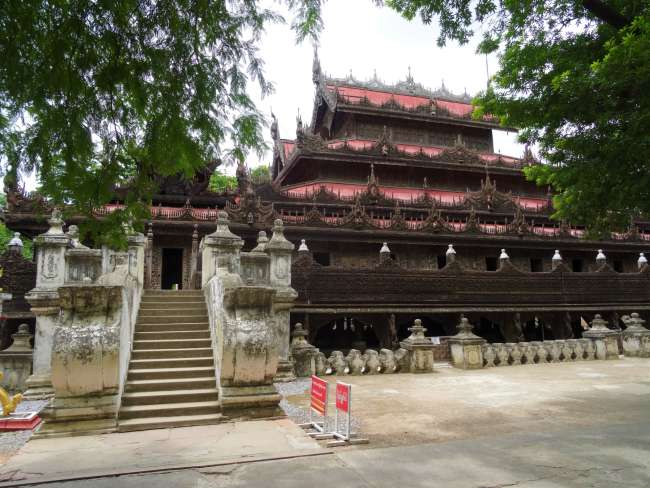
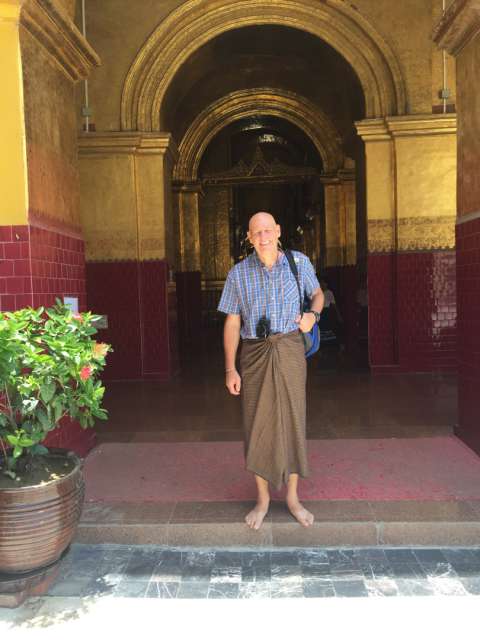
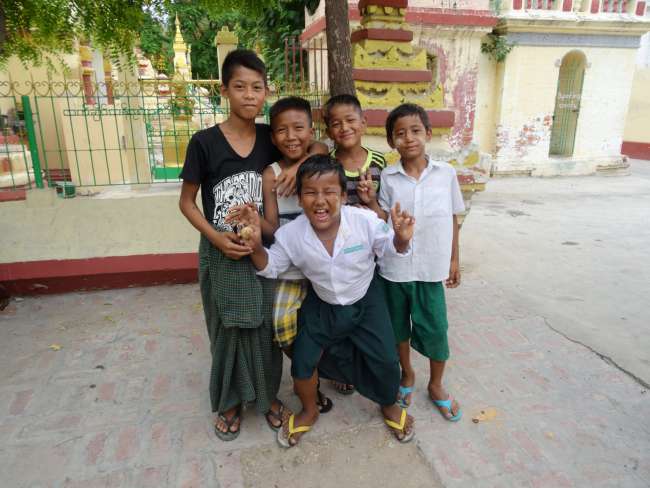
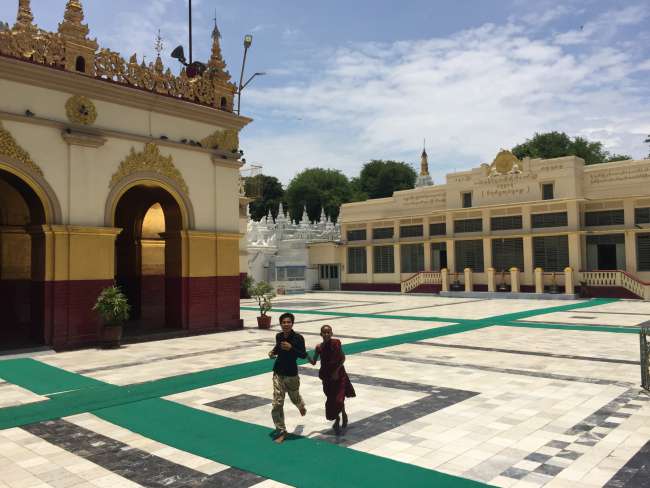
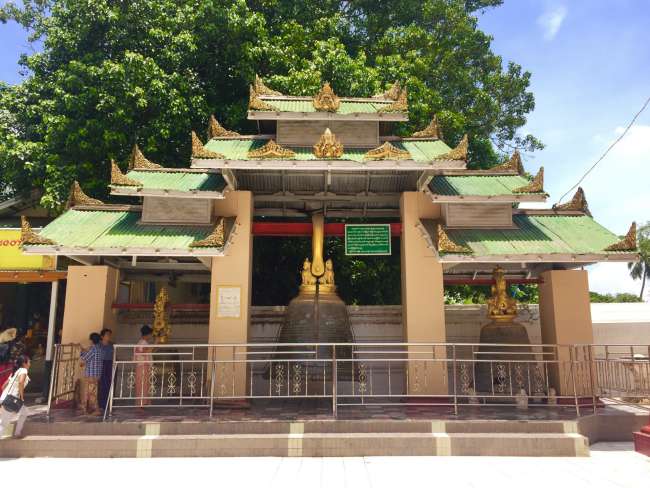
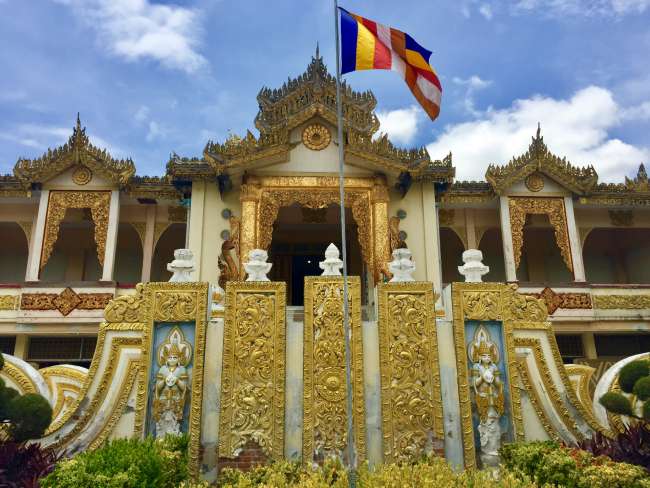
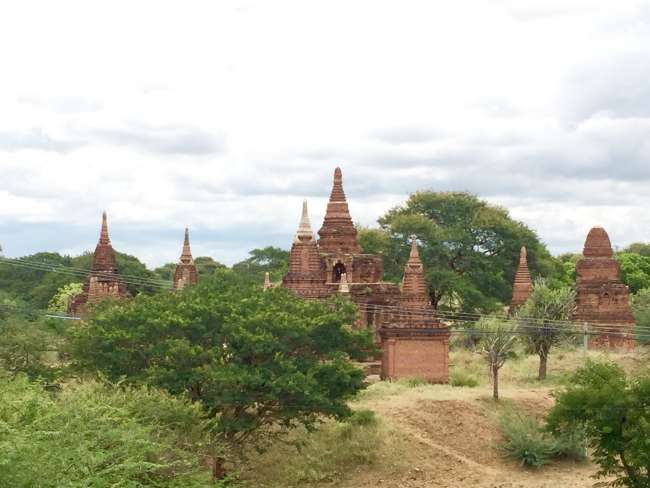
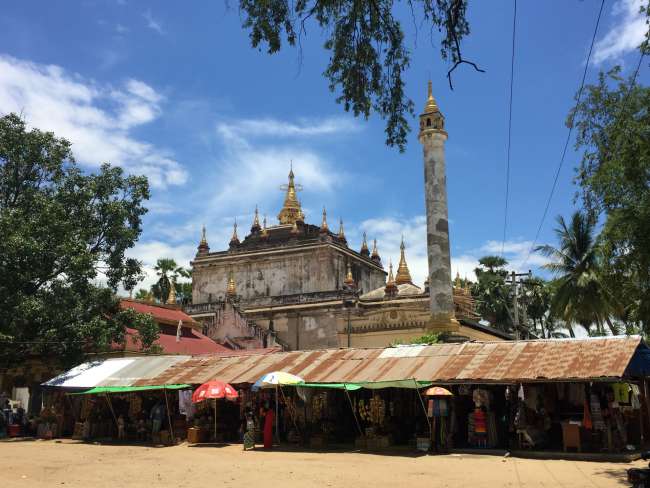
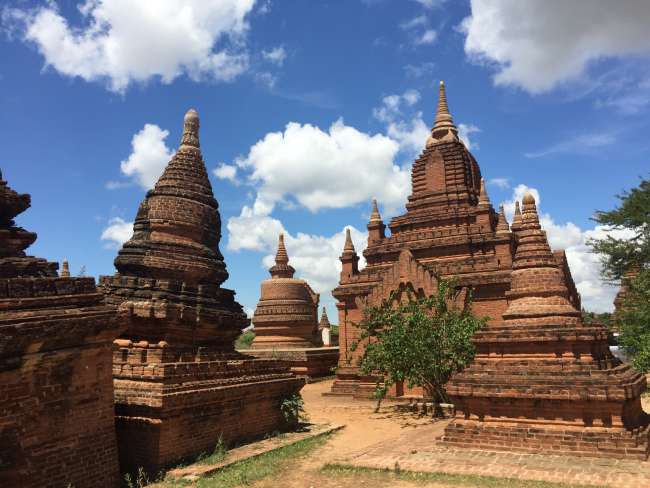
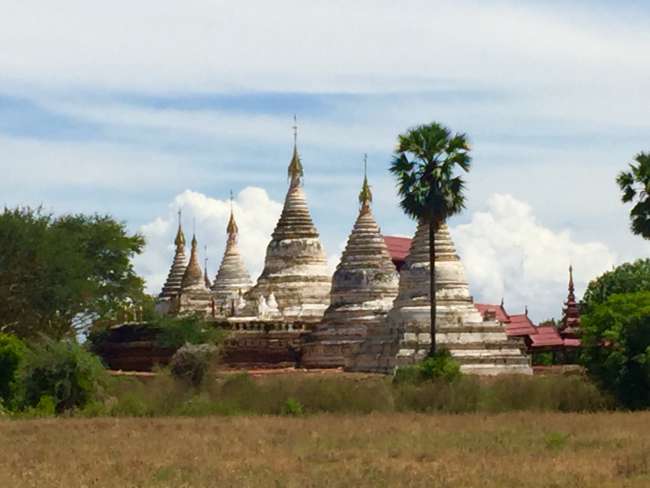
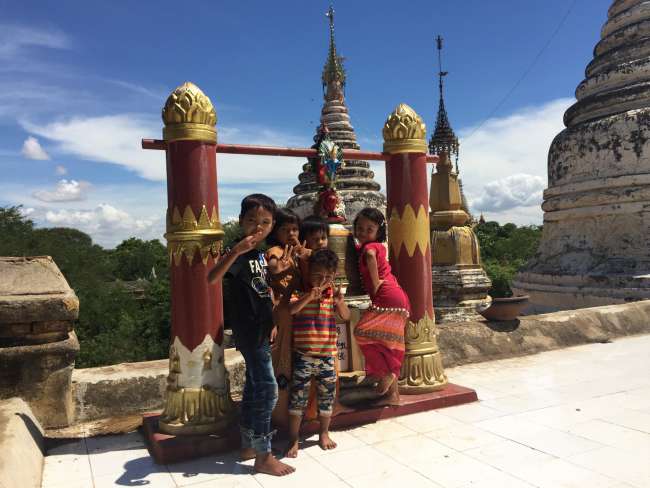
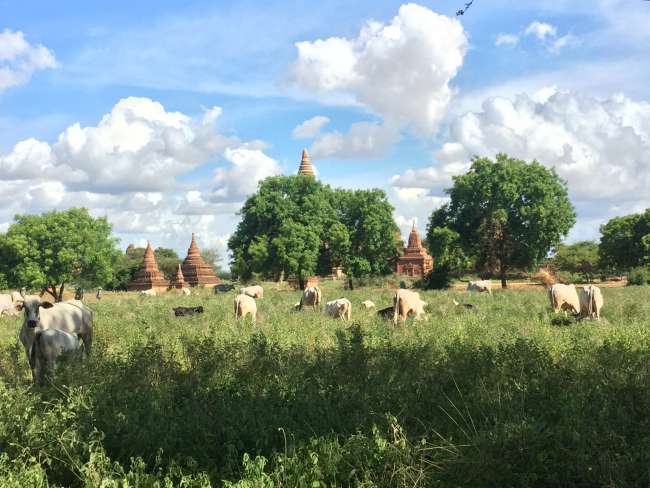
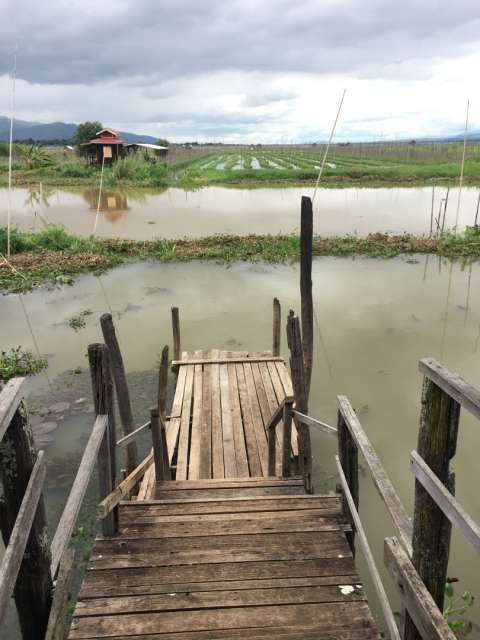
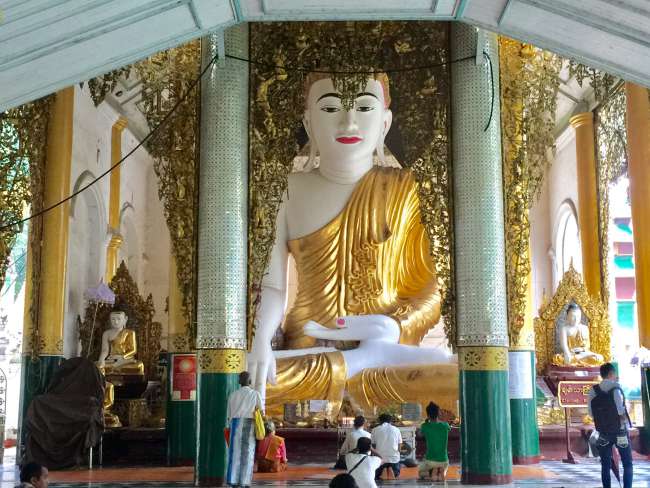
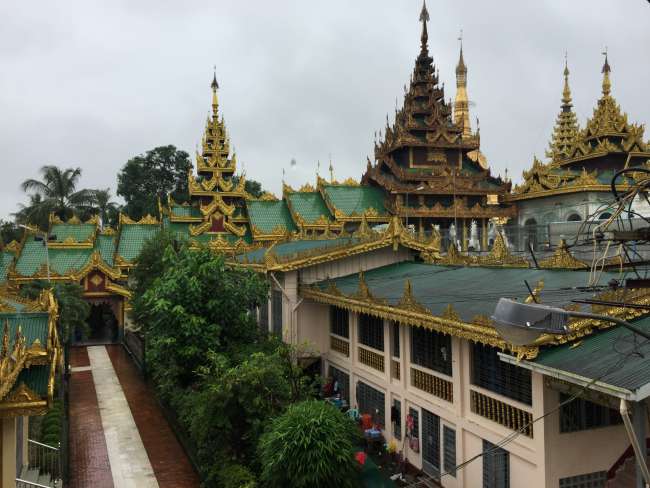
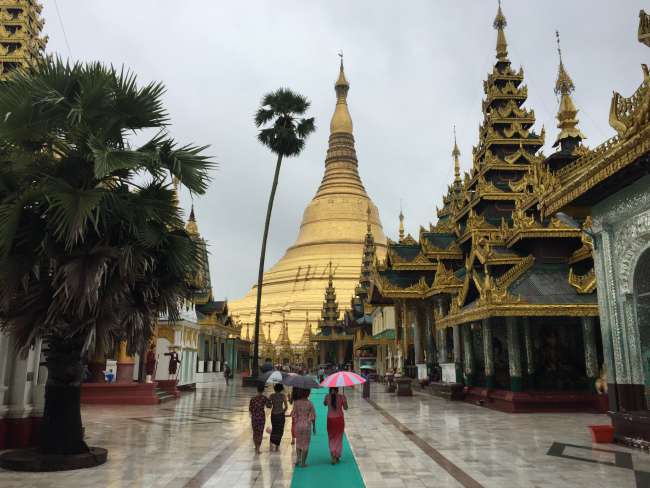
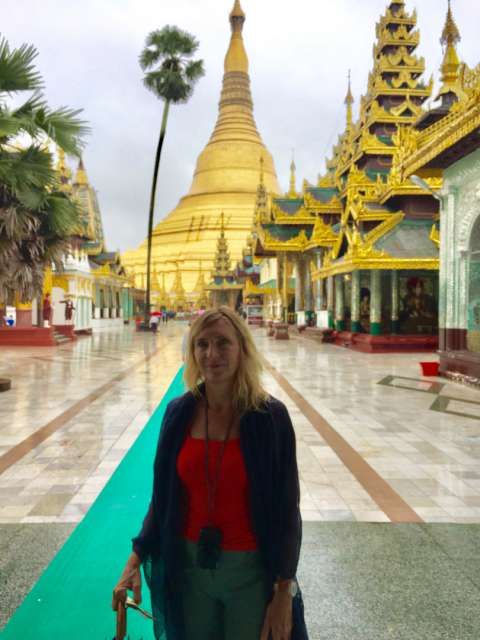
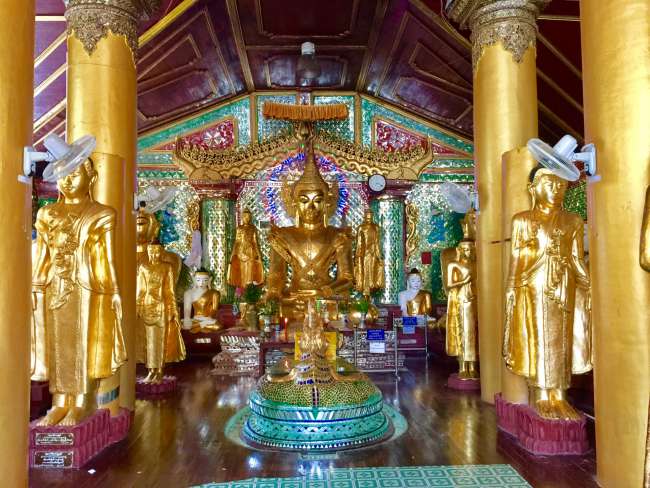
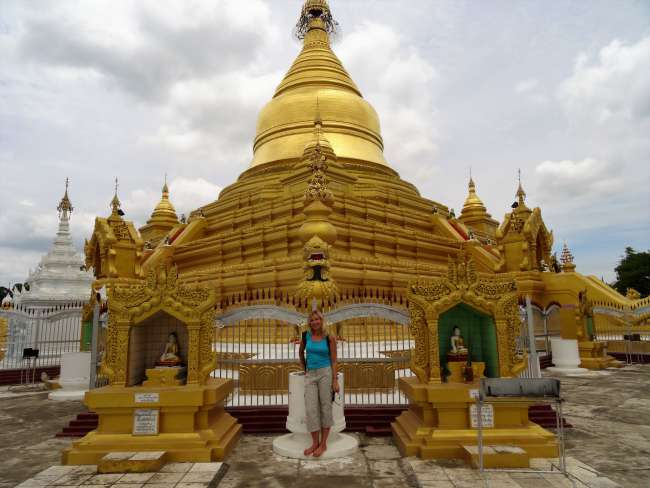
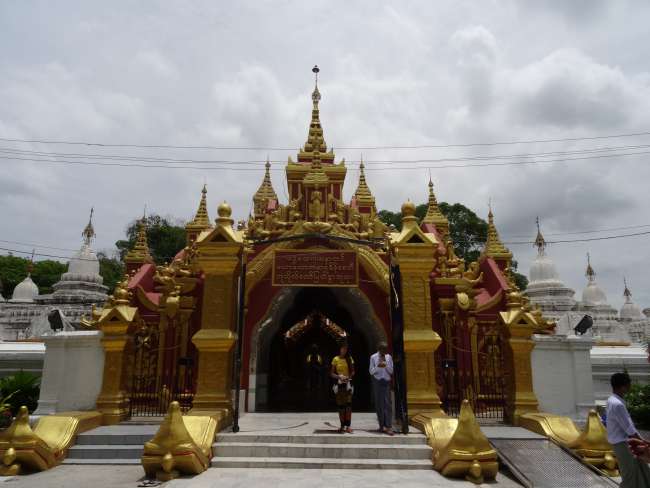
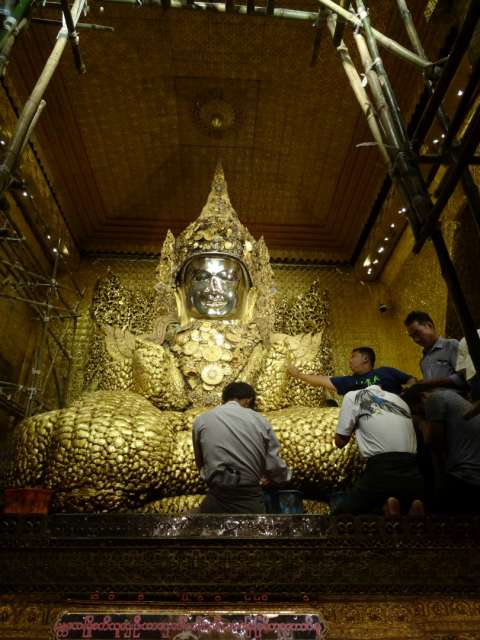
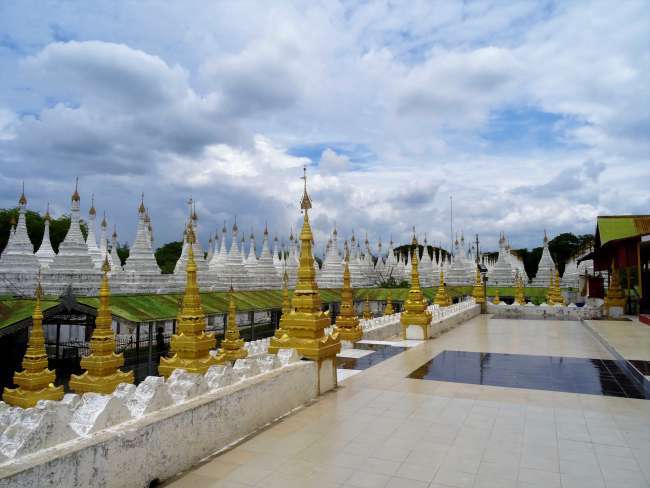

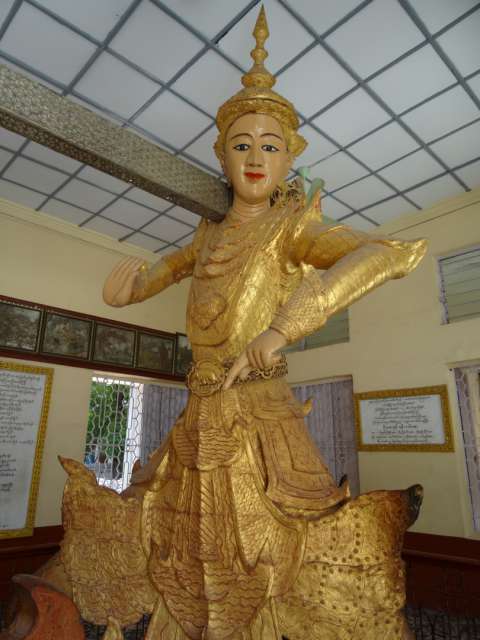
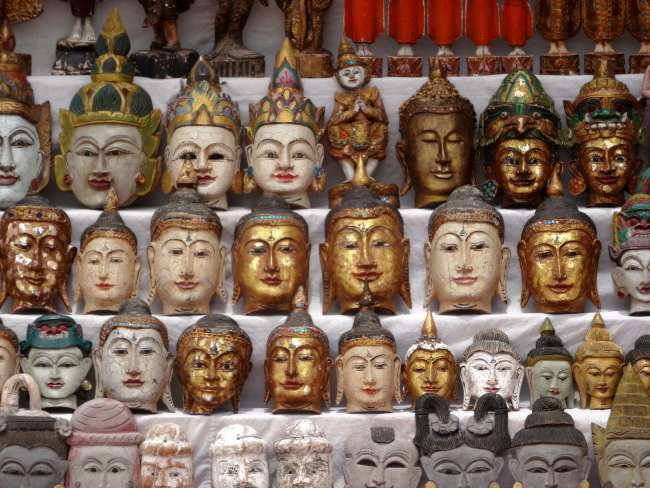
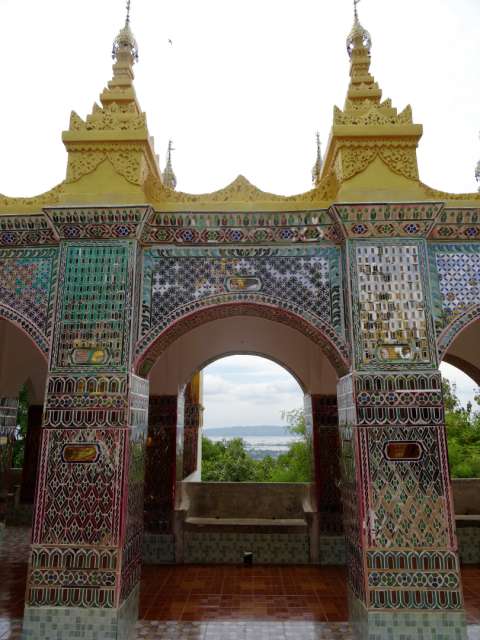
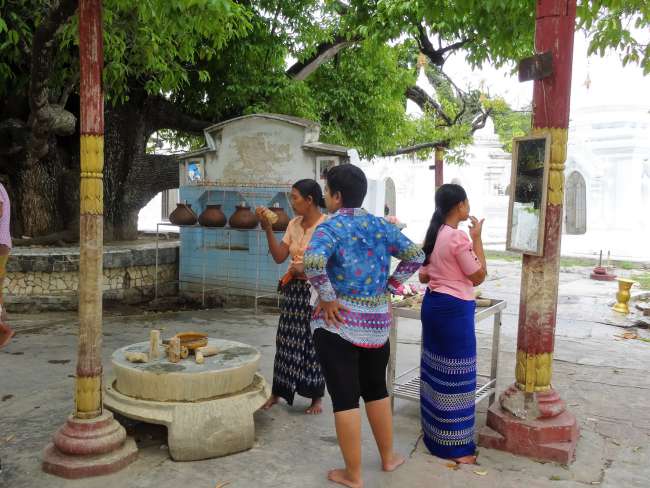
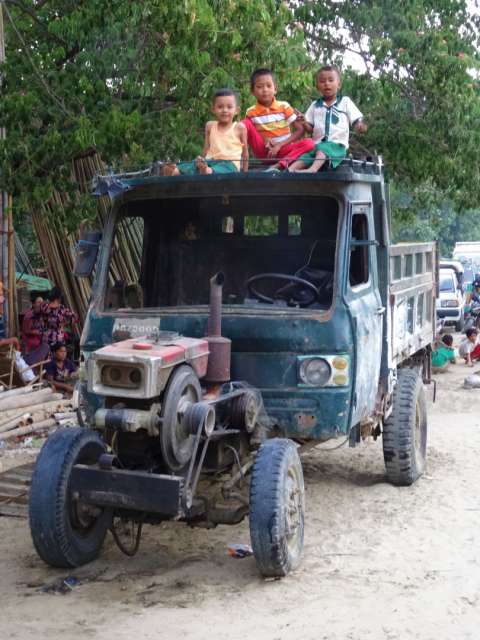
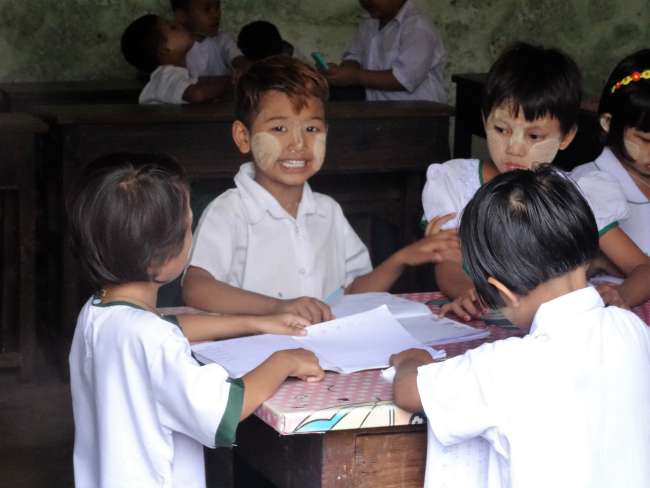
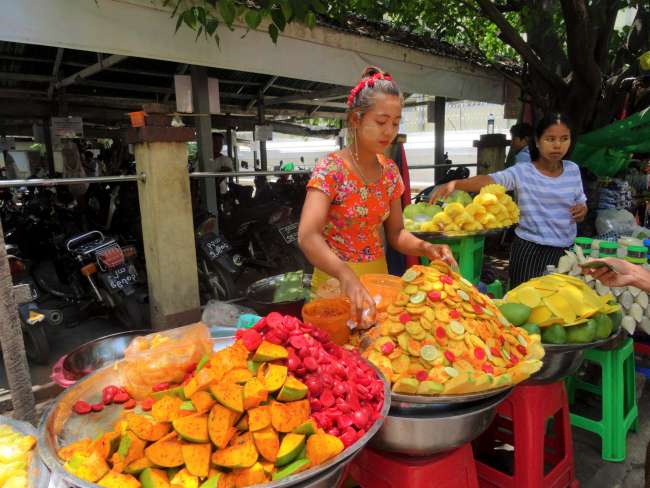
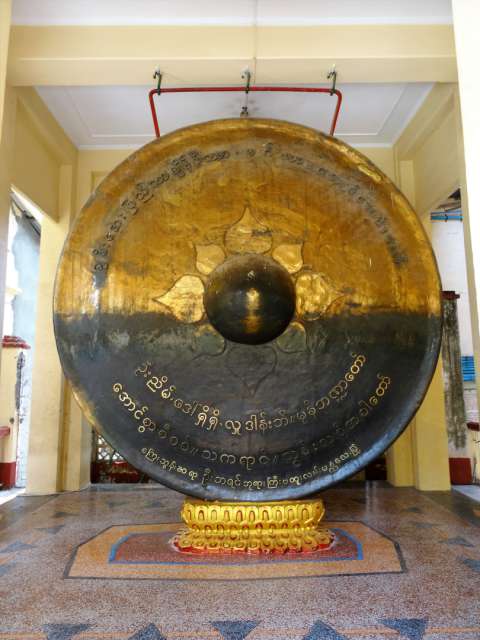
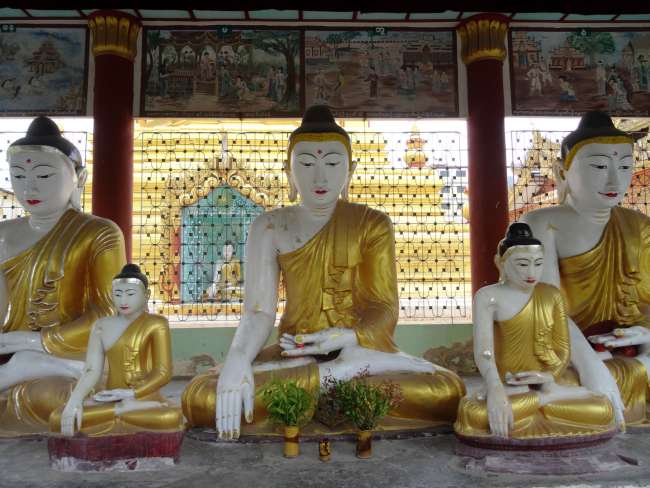
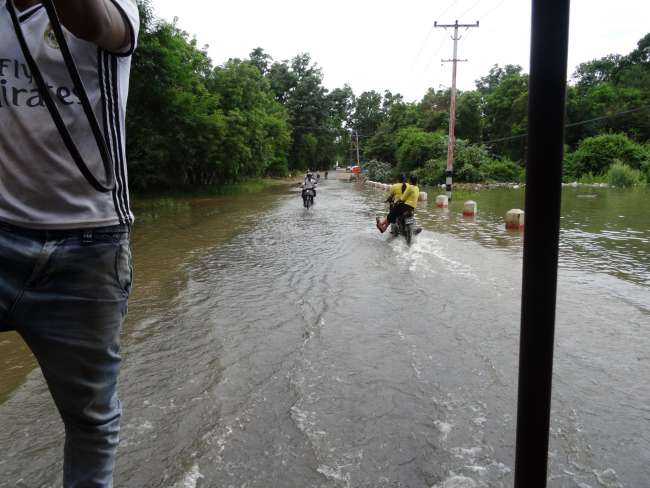
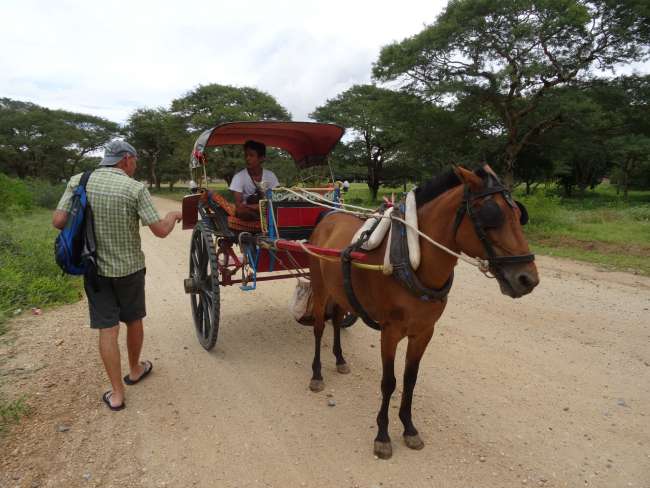
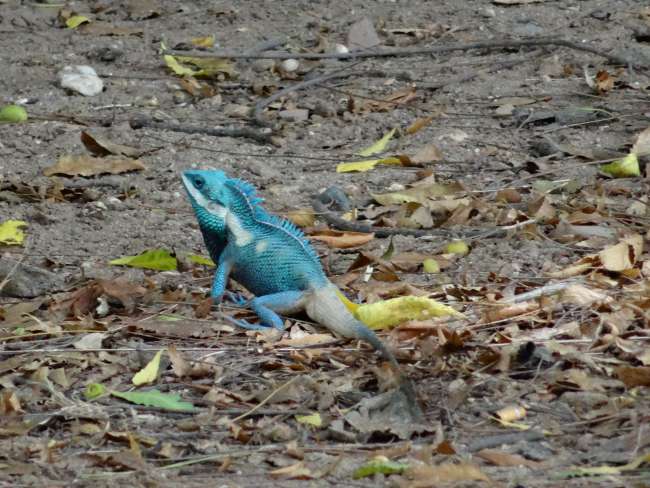
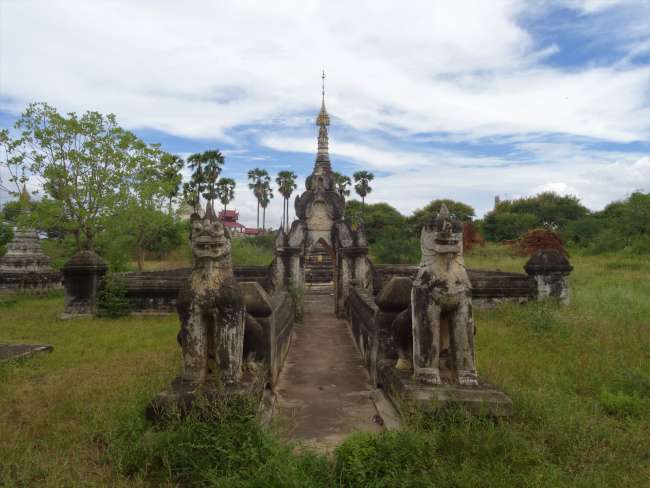
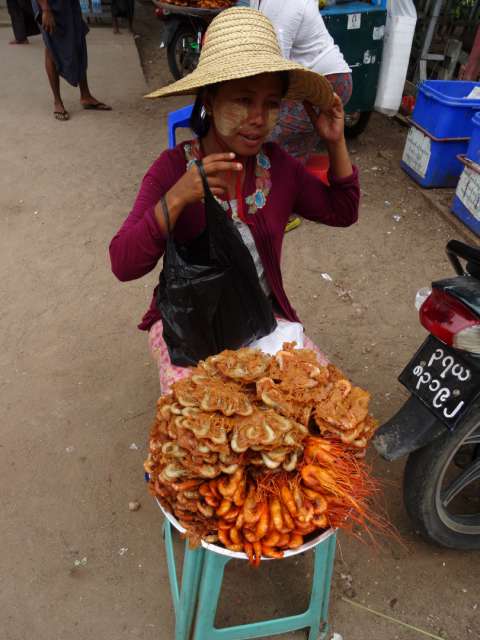
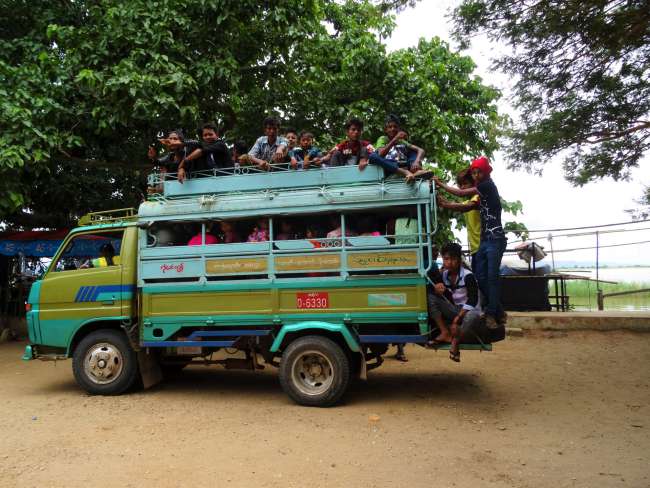
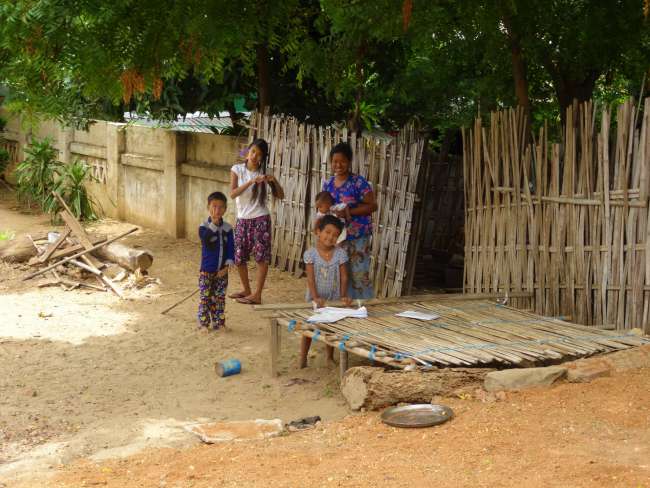
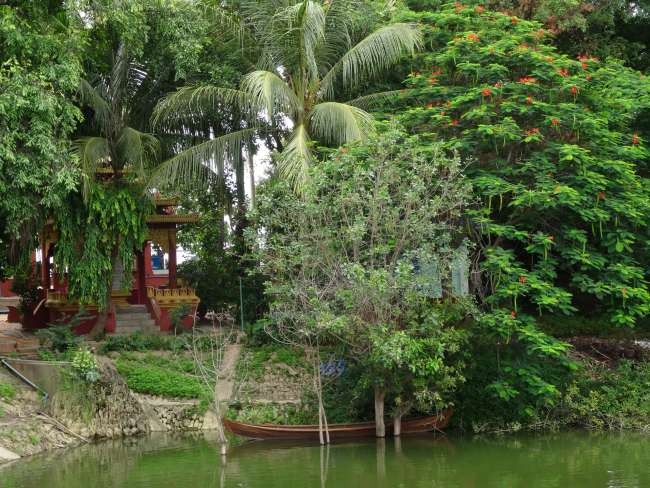
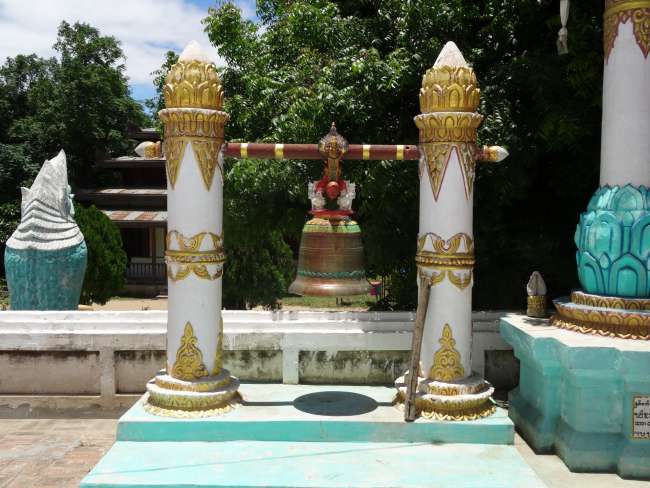

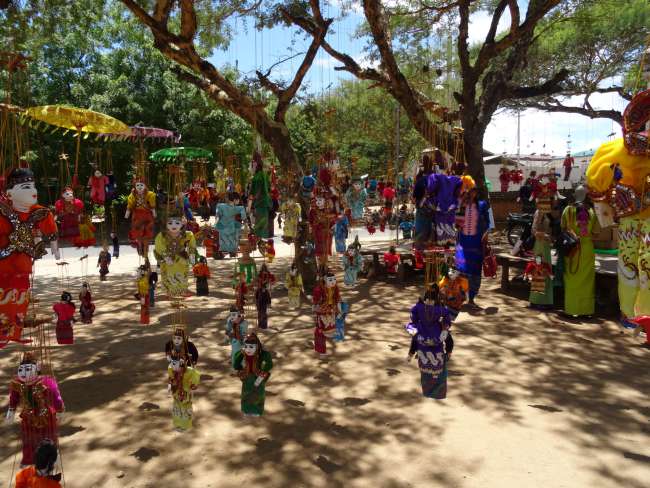
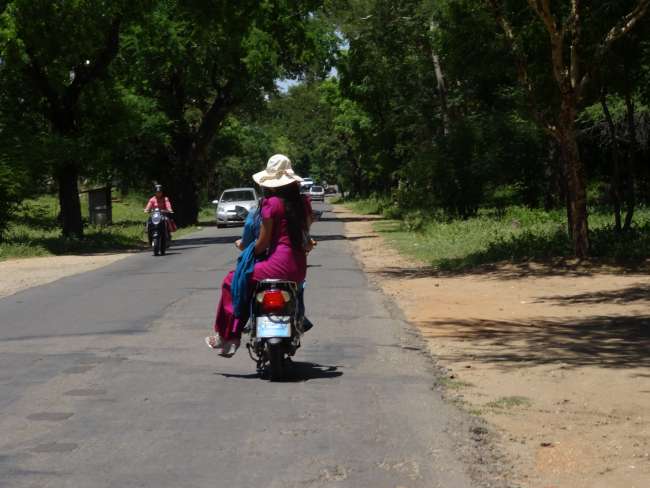
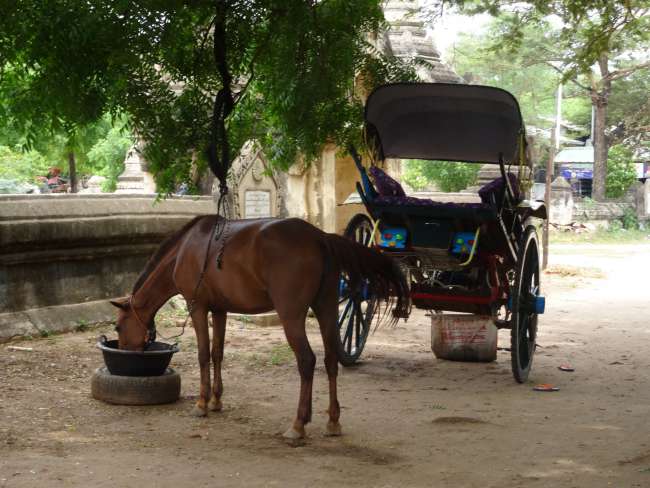
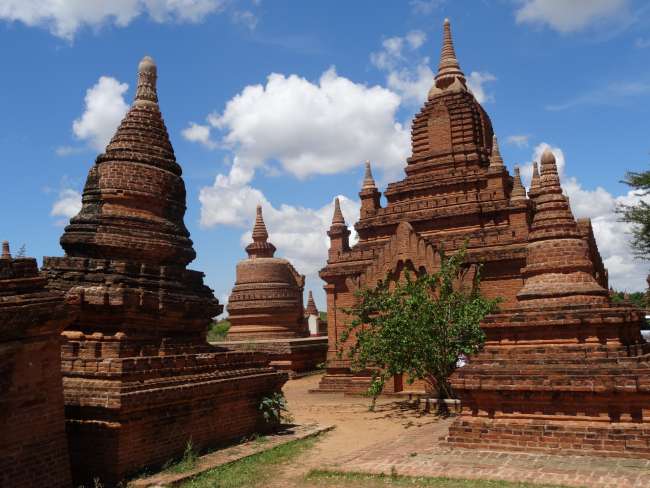
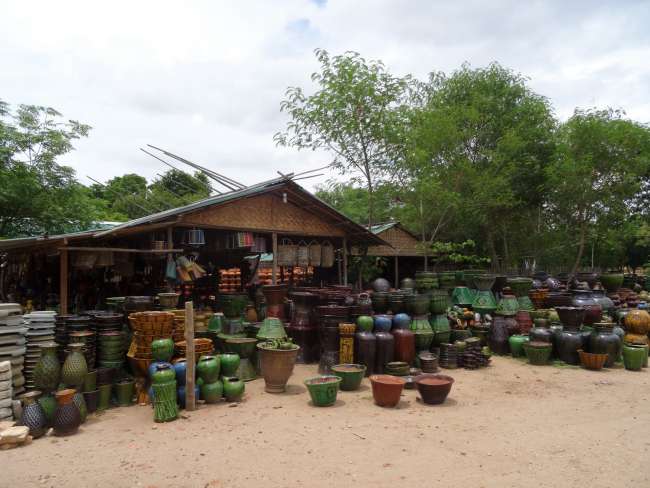
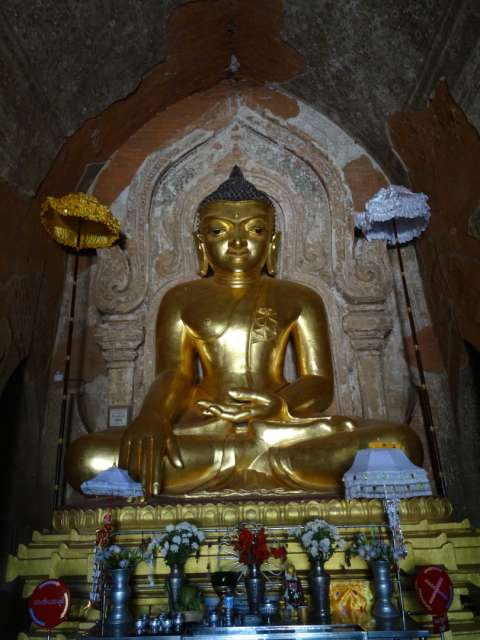
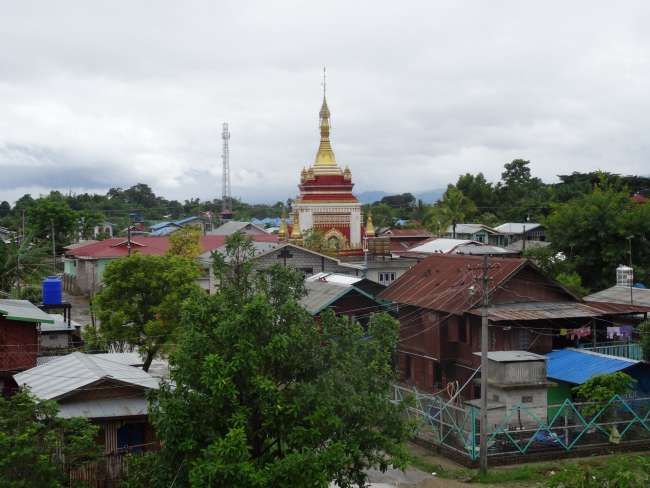
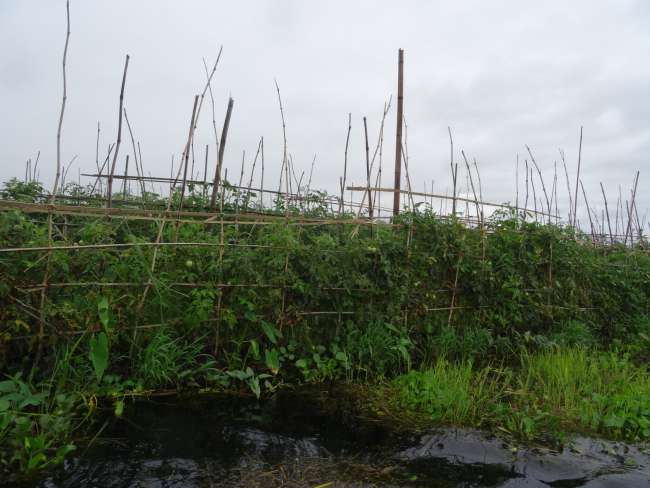
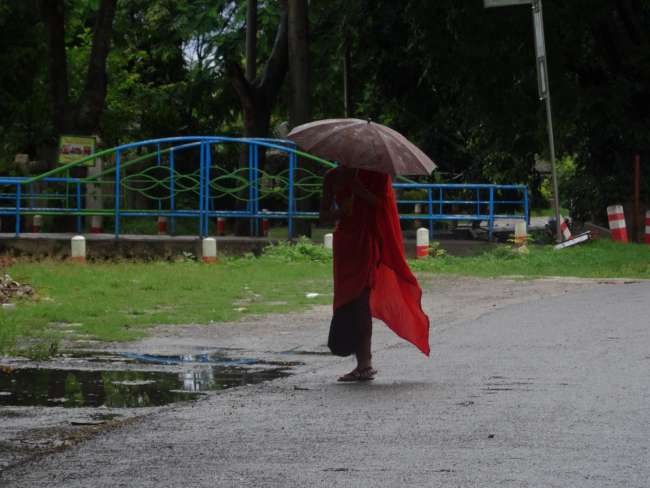
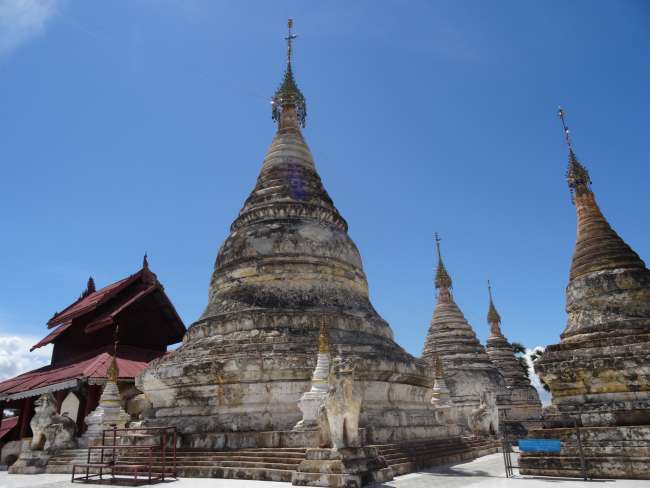
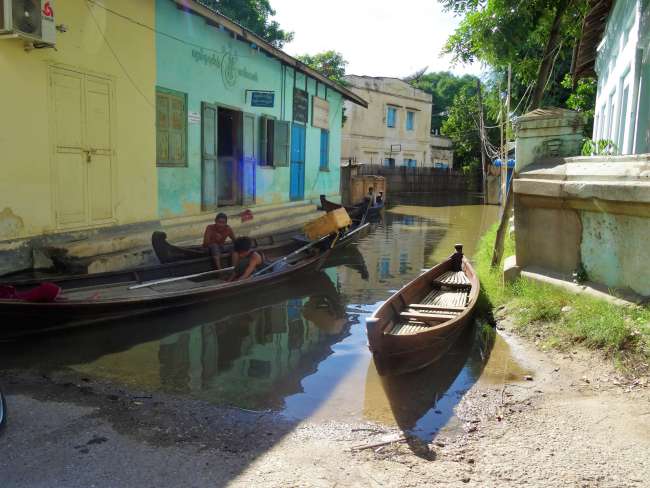
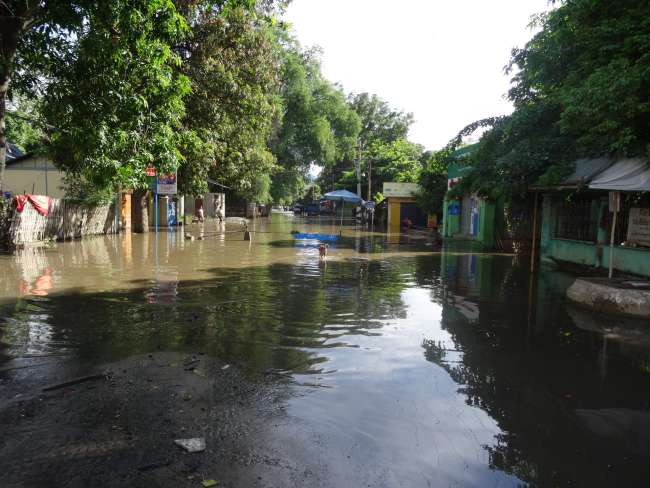
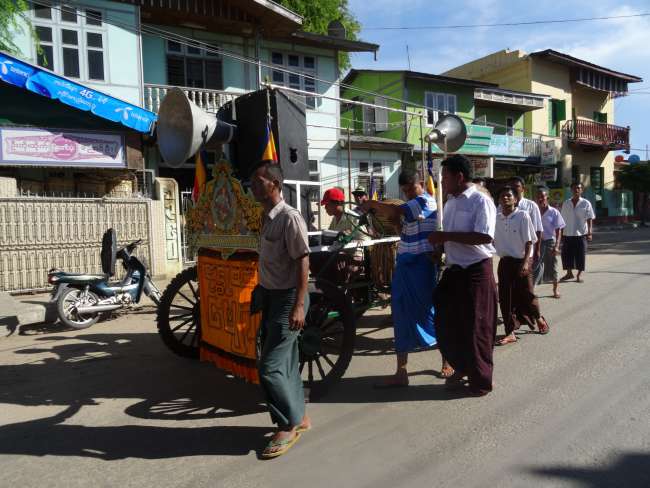
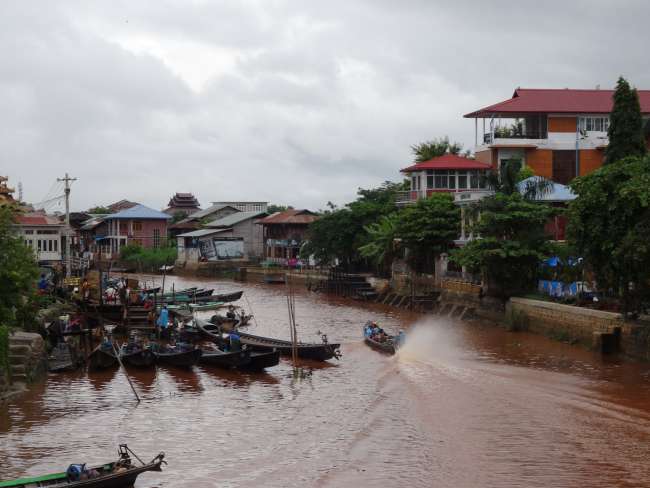
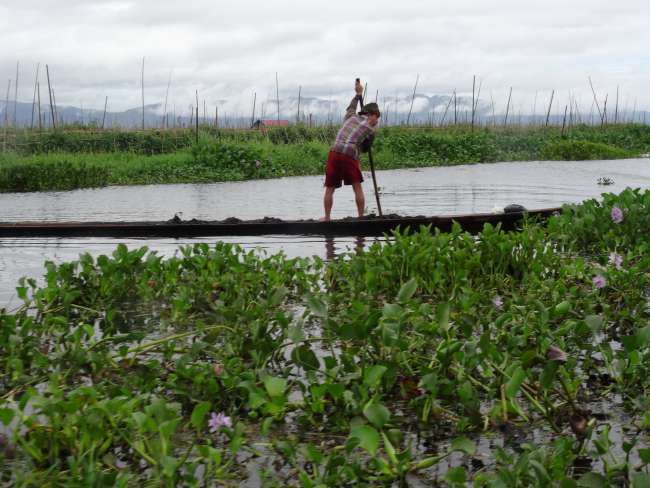
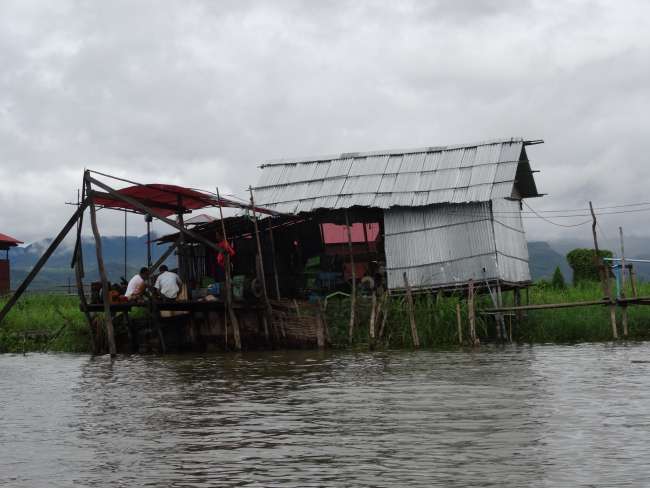
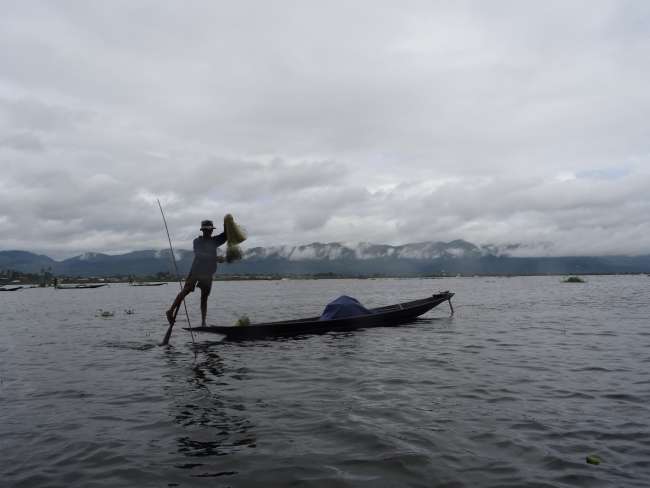
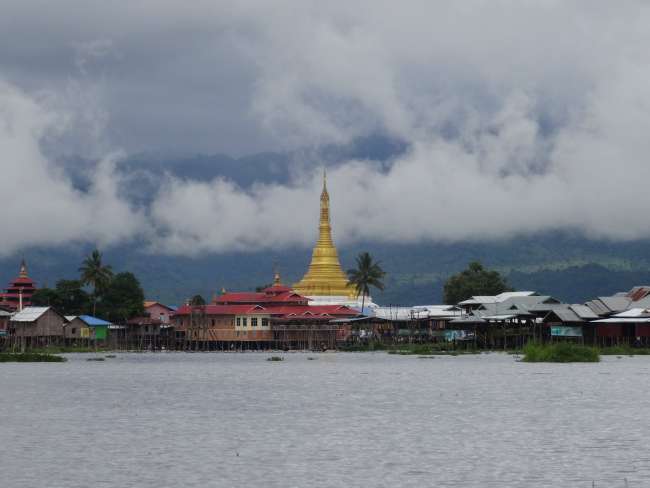
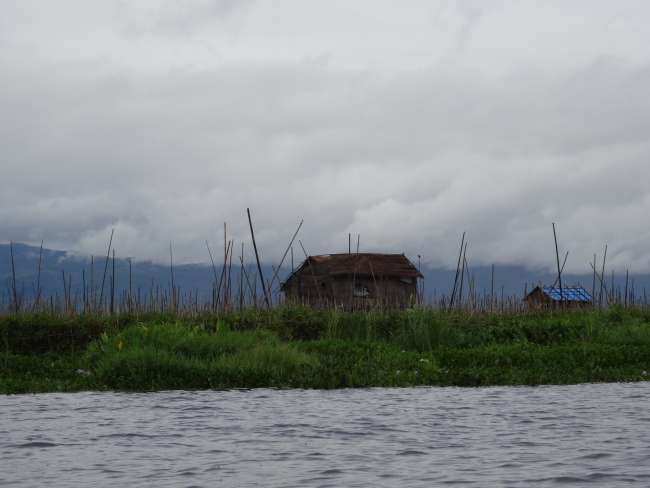
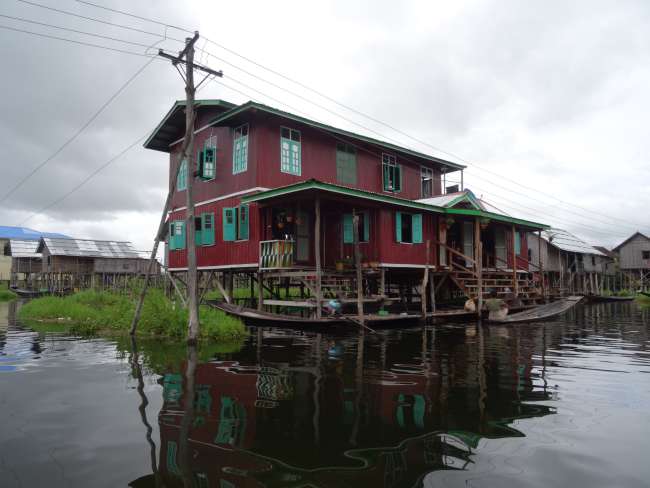
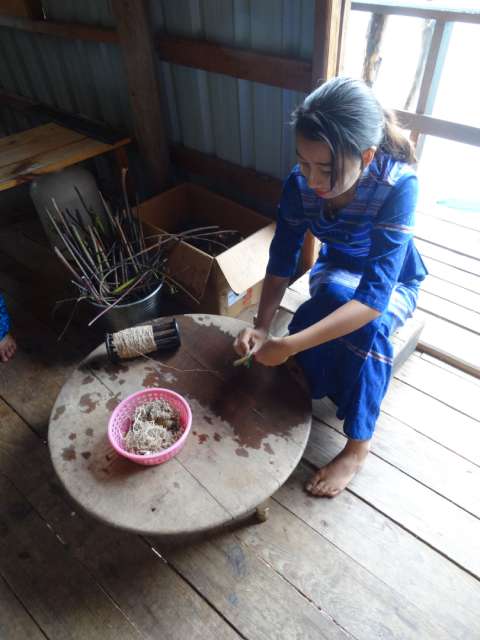
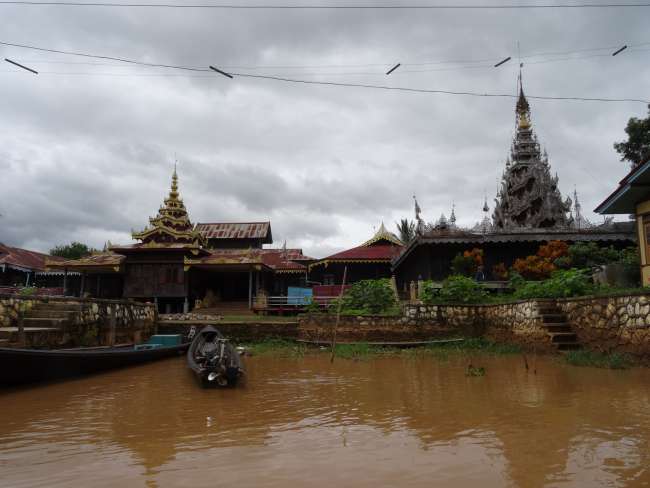
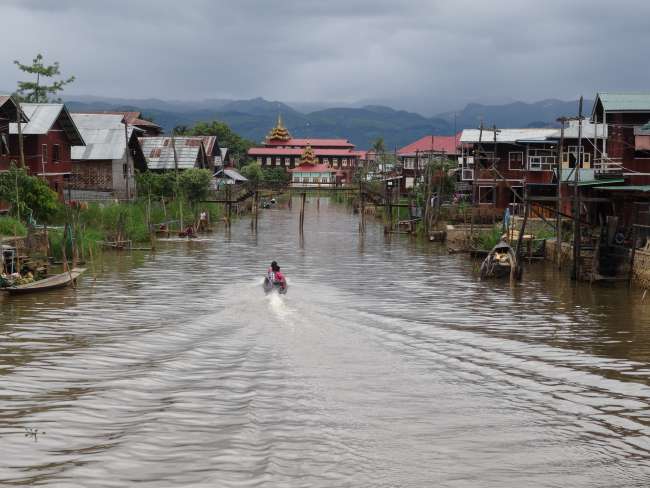
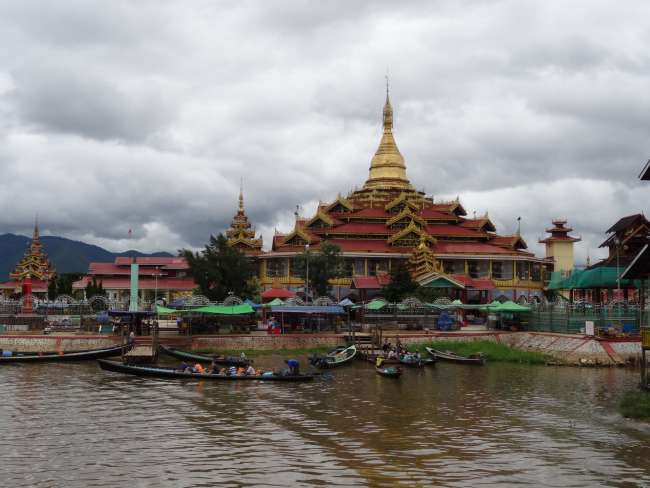
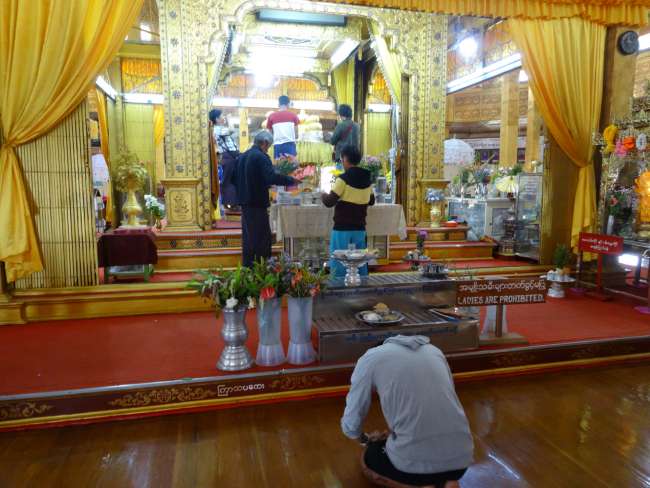
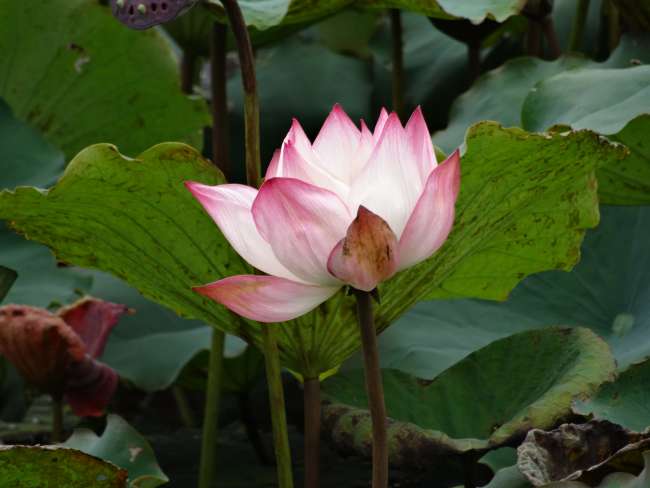
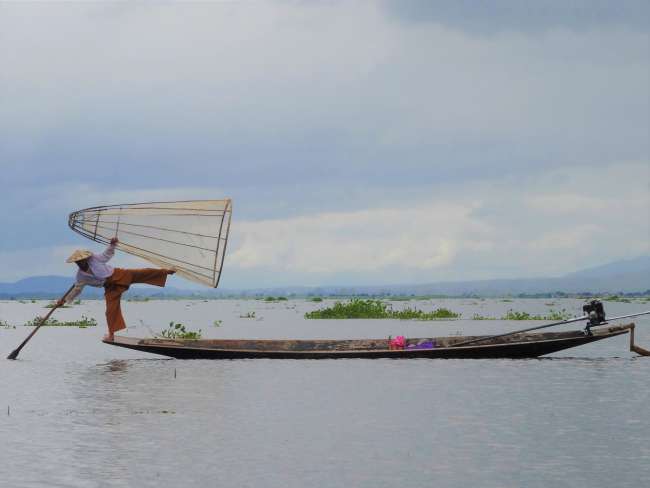
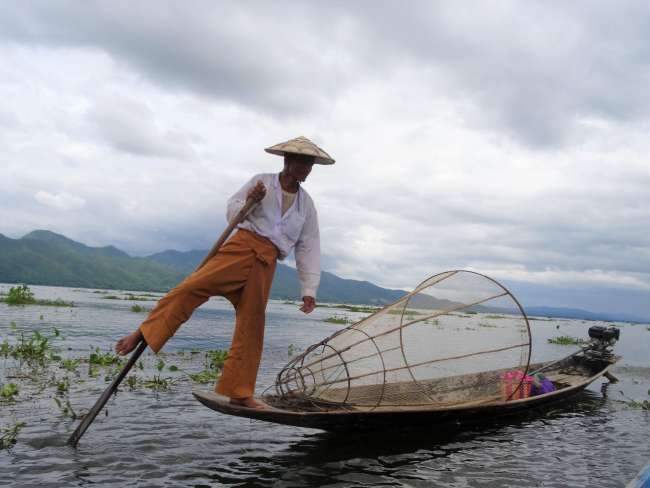
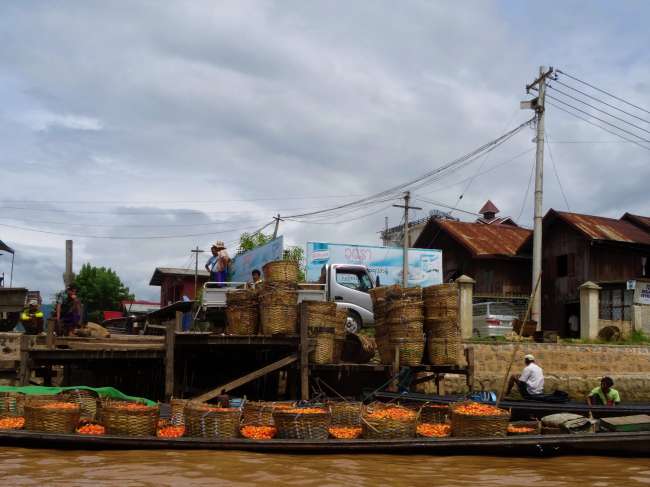
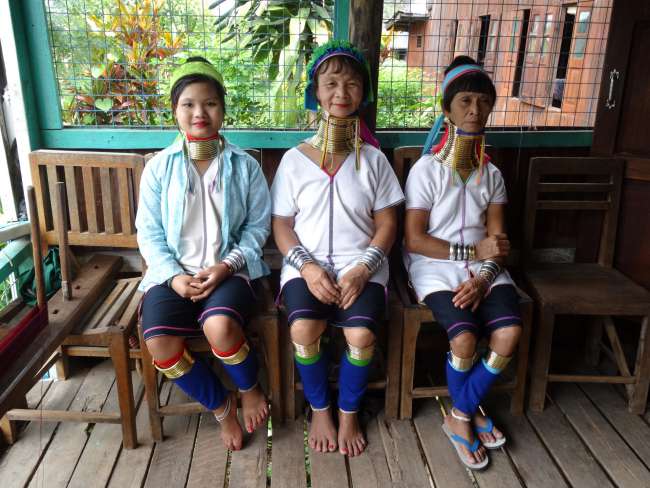
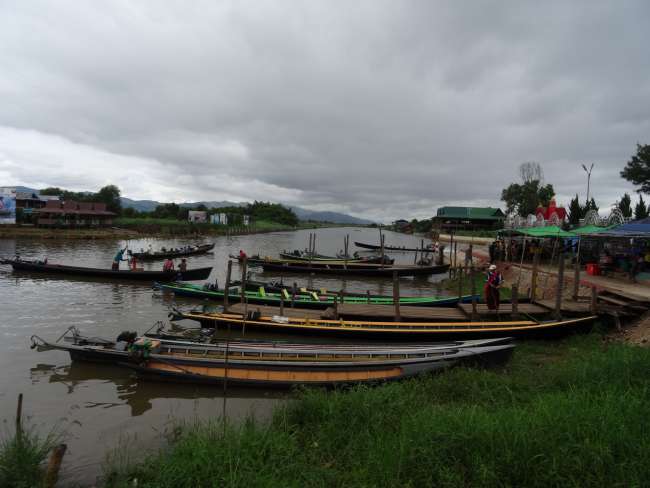
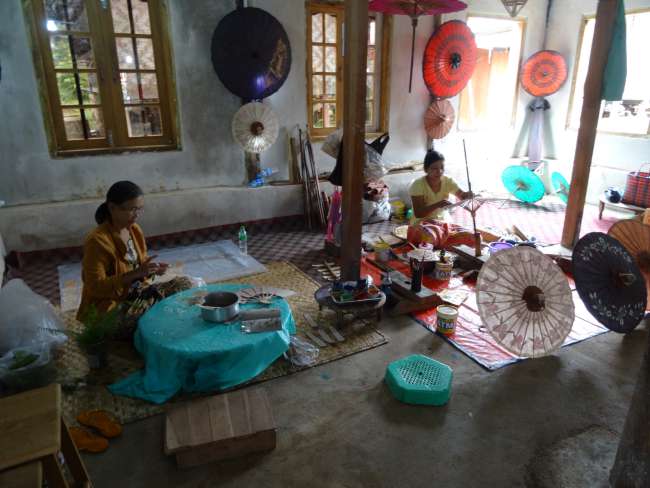
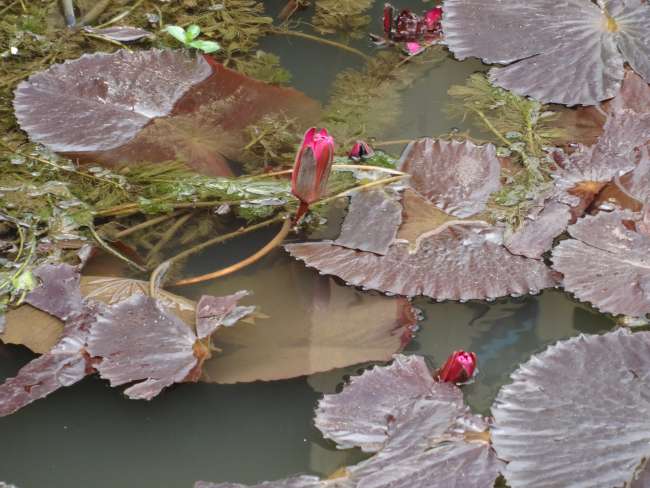
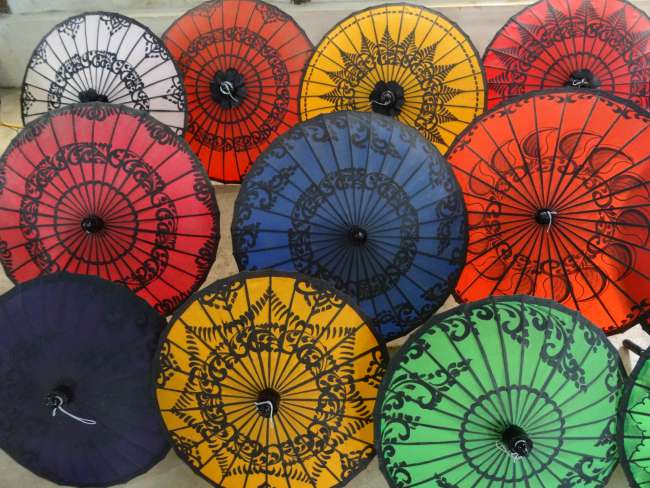
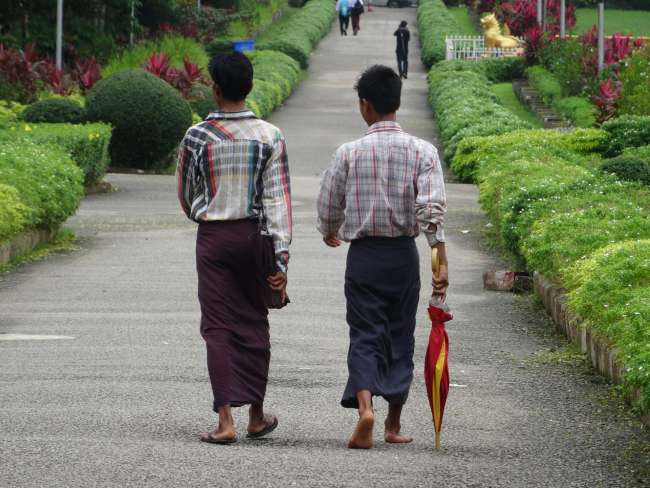
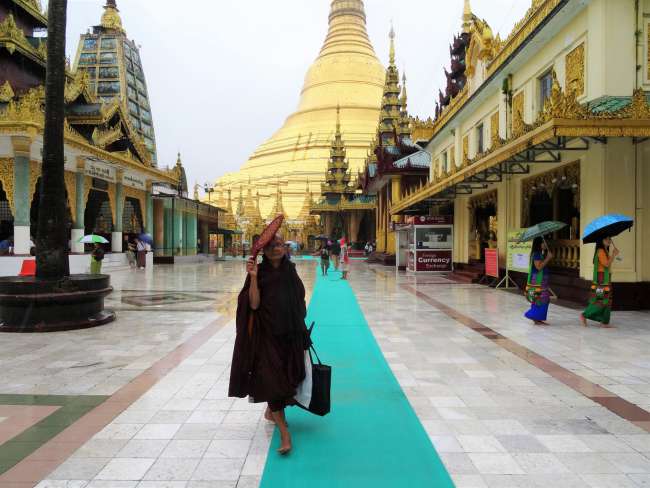
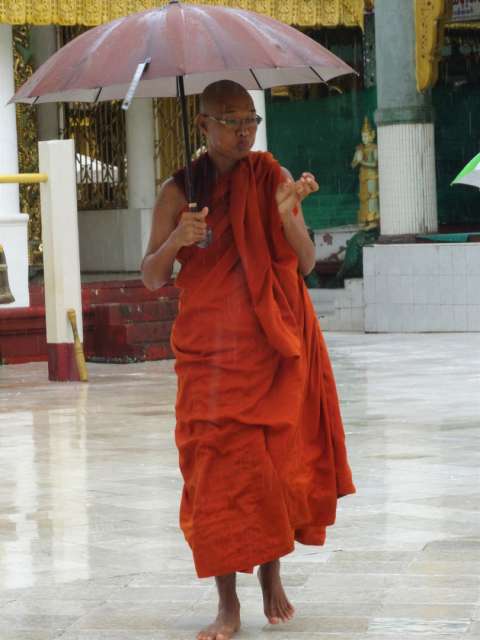
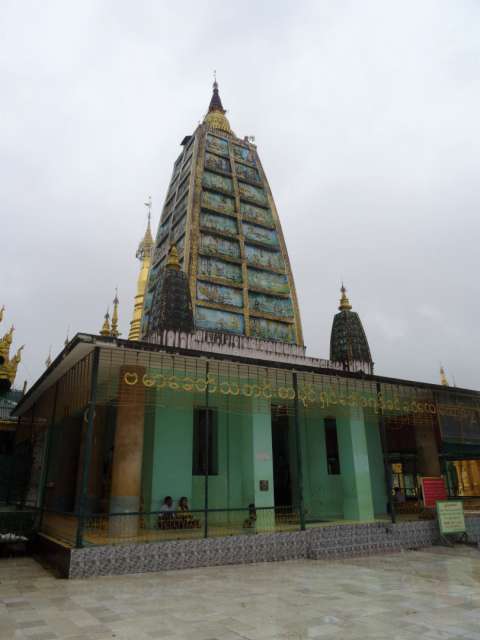
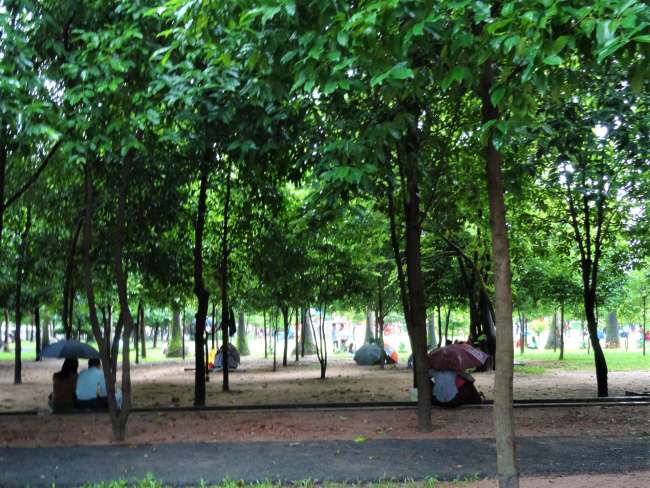

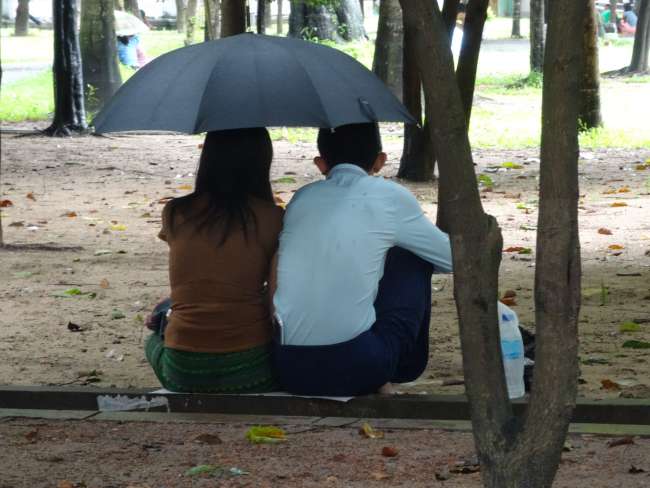
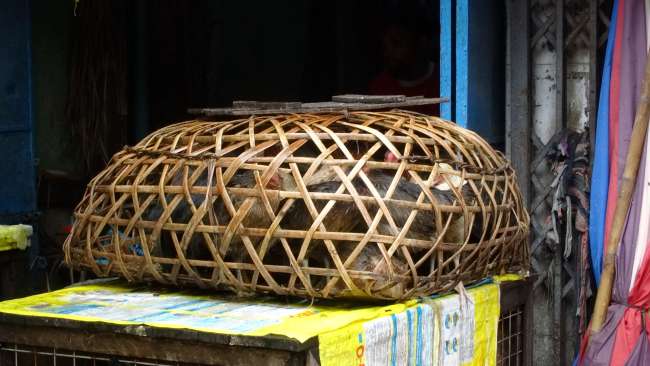
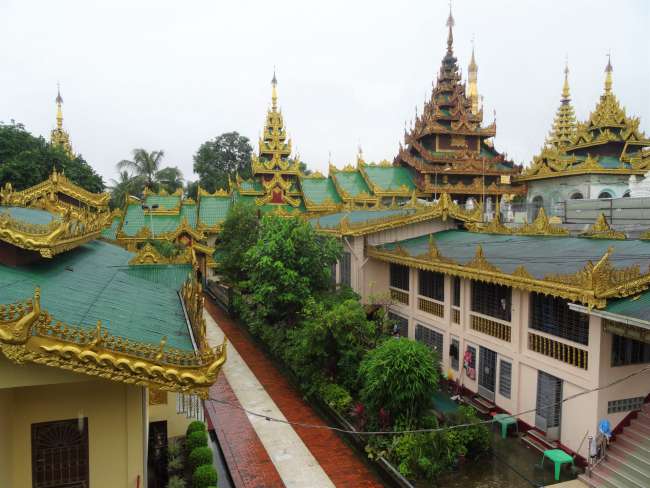
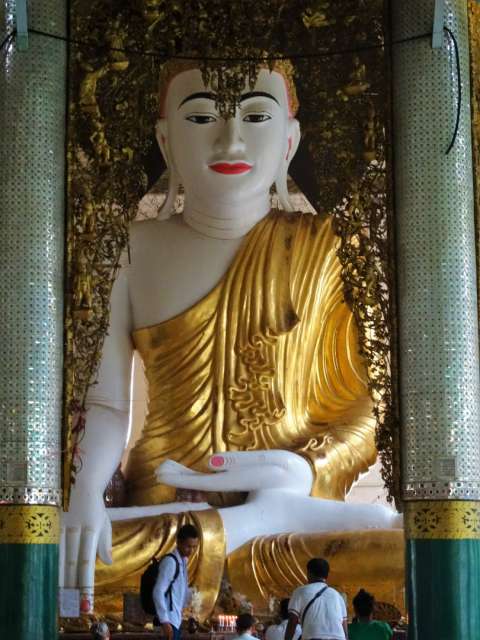
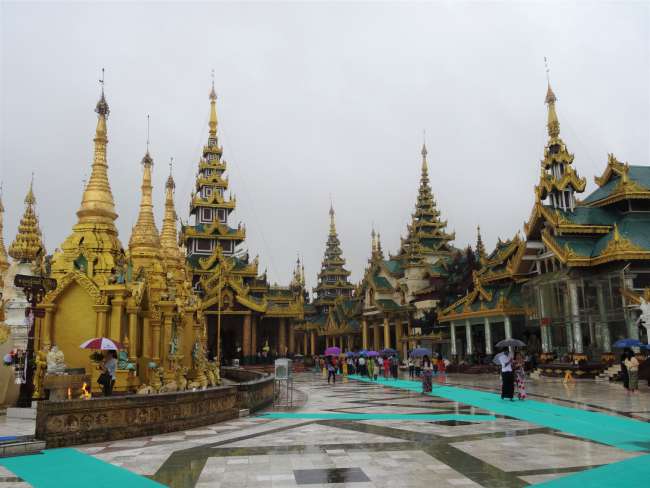
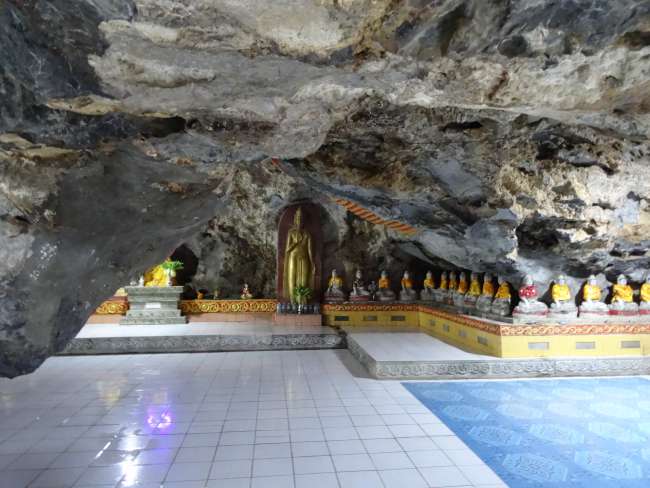
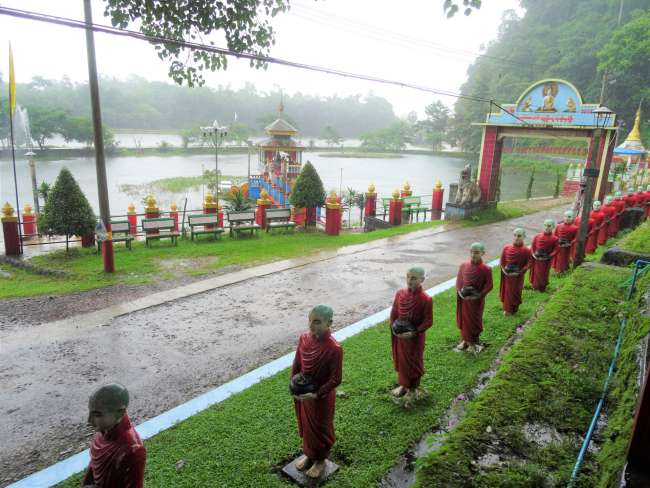
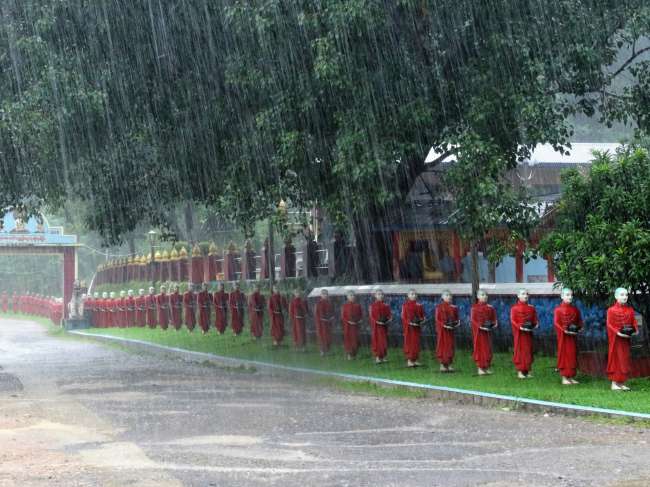
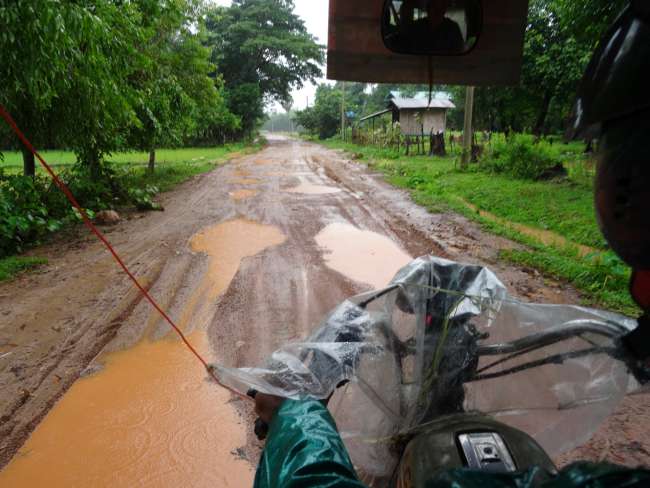
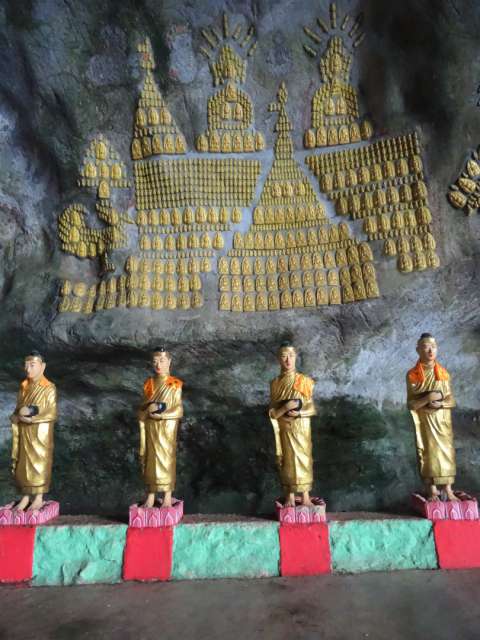
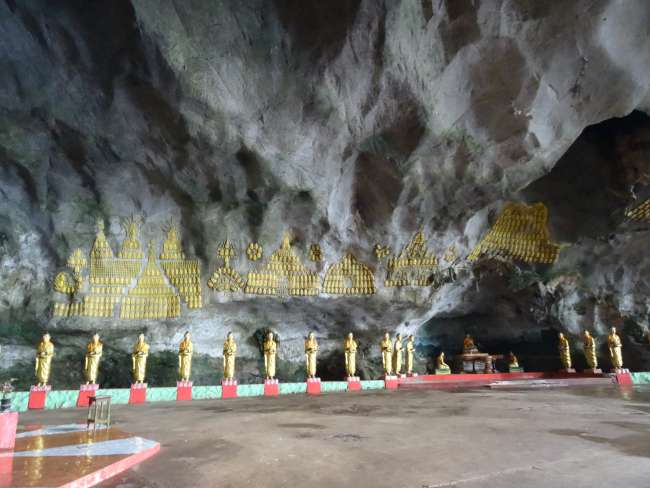
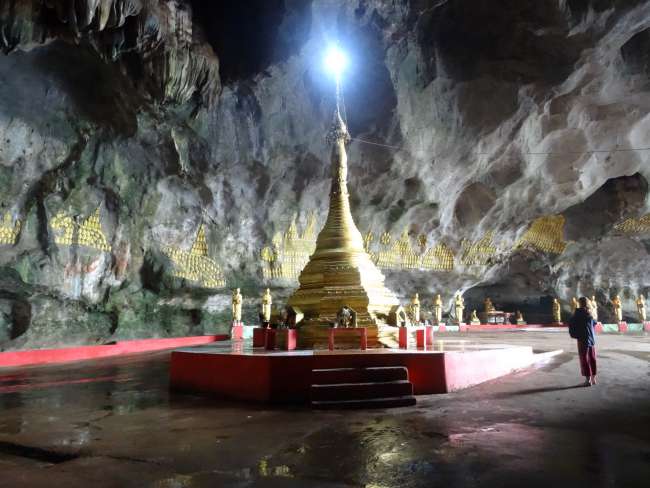
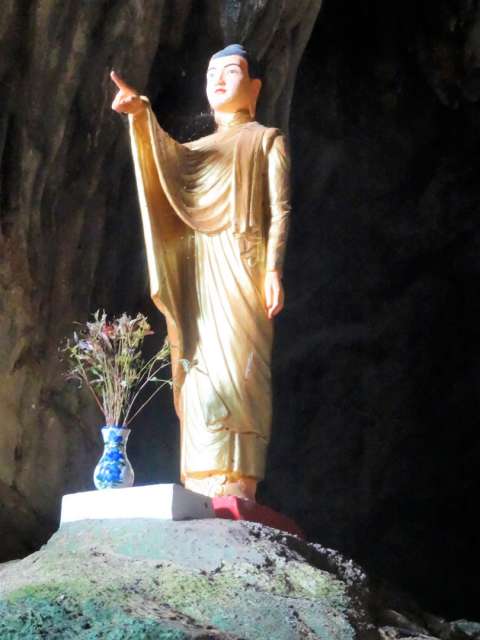
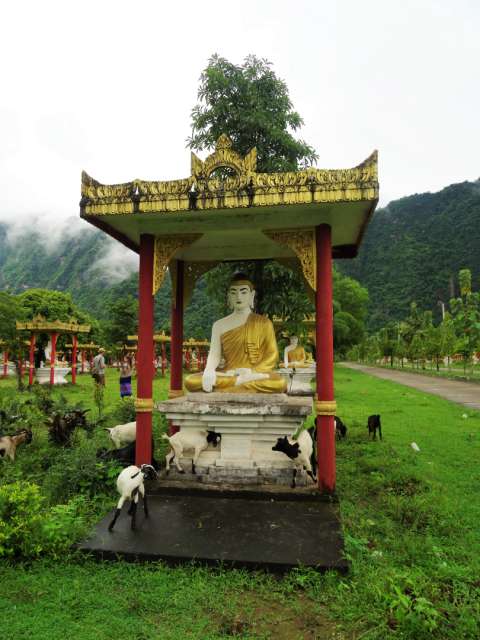
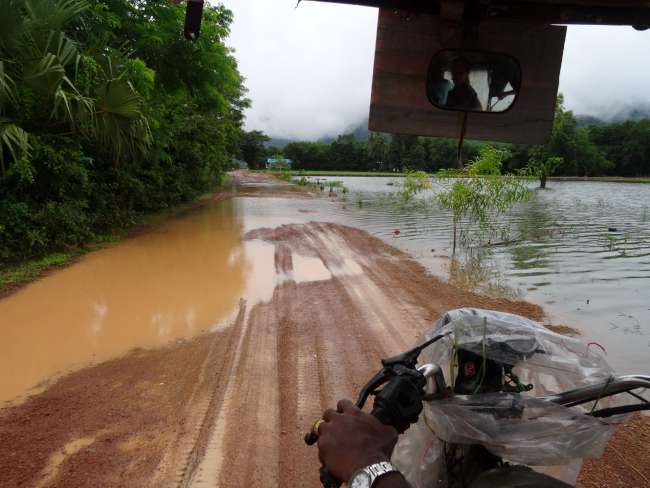
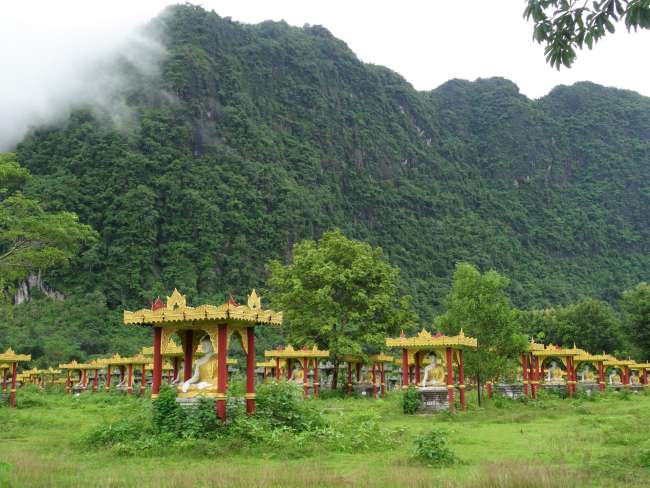
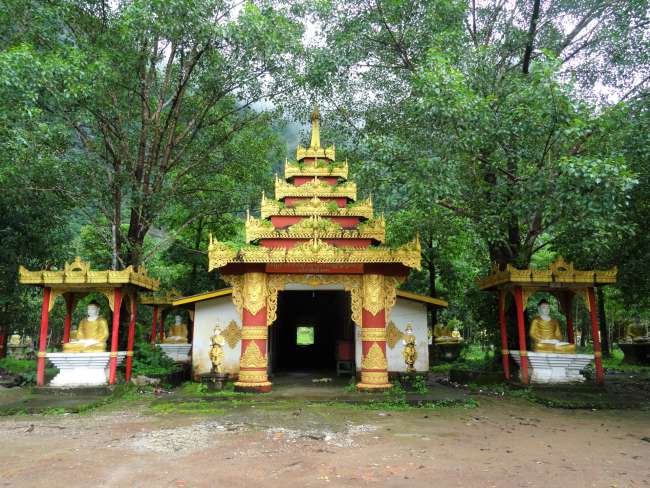
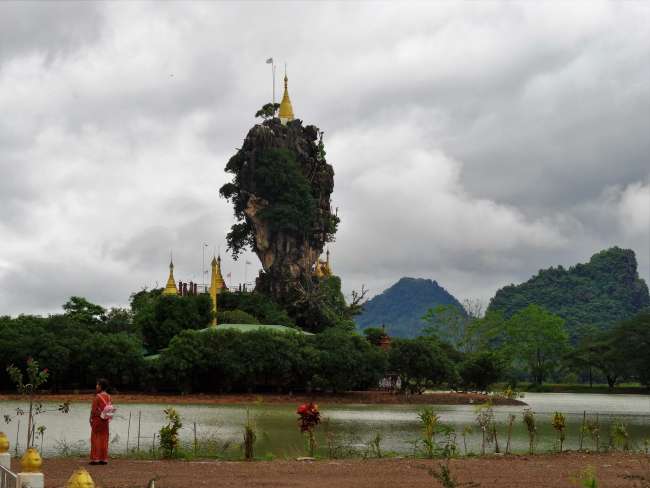
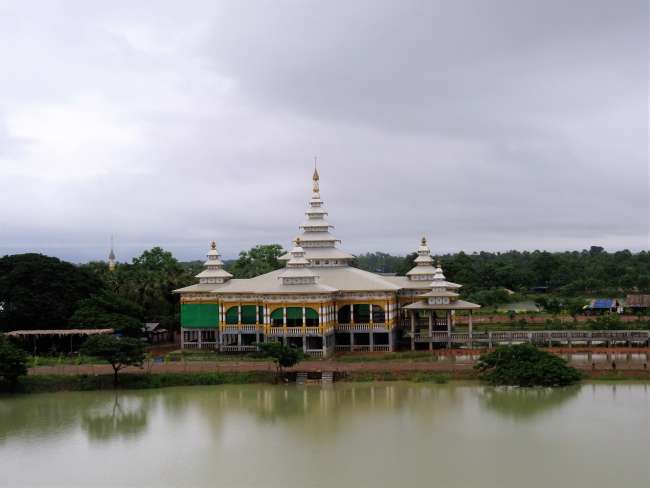
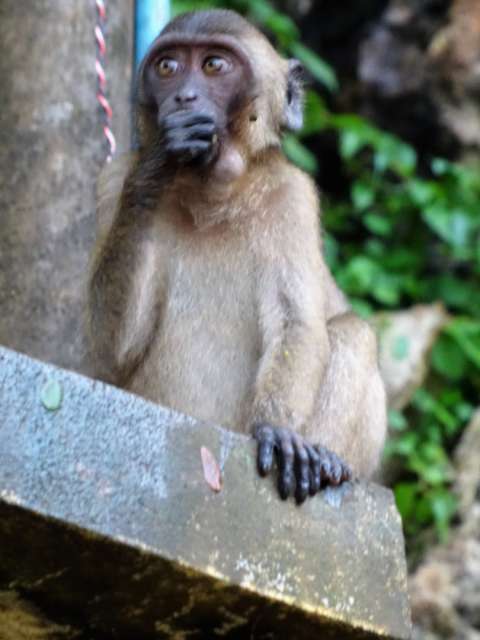
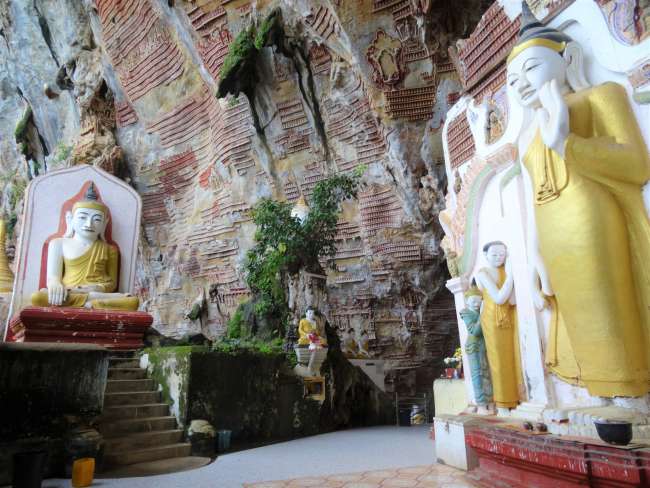
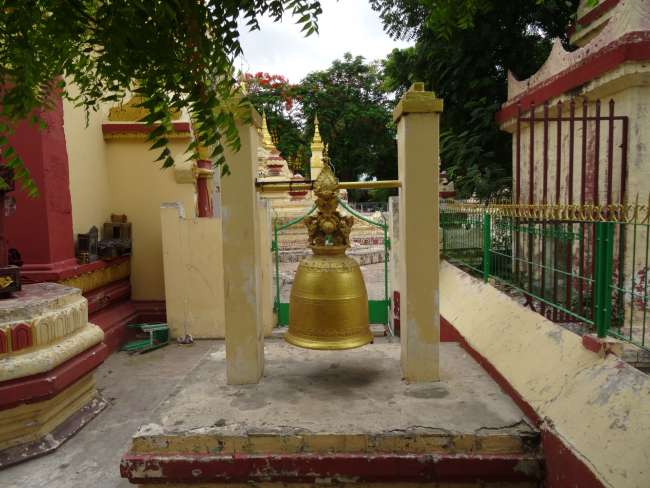
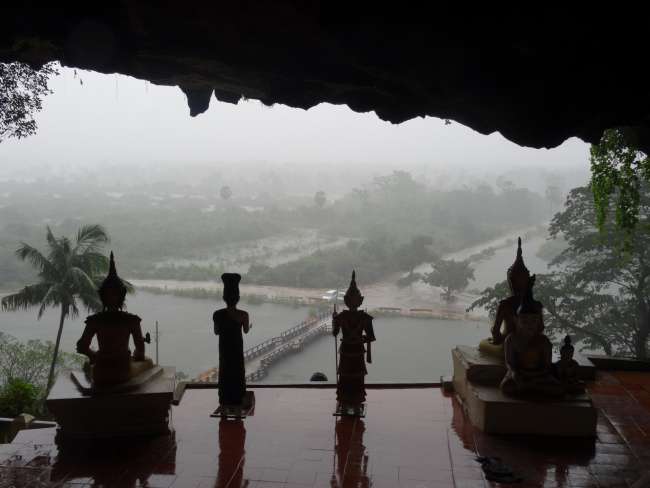
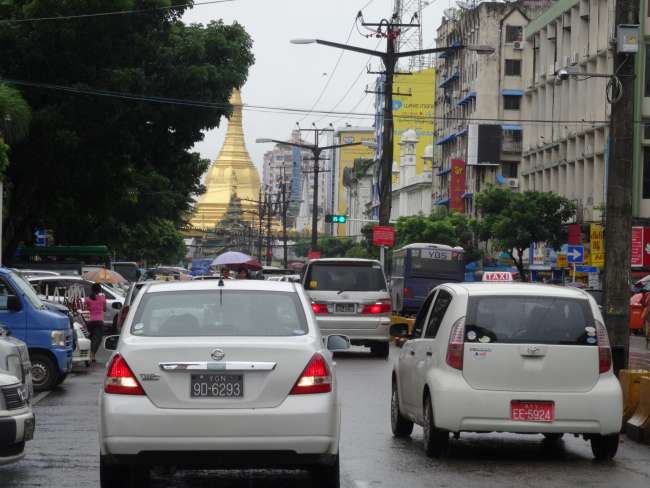
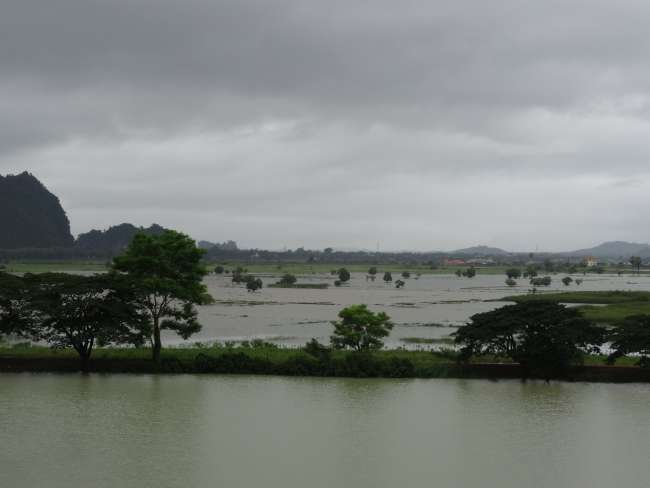
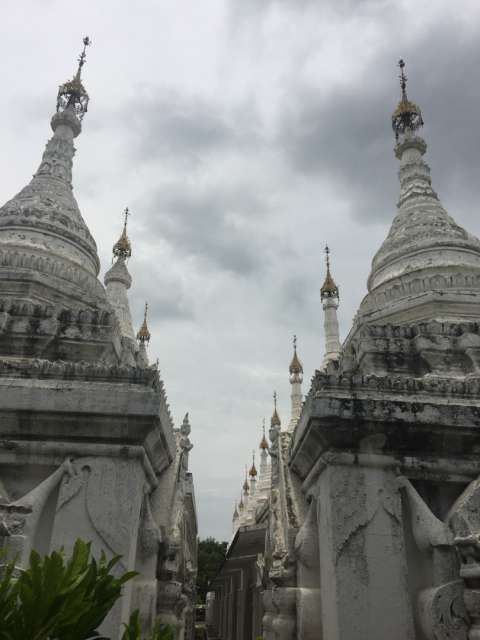
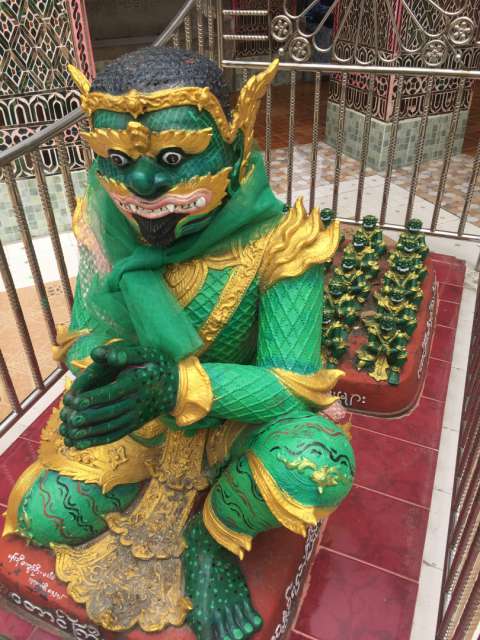
Haberlere kayıt ol
MANDALAY
Here we arrived by plane from Kathmandu via Bangkok, where we spent a night and finally flew to Mandalay the next day. One special thing caught our attention at the airport: men of all ages mostly wear so-called Longyis, 2x1m large hand-woven cotton or wool scarves (women also wear silk), which are wrapped around the waist and knotted at the front. What may sound strange actually looks quite fashionable after the initial surprise.
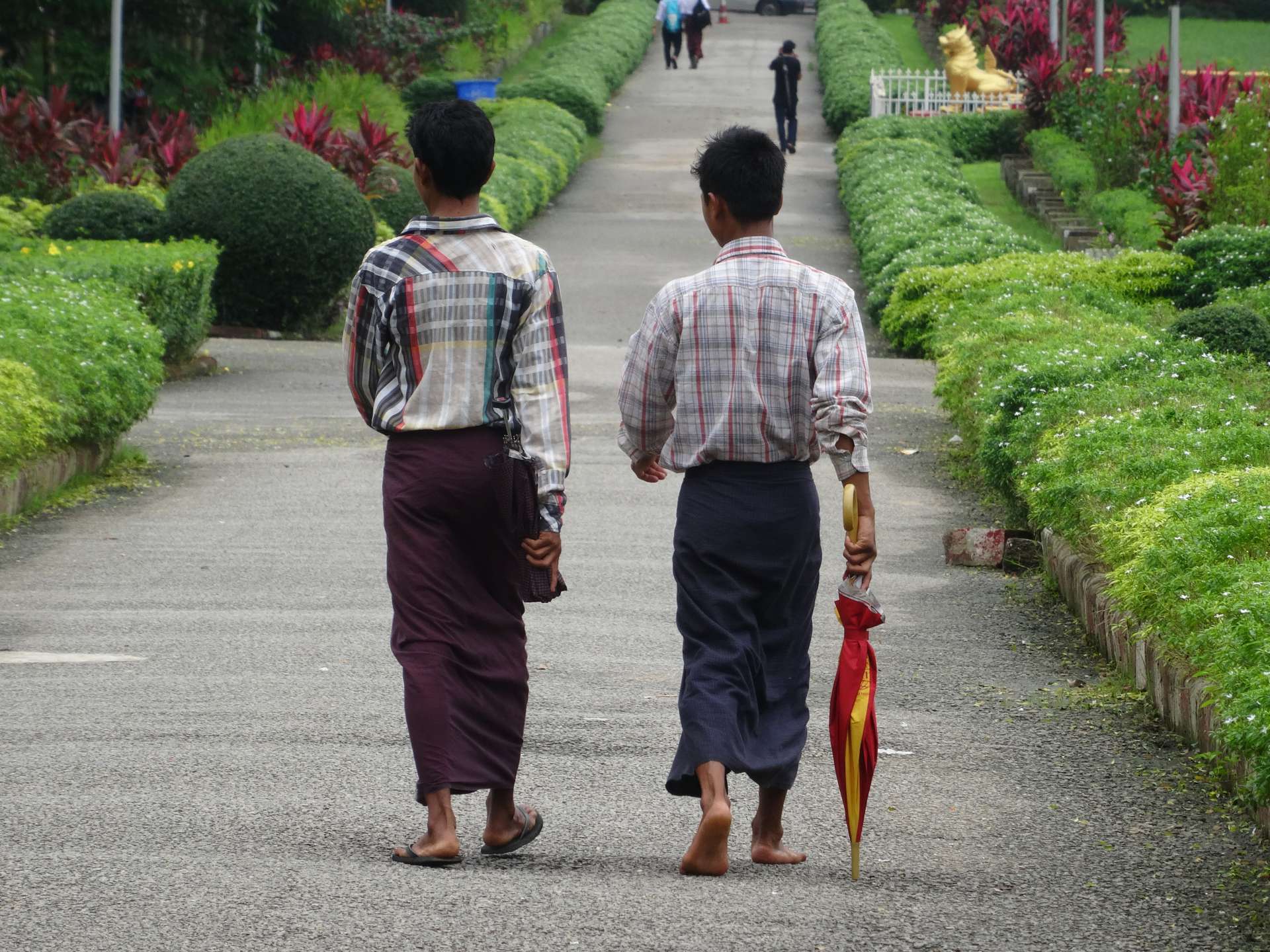
Especially women, but also some men, wear a yellowish-white paste called Tanaka on their faces. It is made from finely grated tree bark mixed with water. It is said to serve as sun protection as well as cooling. It seems to work, because even older ladies have beautiful skin and hardly any wrinkles in their friendly faces.
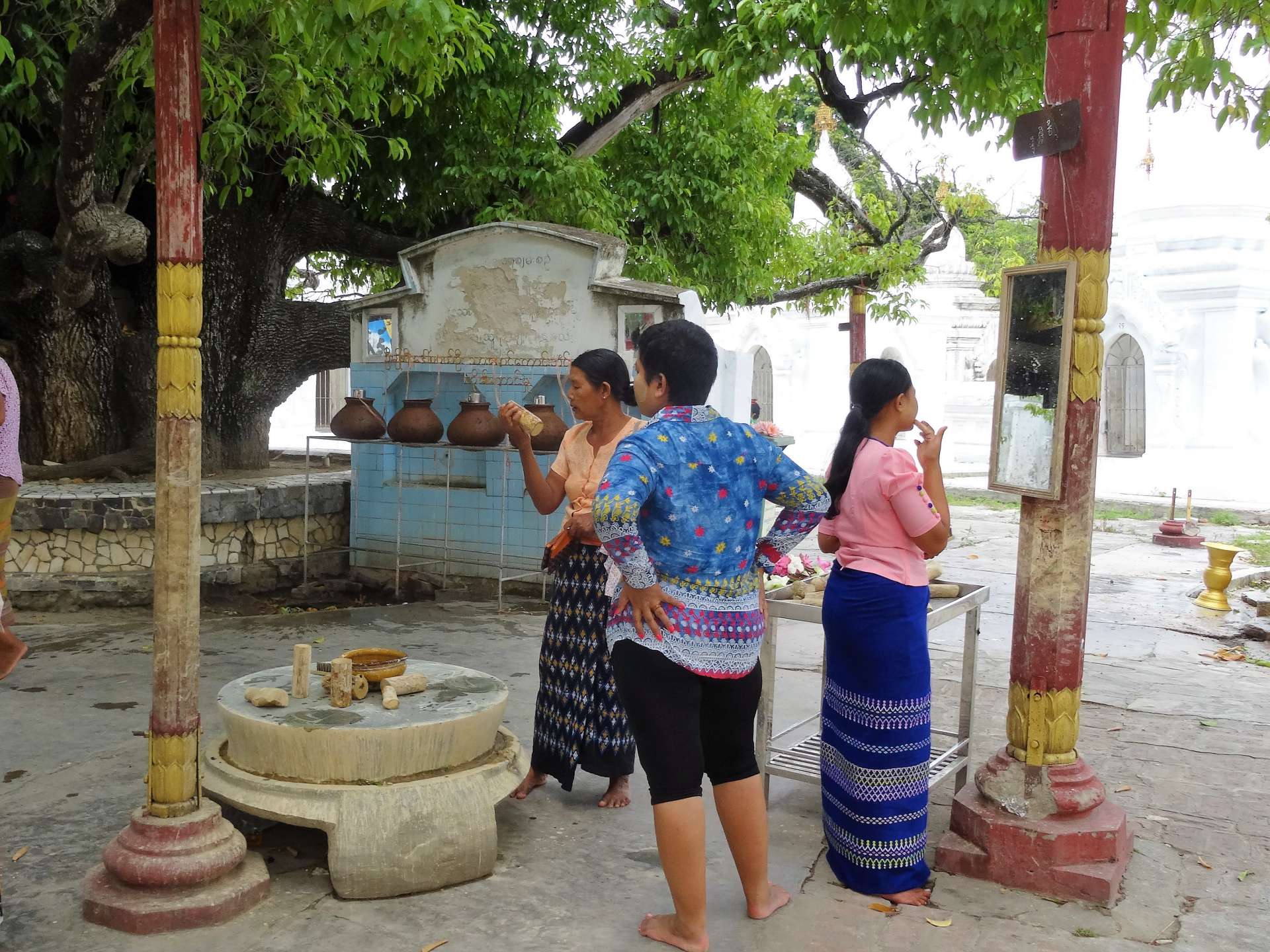
The bark is crushed into powder on the stone on the left and mixed with water to make Tanaka paste
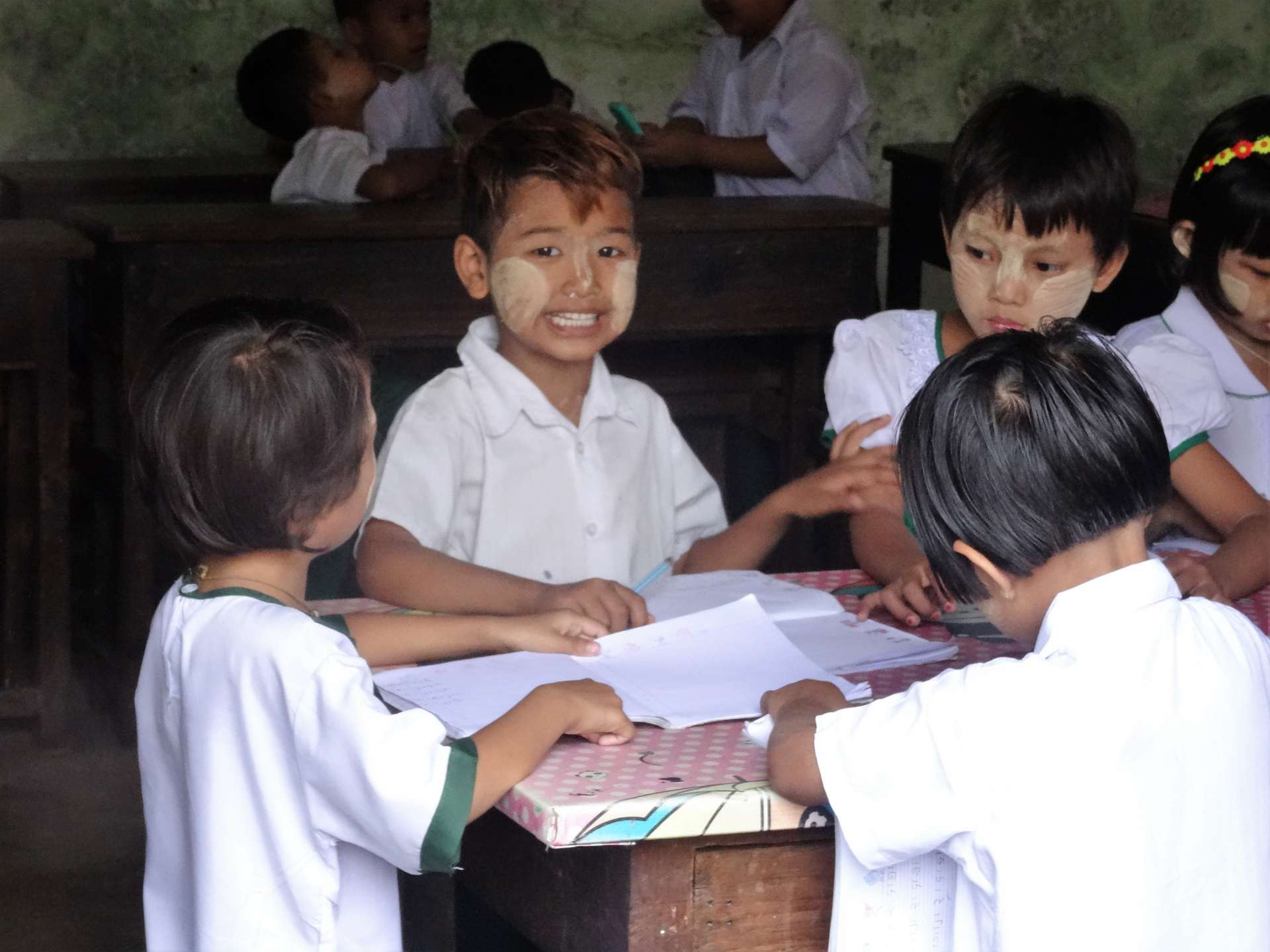
Even children wear Tanaka...skin care starts very early here;)
One special thing we noticed while sitting in a taxi was that, except for buses, cars are consistently right-hand drive here despite right-hand traffic! But that doesn't seem to be a problem, as drivers have a rather slow, cautious, and considerate driving style.
There are red stains everywhere on the streets. These are from the betel nut, which is chewed mainly by men, wrapped in betel leaf. It is said to have a similar intoxicating effect as alcohol, stains teeth and gums deep red, and because it stimulates saliva flow, it gets rid of the somewhat unappetizing red slurry.
We visited various temples, many of them very impressive. For example, in the Kuthodaw Pagoda, you can find the largest book in the world. The stone book consists of 729 tablets inscribed on both sides, each one protected in a small stupa and containing the teachings of Buddha.



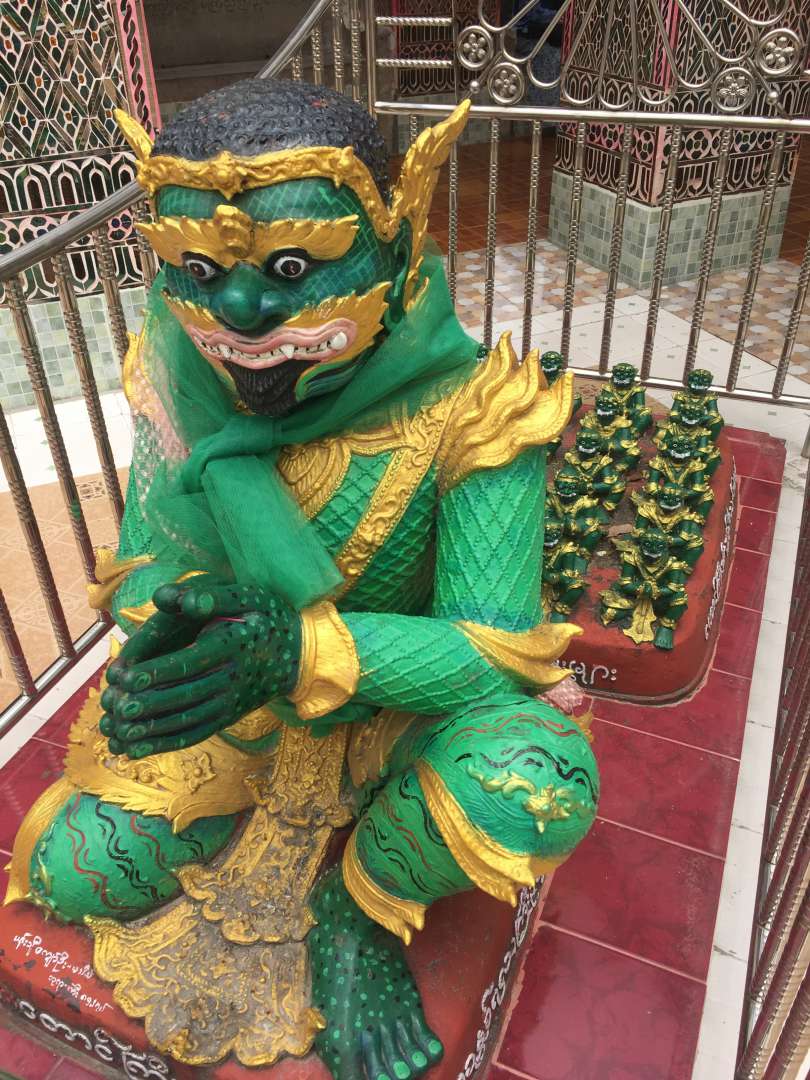
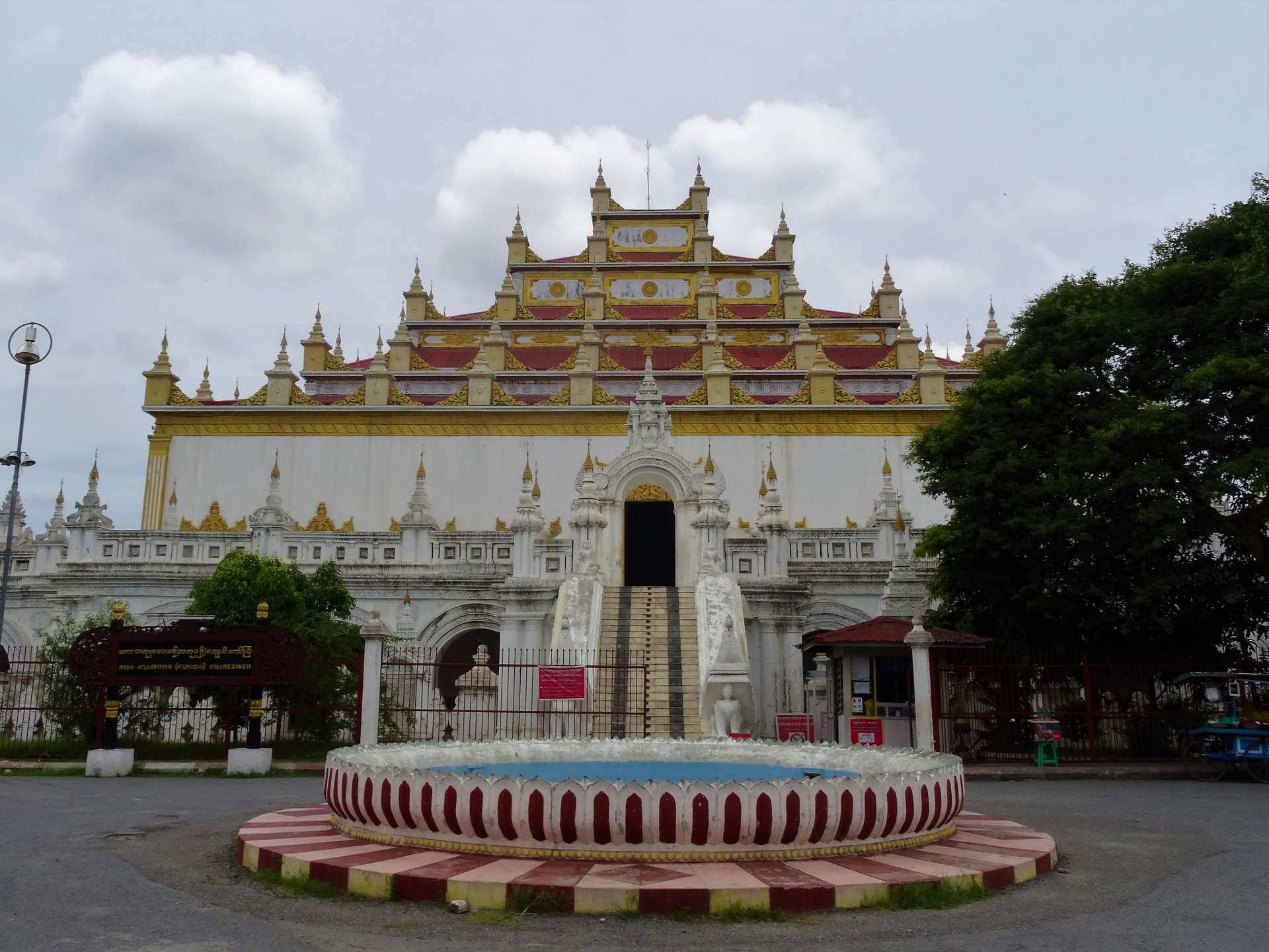

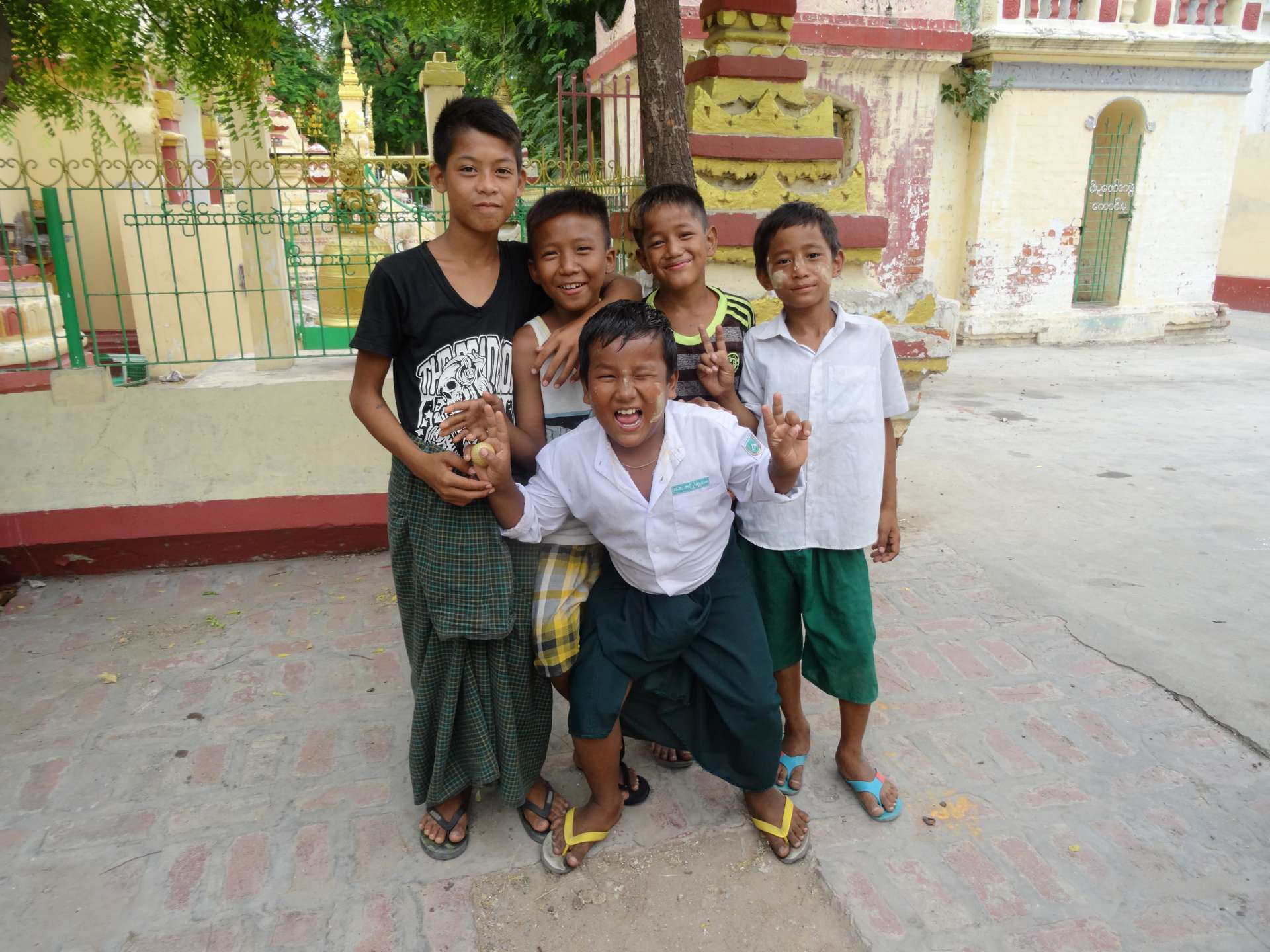
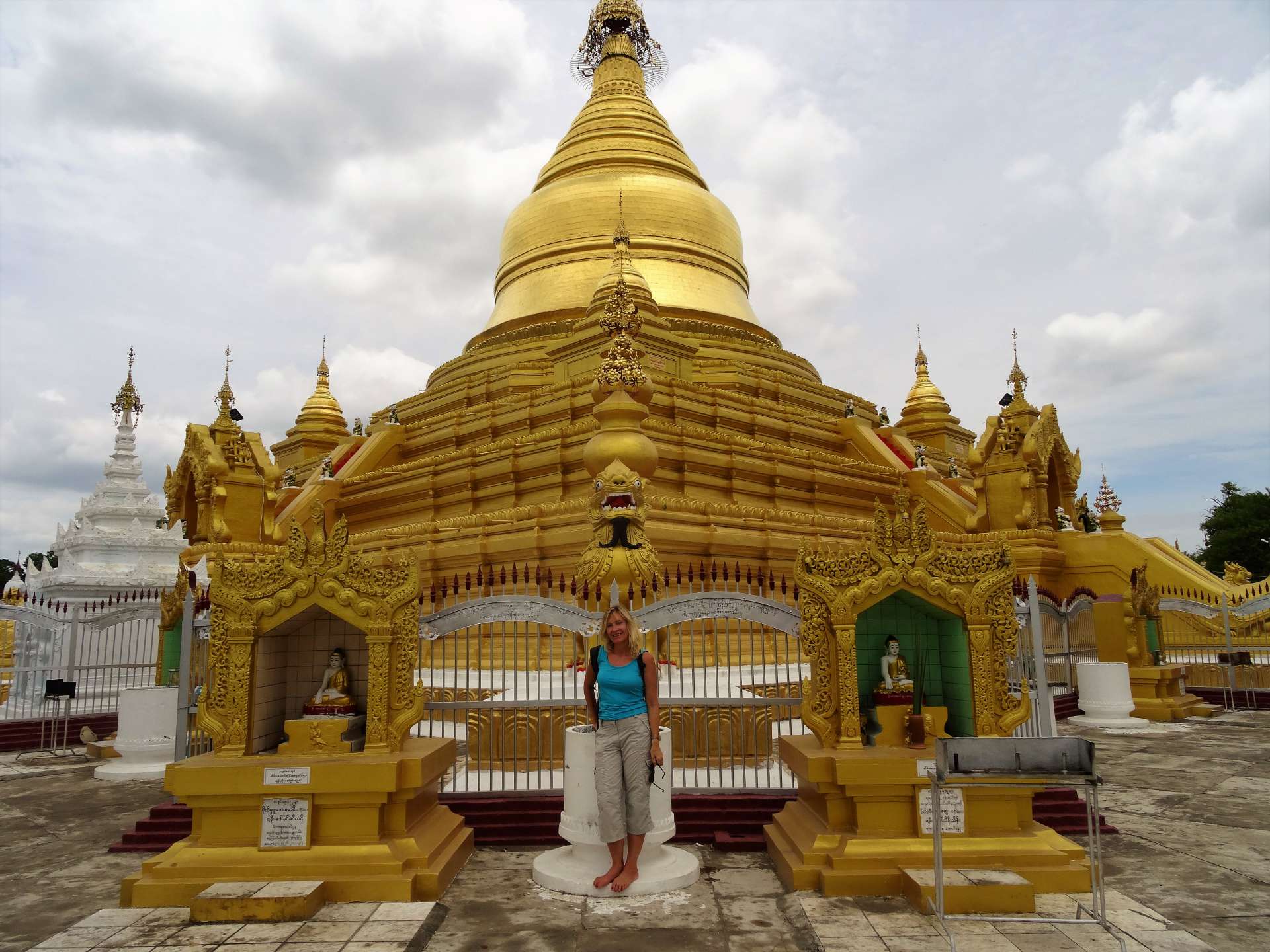

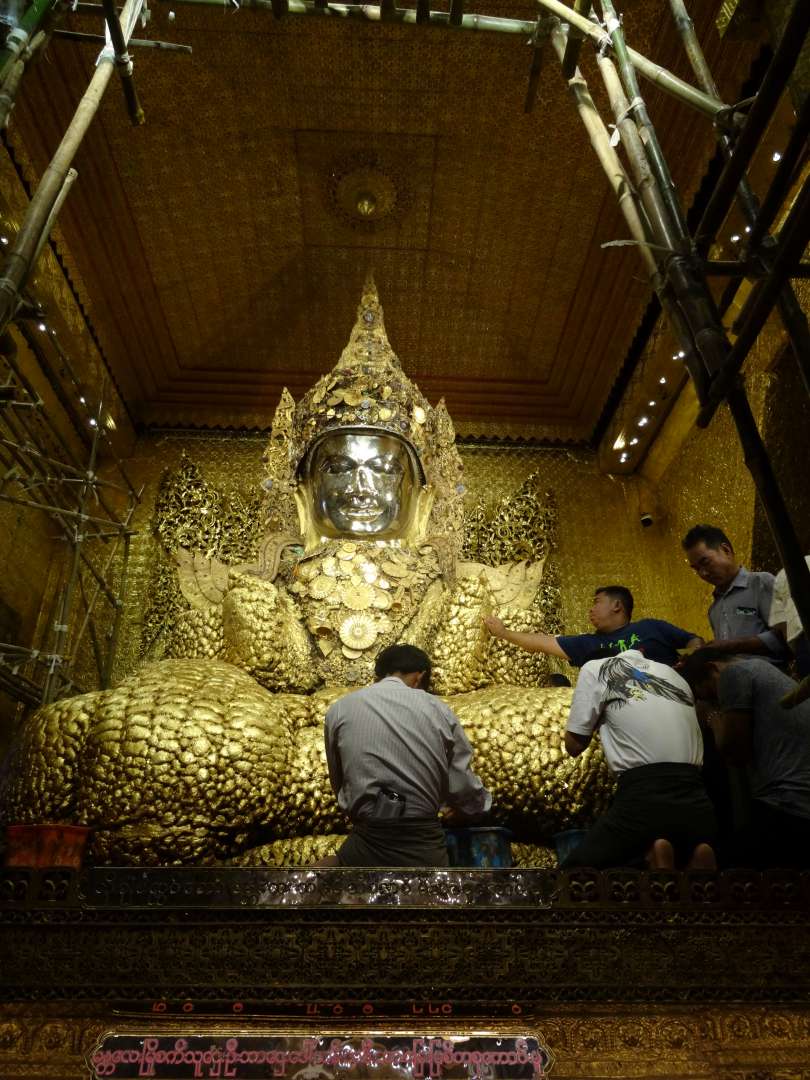
For that, he was then allowed to access this Buddha, who is said to have the original features of Buddha - unfortunately, only men are allowed to enter;(
Despite not ideal weather conditions, we had a fairly nice view of the city from Mandalay Hill.


BAGAN
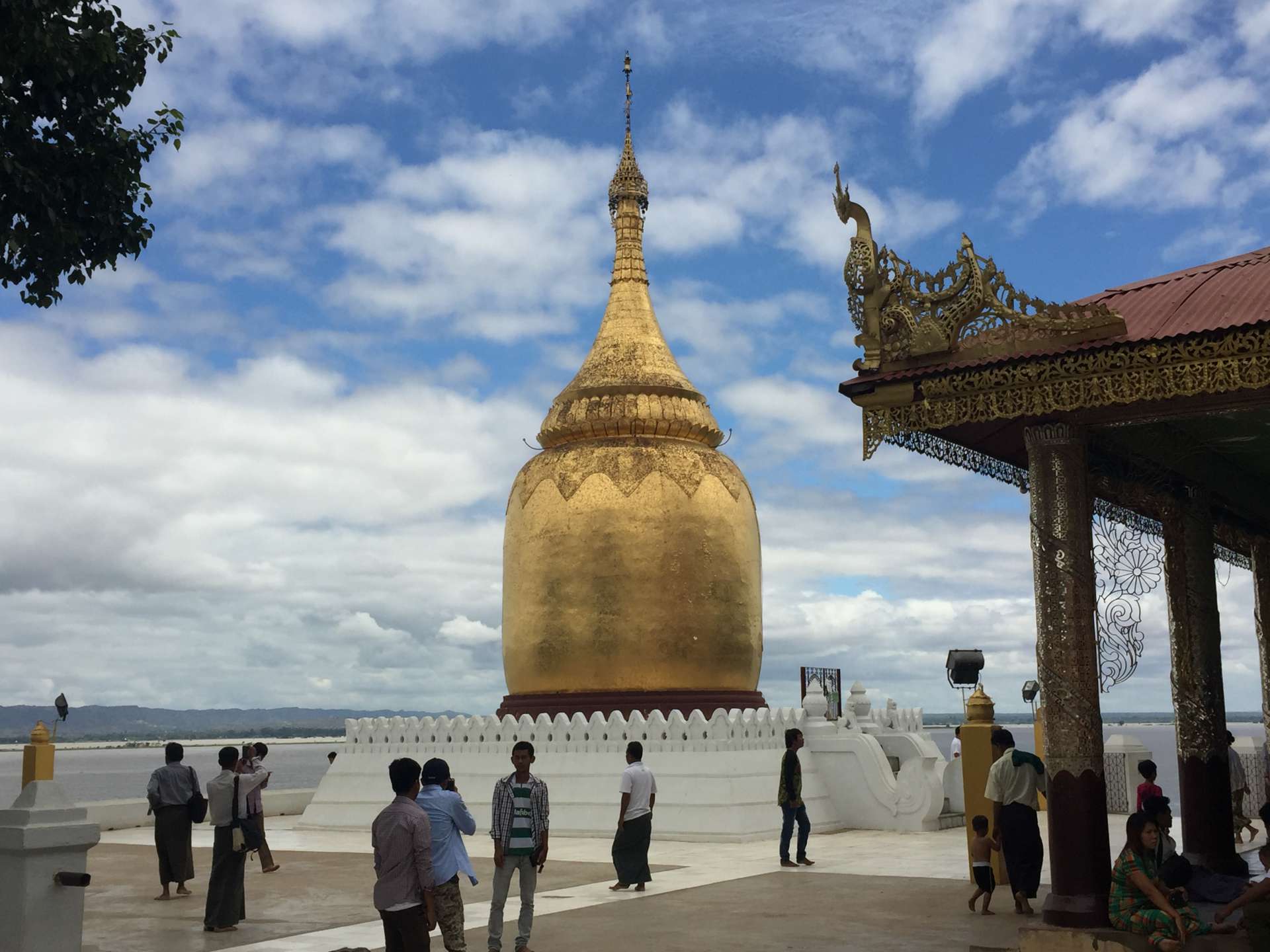
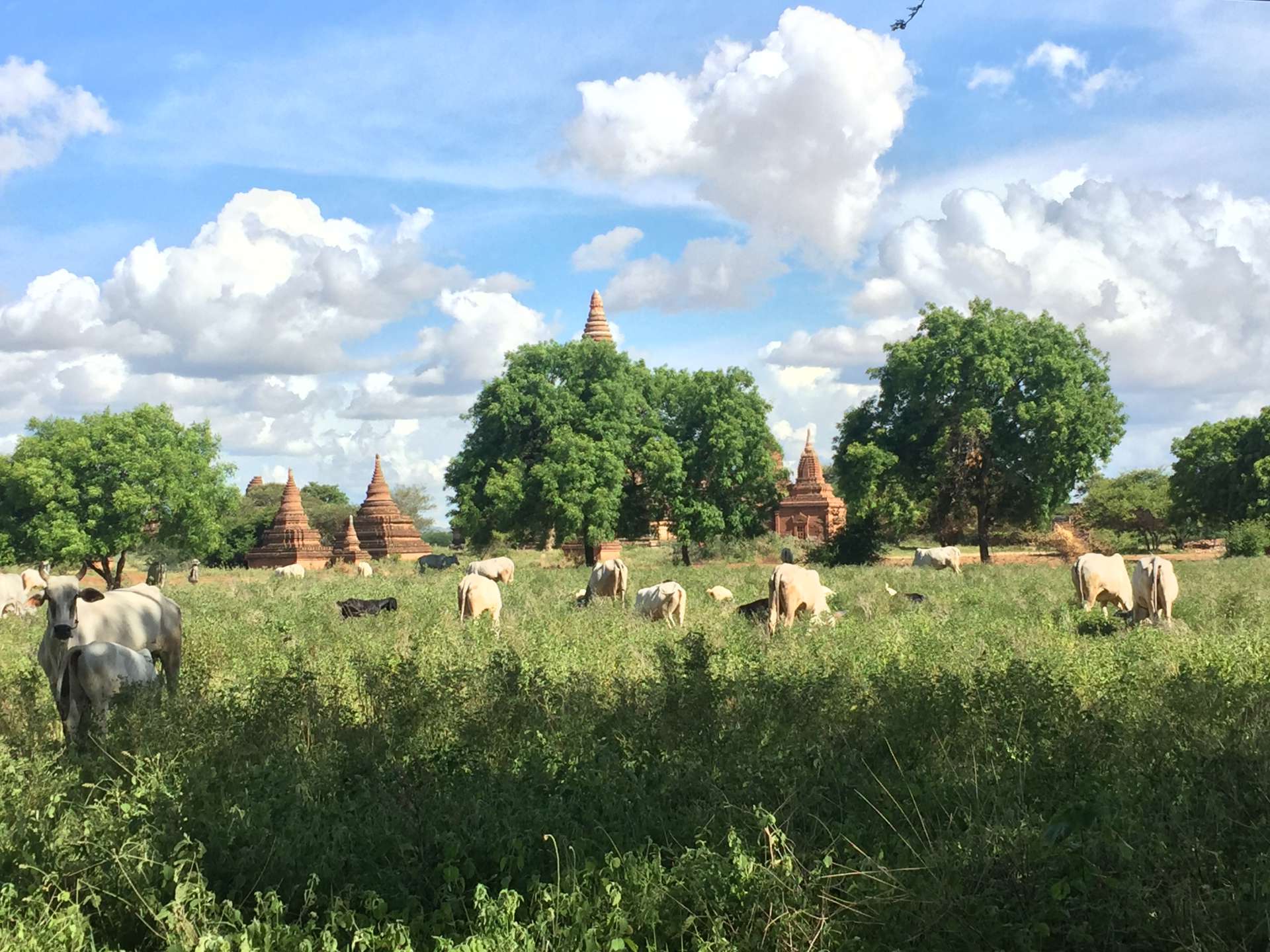
As the temple complexes are scattered over an area of about 35km2 in a steppe-like area and the city is very extensive, we rented an electric scooter and explored the area. Fortunately, we were lucky with the weather, because unlike the other days, it stayed dry and we even had a little sun at times.
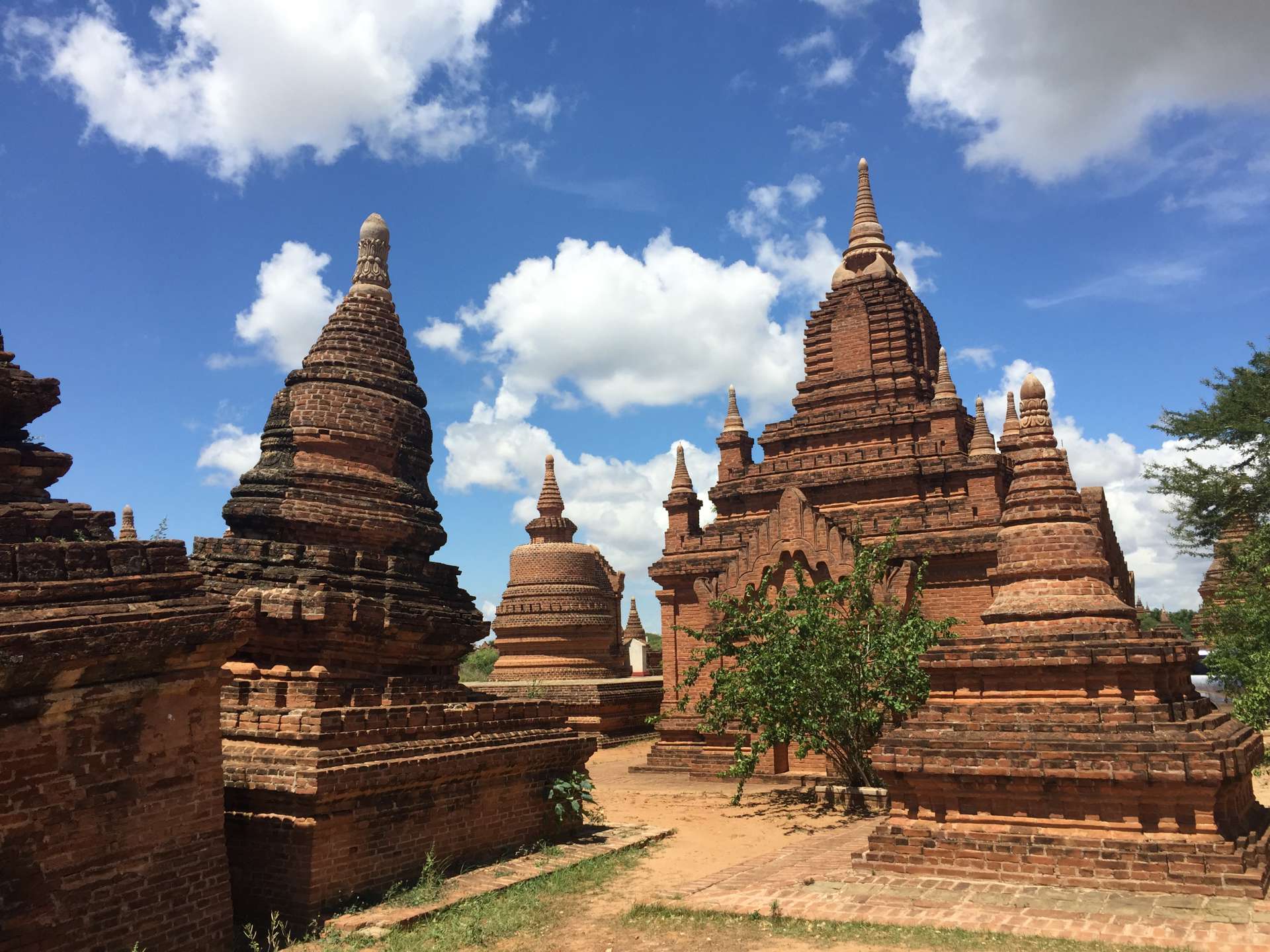
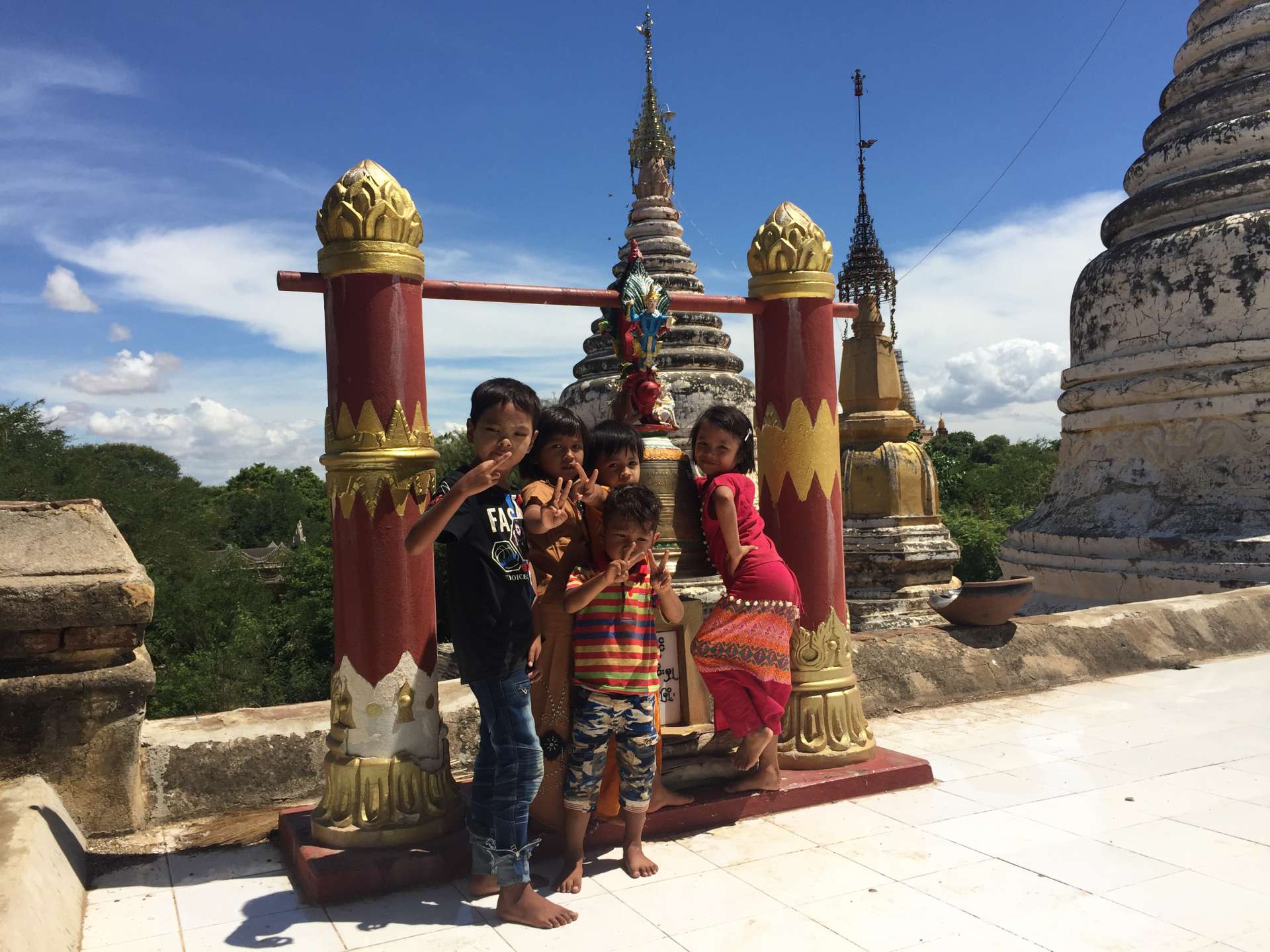
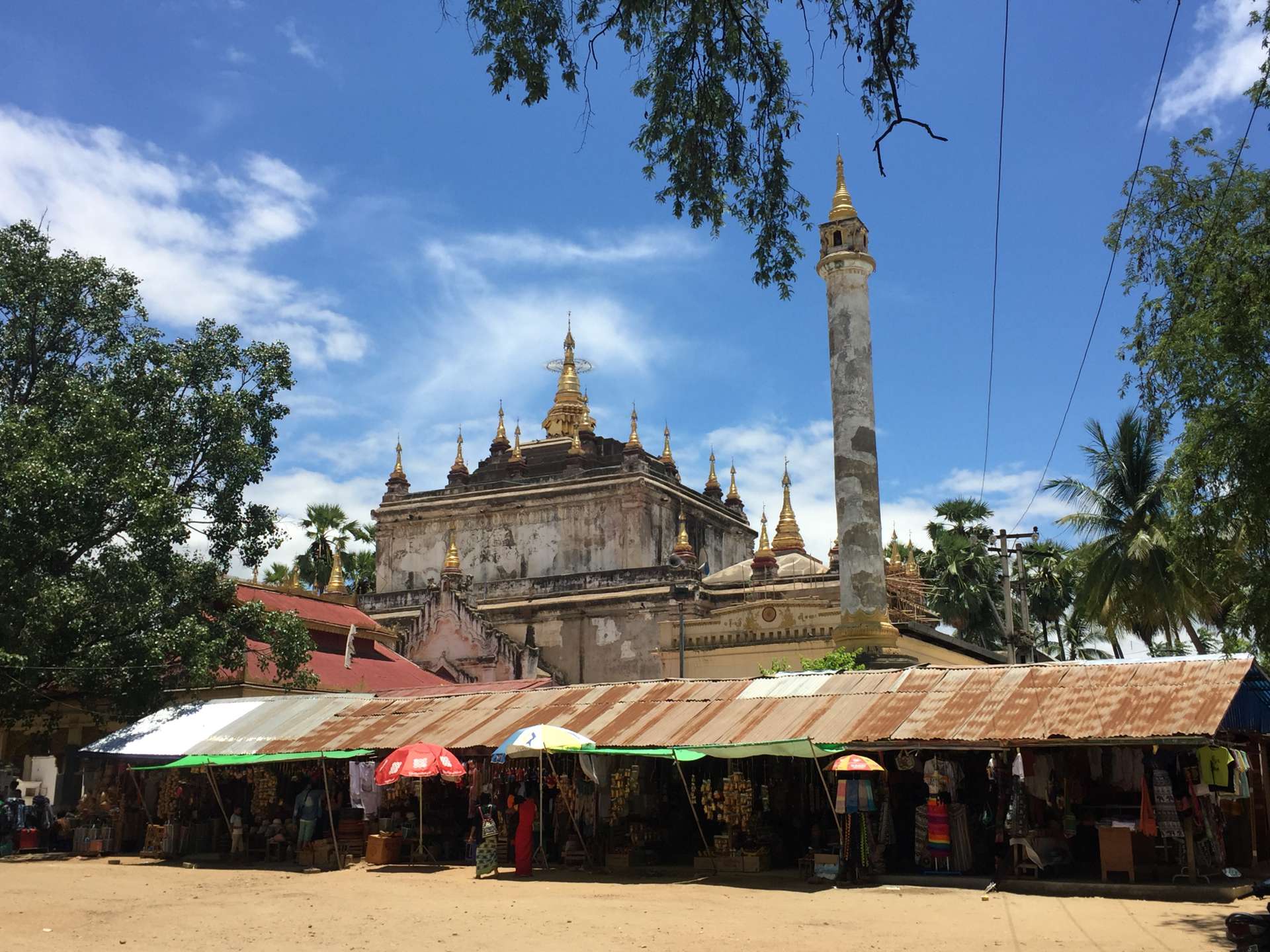

Due to the extensive rainfall typical for the season, the Ayeyarwady River had already overflowed and turned some streets into small rivers that could only be crossed by boat. But since this happens regularly, they have made the necessary preparations here.
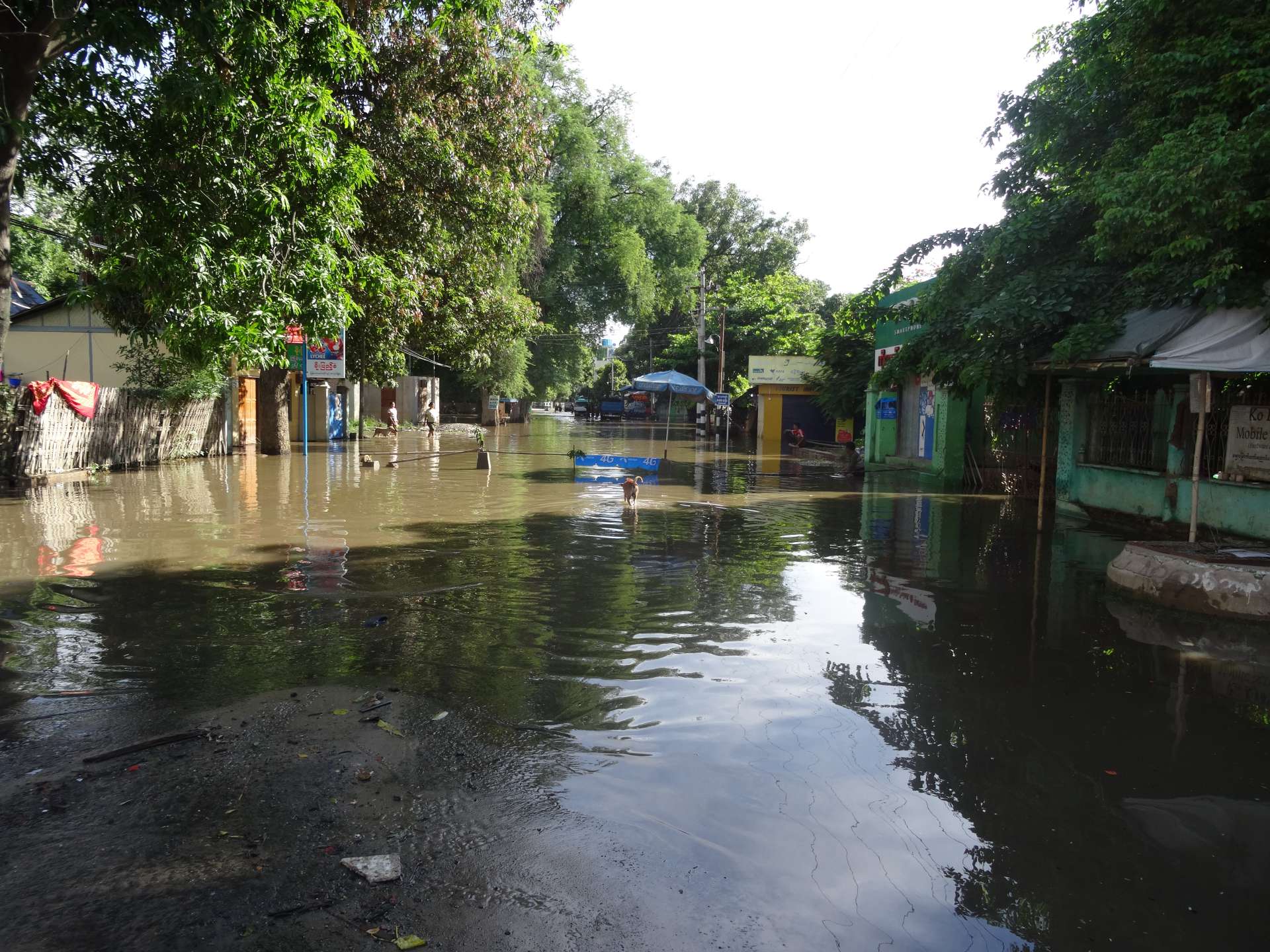


As is typical in other Asian countries, the maximum number of passengers allowed is not strictly enforced😉...
INLE LAKE

We also spent several days in the Inle Lake nature reserve. The people here have developed their own techniques for fishing. The skilled men balance on one end of the narrow boat and steer the rudder with one leg, in order to have their hands free to pull in the nets and traps.
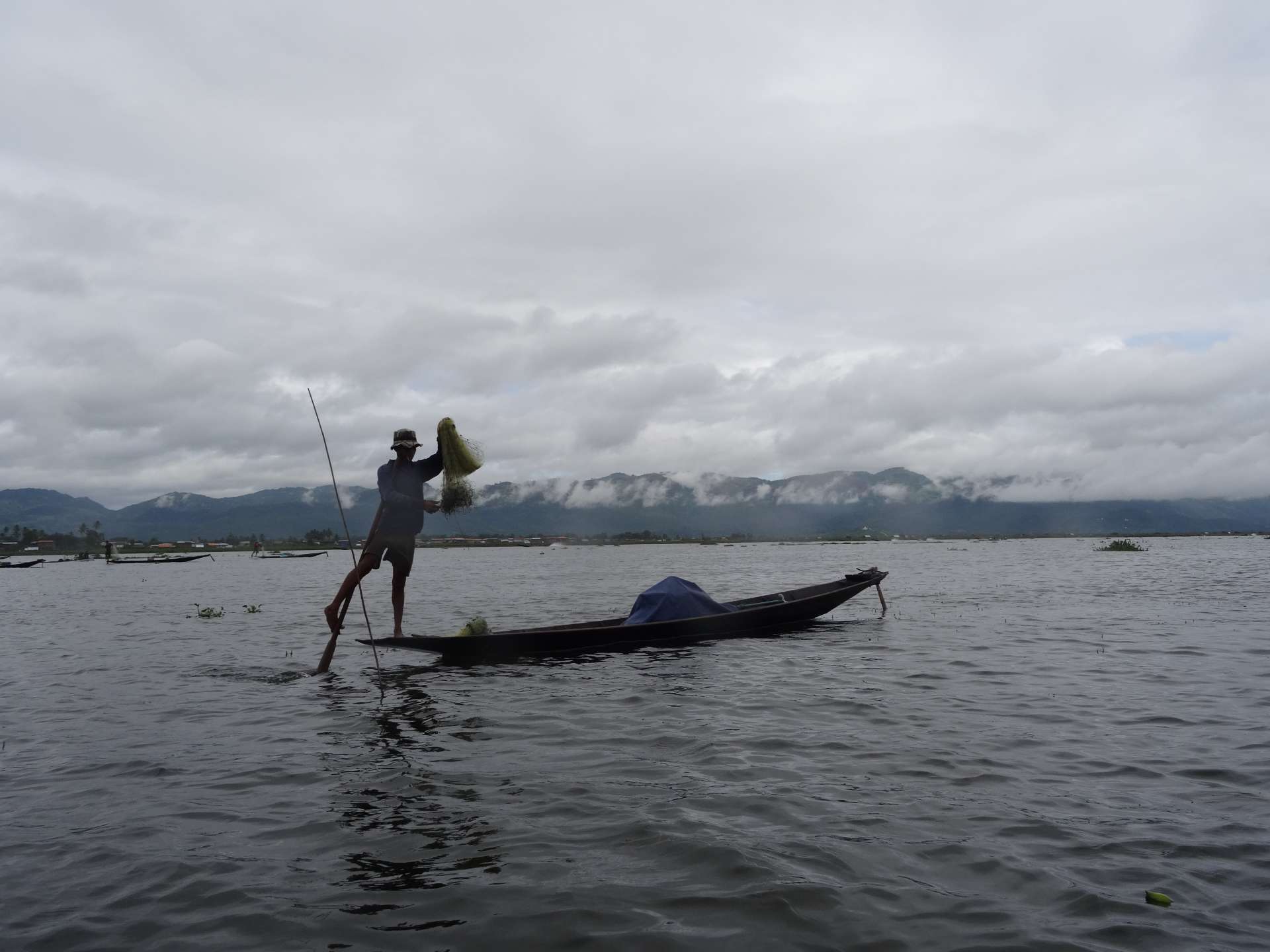

But because the lake seems to be overfished slowly, many fishermen are turning to agriculture - on the lake! Floating gardens have long been established on the lake. First, grass and silt are stacked on top of each other repeatedly, creating a bed that is ready to grow delicious tomatoes after about 2 years, which can then be harvested twice a year.

The silt is currently being brought up from the lake bottom for the beds
Since a lot of fertilizer and pesticides are now used, which has fatal consequences for the ecological system, individual fish species have already disappeared. In earlier times, the lake water had even been used as drinking water
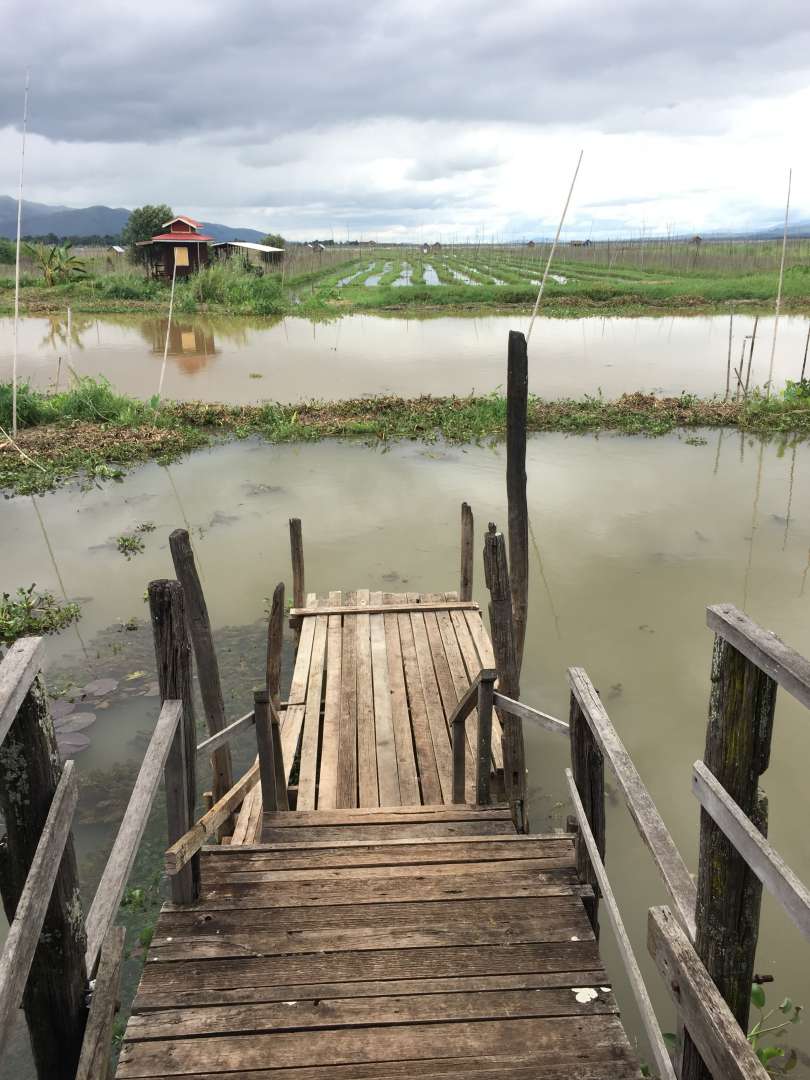
Due to the lack of or insufficient waste management and a lack of environmental awareness, unfortunately, a lot also ends up in the lake. There are some projects to achieve concrete improvements, mostly initiated by individuals and hotel owners. The Inthas (which is what the residents of Inle Lake call themselves) are increasingly aware of the importance of responsible treatment of nature, because in recent years, tourism has proven to be an important source of income for the entire region. No wonder, because the people here are very friendly and the country has a lot to offer!
Unfortunately, it rained almost continuously during our stay, but thanks to appropriate rain gear, we were still able to take a boat tour on the lake with a private guide. I love boat trips - even in the rain!

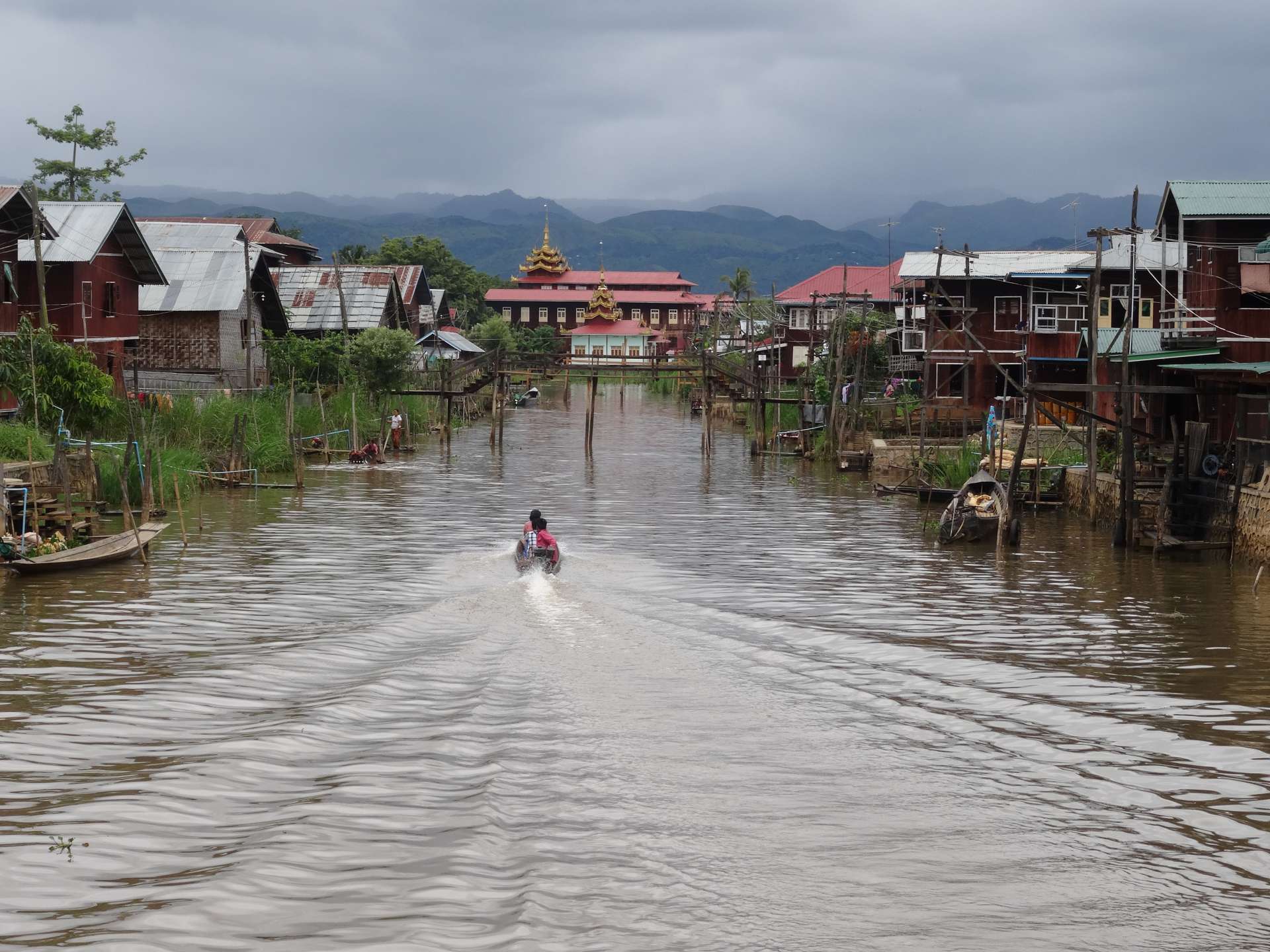
Eventually, it briefly stopped raining and we were able to see more. As is customary on such a boat tour, we visited some interesting places that are typical of Inle Lake. In addition to tomatoes and other vegetables, beautiful lotus flowers grow here, which are considered sacred.
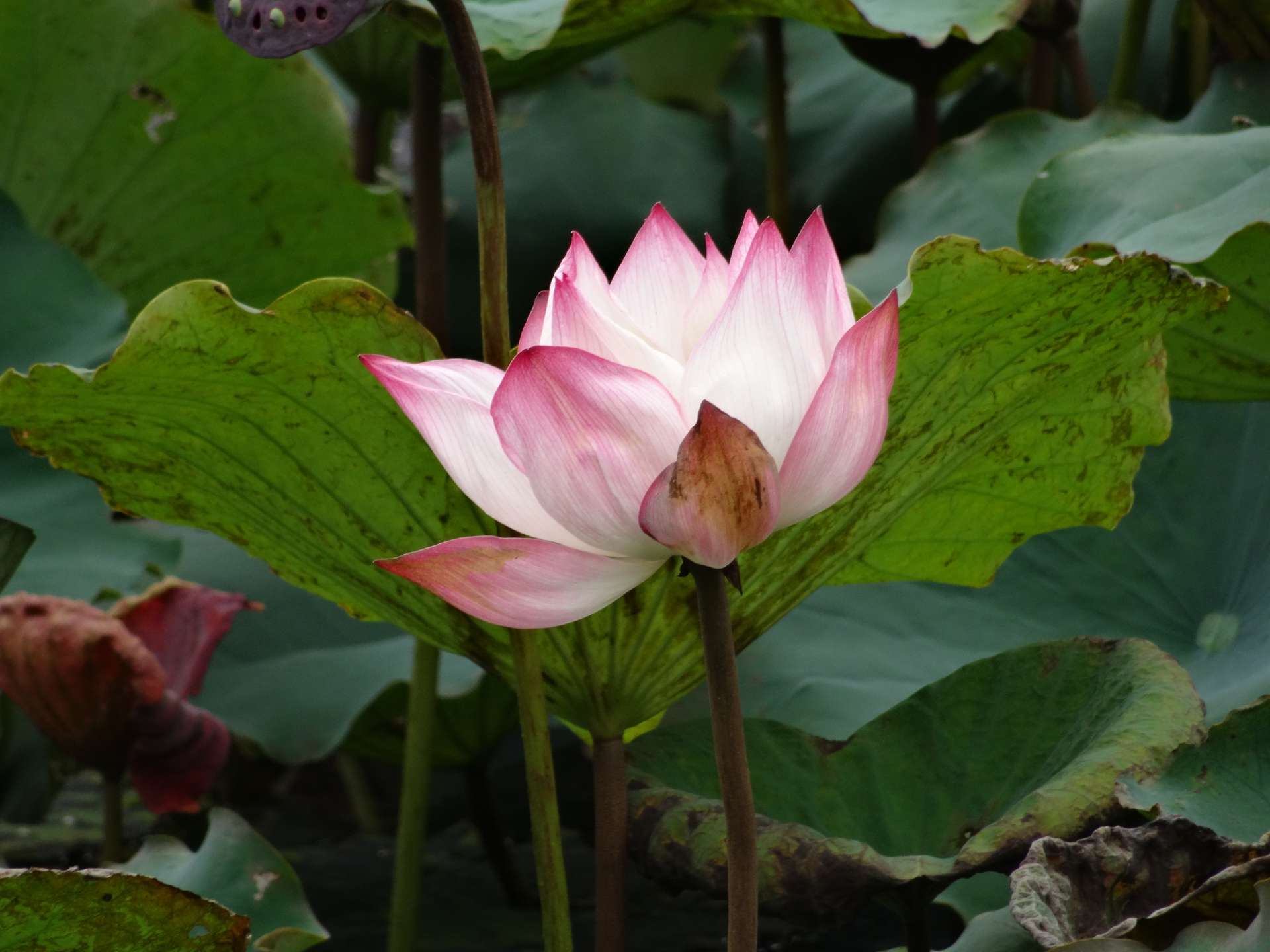
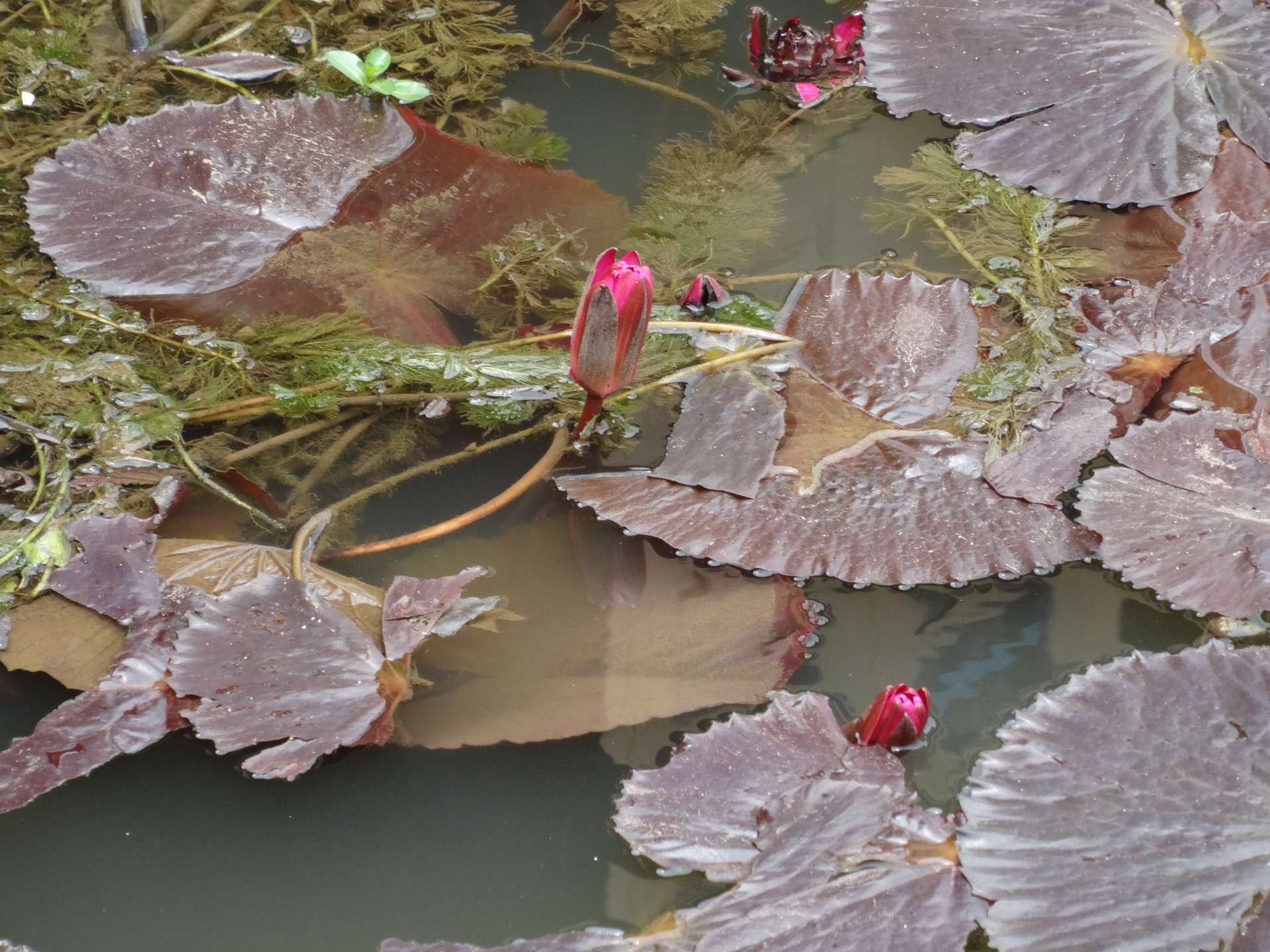
The lotus fibers are extracted from their stems and spun into threads. This is how lotus silk is produced in special lotus weavers, which is also considered sacred and is very, very expensive. These fabrics are reserved for monks and also serve as the highest offering to the deeply faithful Buddhist locals. This seems to have also spread abroad, as an Italian luxury brand has already placed a major order for the fabric produced exclusively in Myanmar, as it is very breathable, cools in summer and warms in cold weather.

In the lotus weaving workshop, the individual steps of the process were demonstrated to us, and then we had the opportunity to convince ourselves of the incredible selection and quality of the fabrics in the attached store. There are also silk and cotton fabrics available here. I must admit that I would have liked to buy a scarf or two, but since I have already made some purchases in India and Nepal ;), reason prevailed this time - with a heavy heart.
After that, we were taken to a silver jewelry workshop where we could also see a demonstration of the extraction and processing of silver obtained locally.
A visit to the long-necked ladies is of course also part of the must-see in this area. Supposedly, they voluntarily wear brass coils around their necks, as a long neck is considered particularly attractive here.
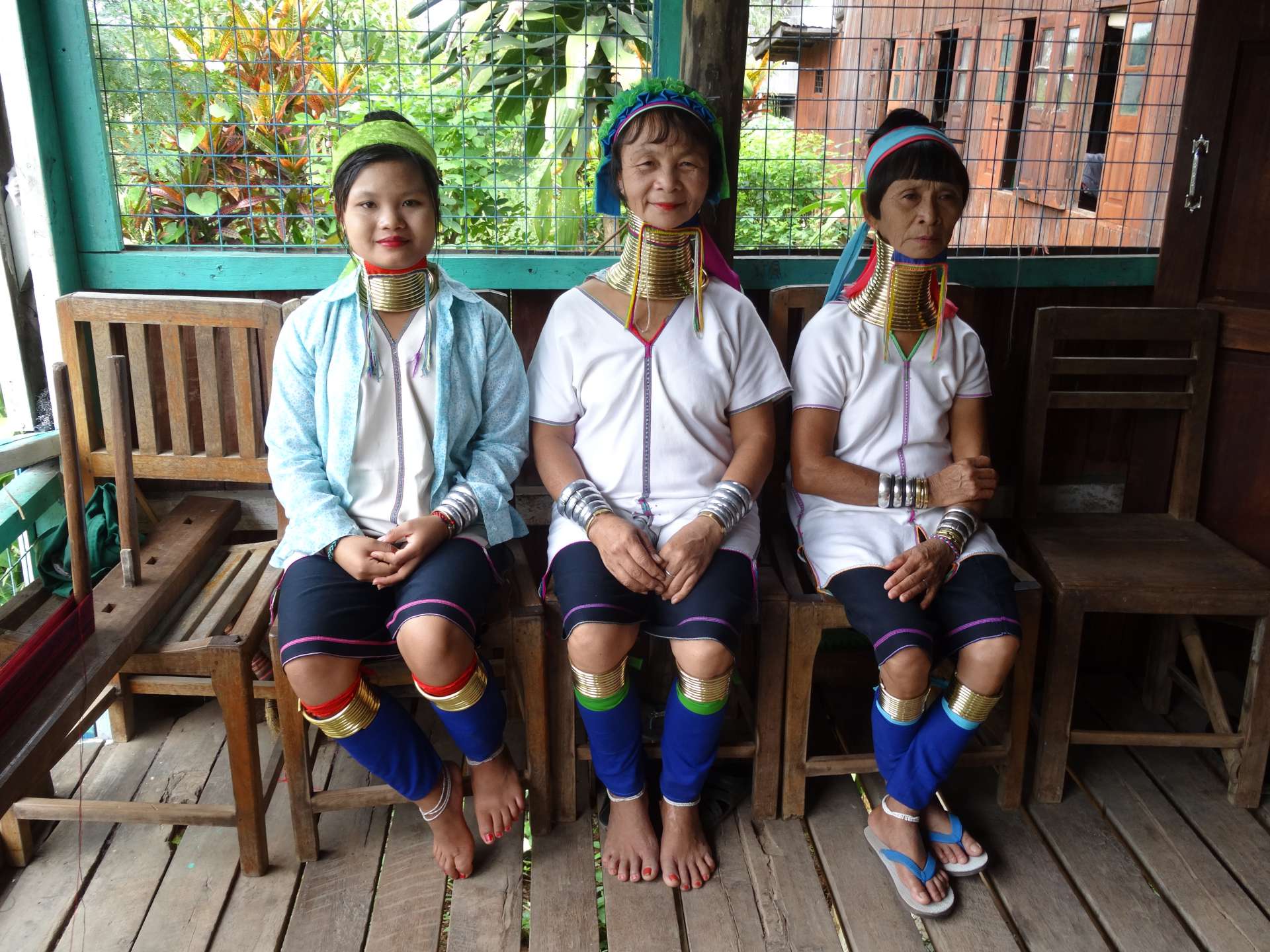
The young girls and women are a dying breed from the Padaung tribe and make a living here by weaving special cloths, but above all from tourism, as they attract people to the area as an 'attraction' for the business. They didn't look particularly happy to me, although they gave me a smile for the photo. The sight really affected me, what people do to themselves to meet a certain beauty ideal! But Peter rightly pointed out that young women in our own society also voluntarily undergo various cosmetic surgeries for the sake of supposed self-optimization. That's true too...
Other stops included a visit to a boat factory and a small workshop that handcrafts the typical filigree, colorful umbrellas, which are more intended for decoration.
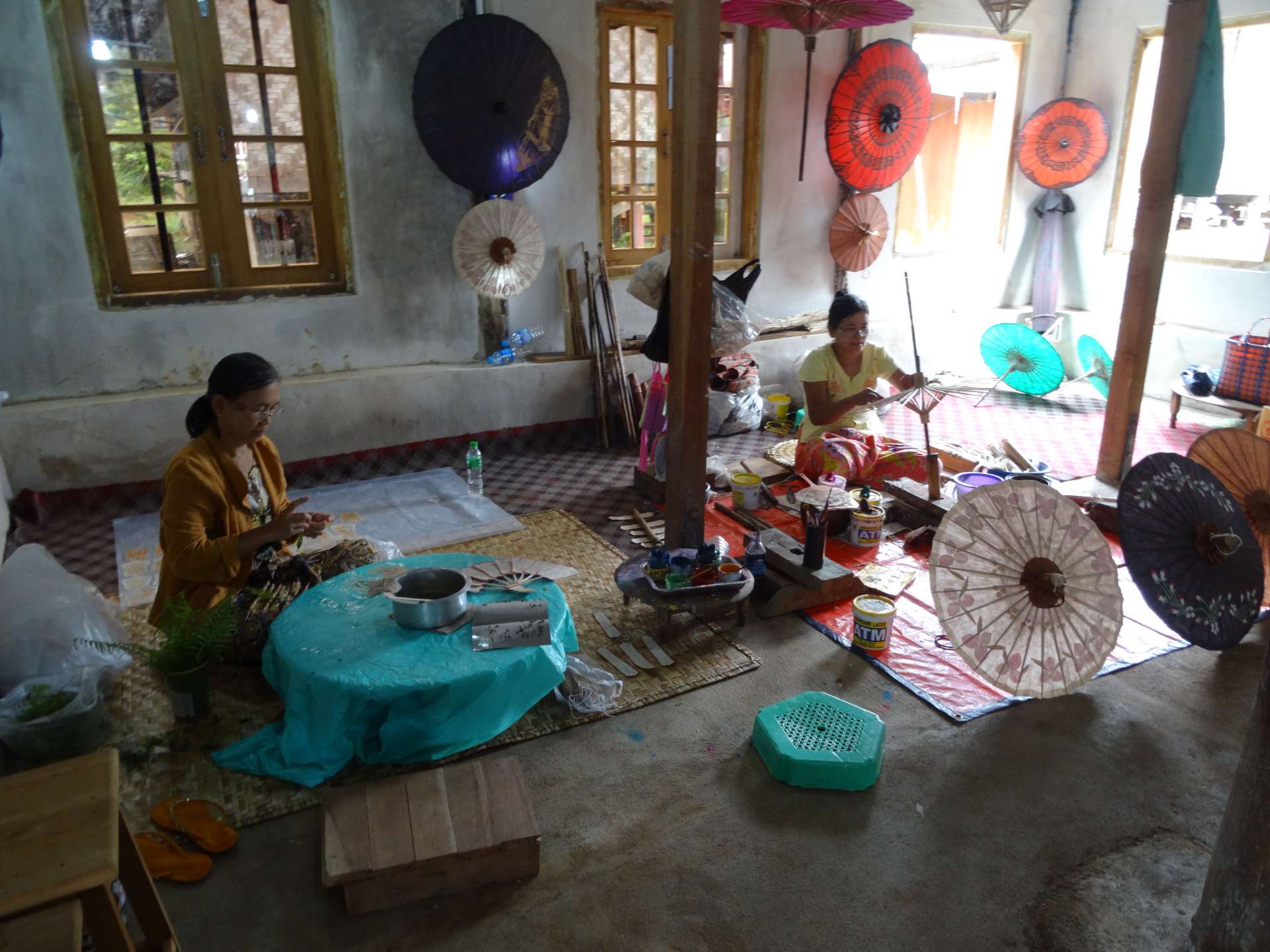

There are also interesting and impressive temples and stupas at Inle Lake. One of the most sacred sites in the region is the Phaung Daw U Pagoda from the 11th century.

We also visited this place by boat. Unfortunately, women are not allowed to enter the innermost area of most pagodas. Men cover golden Buddha statues with thin gold leaf in the hopes of improving their own luck.

The Nga Phe Kyaung Monastery is also very impressive. It was built from teak wood, is located on the lake itself, and has a particularly beautiful collection of Buddha statues.
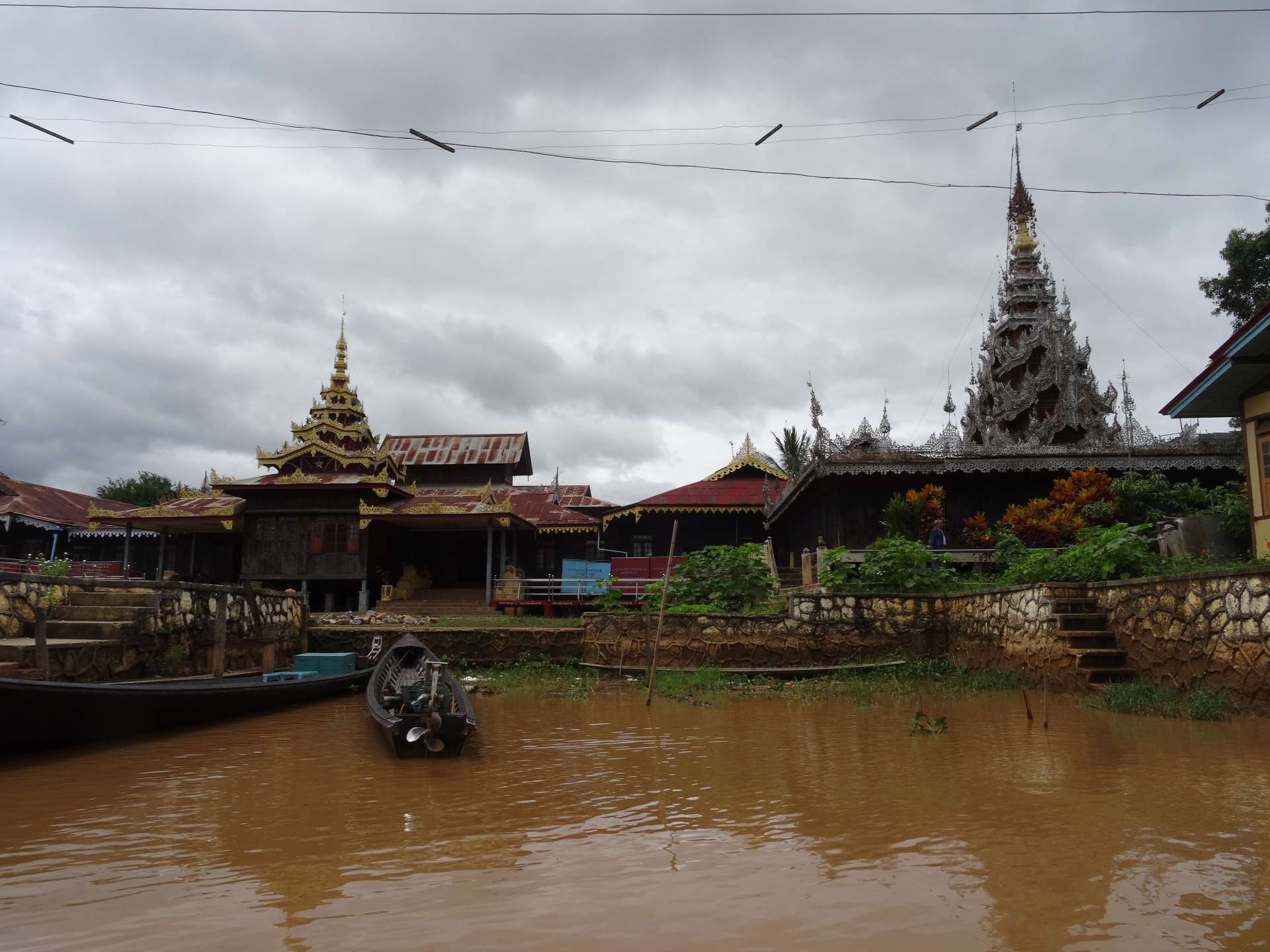
There are also a lot of cats living there, who seem to feel particularly comfortable in this peaceful place.
YANGON
We were very surprised by how modern Yangon is compared to Mandalay. Mostly good roads and mostly beautiful cars. According to a taxi driver, this has only changed in the past three years since the Japanese car market has been allowed to import used cars to Myanmar, and import duties on motor vehicles have been drastically reduced.
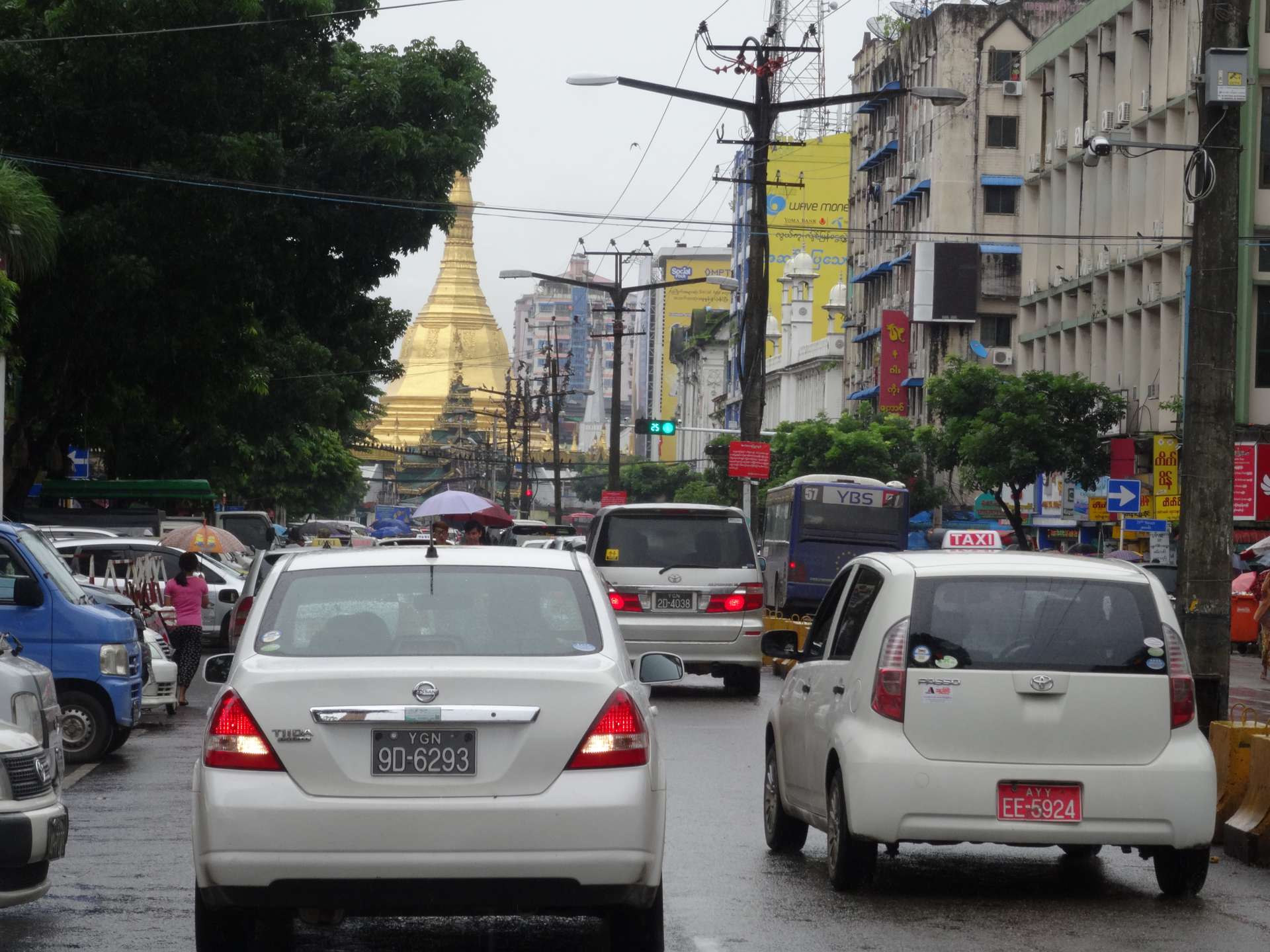
In addition to the Bogyoke Aung San Market, where you can find silver, jade, antiques, and a large selection of Longyis, there is a highly modern shopping center nearby, including well-known luxury brands as well as a very appealing range of restaurants.
Despite the continuous rain, visiting the Shwedagon Pagoda, which is considered the landmark of Myanmar and the most important sanctuary for Buddhists, was an absolute highlight.
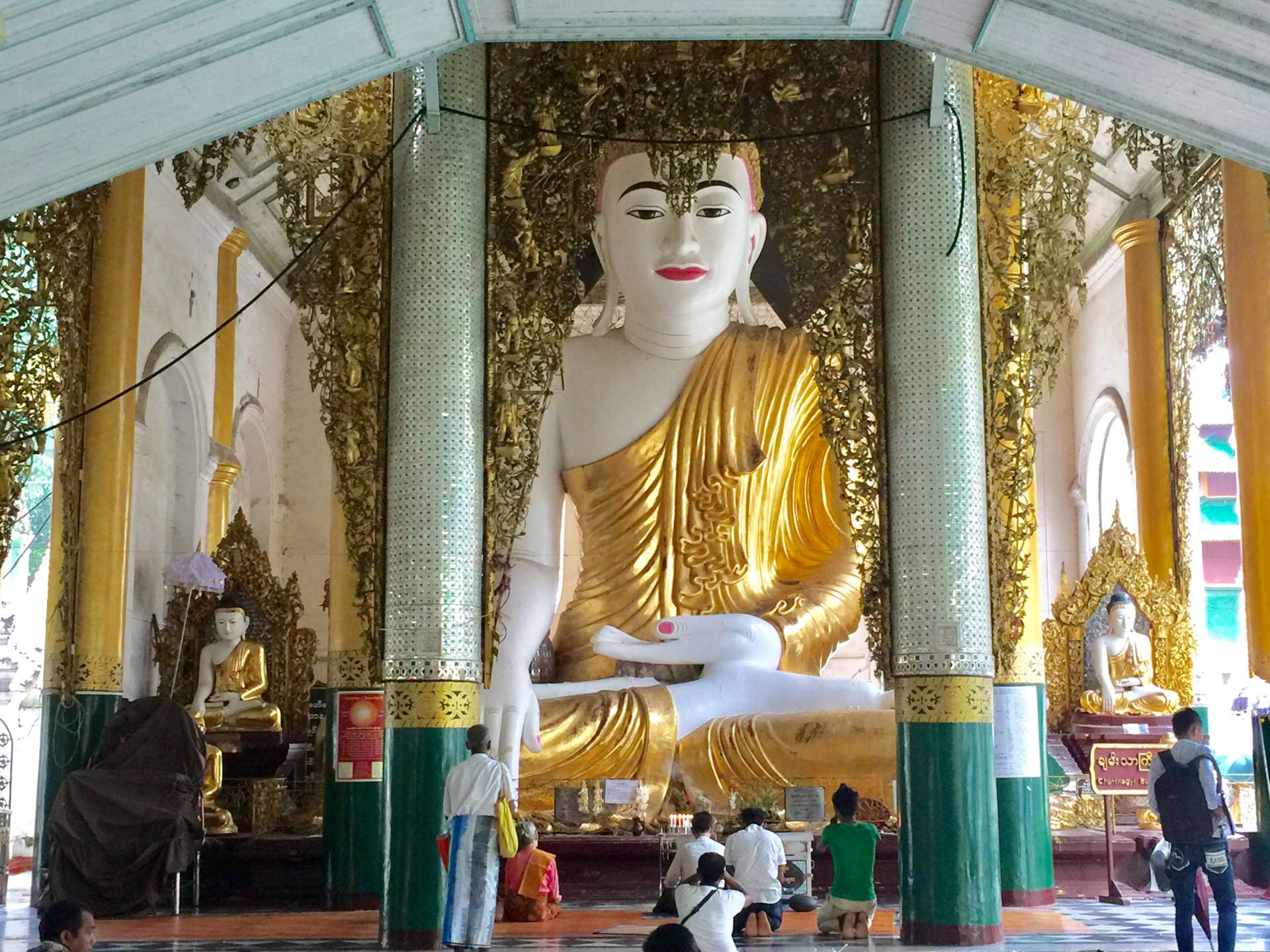
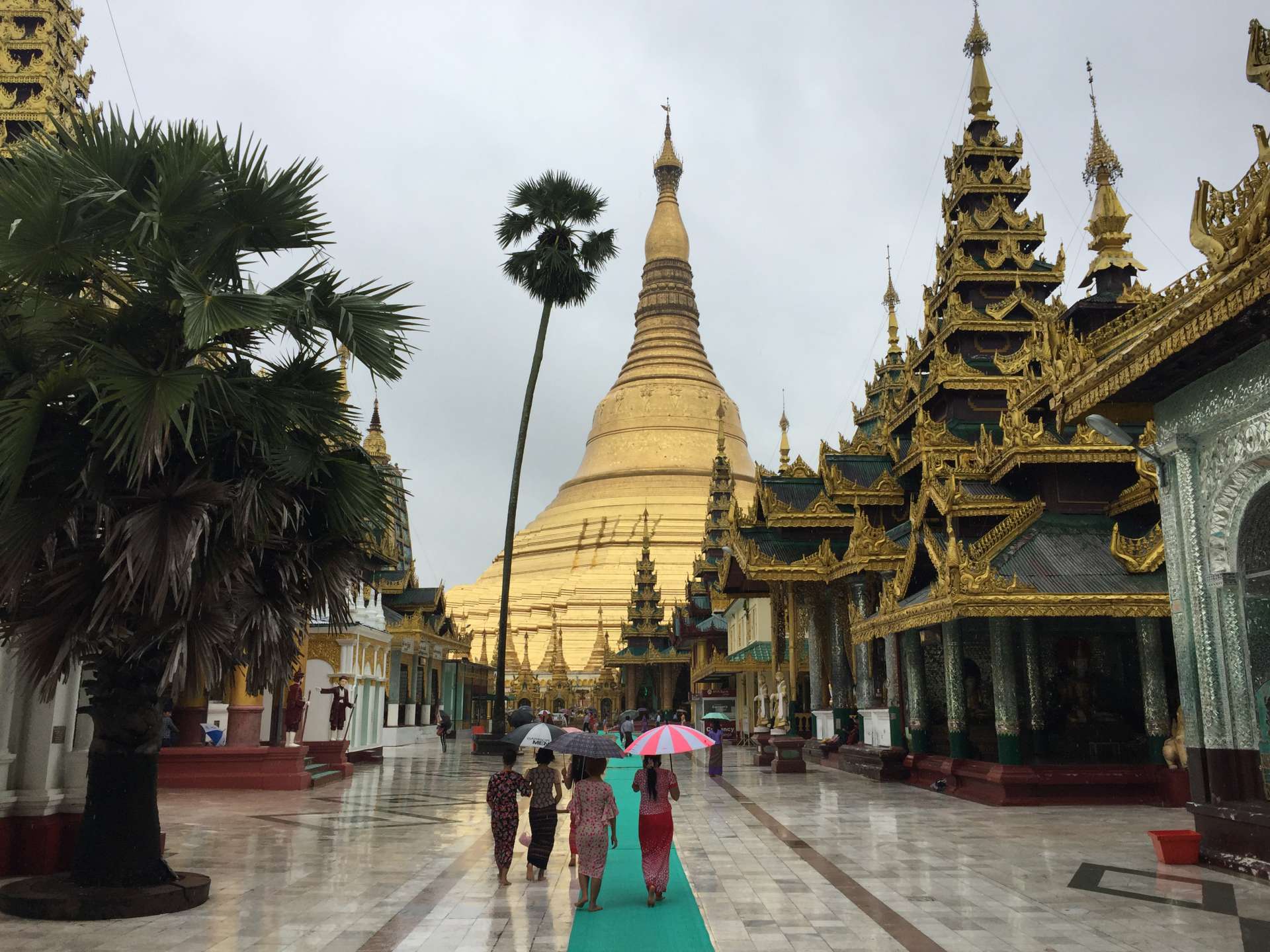

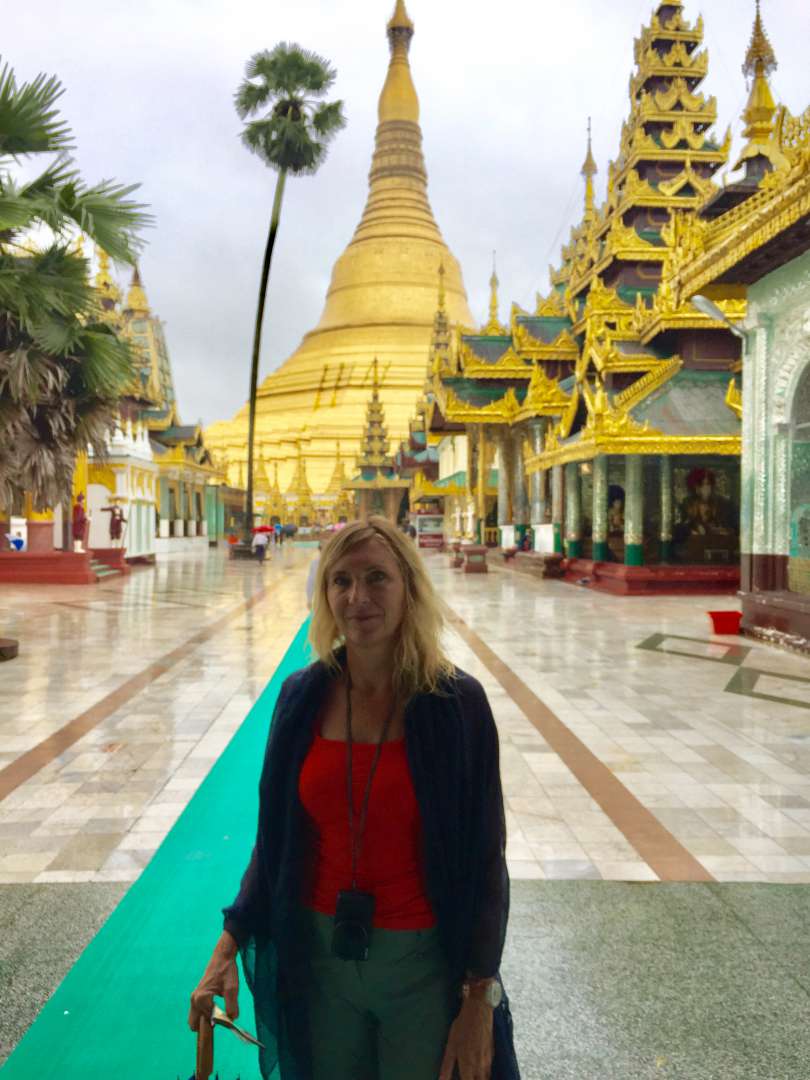
With three months of continuous rain a year, the people have adapted accordingly, and even lovebirds are not deterred from spending a few romantic hours in the park.

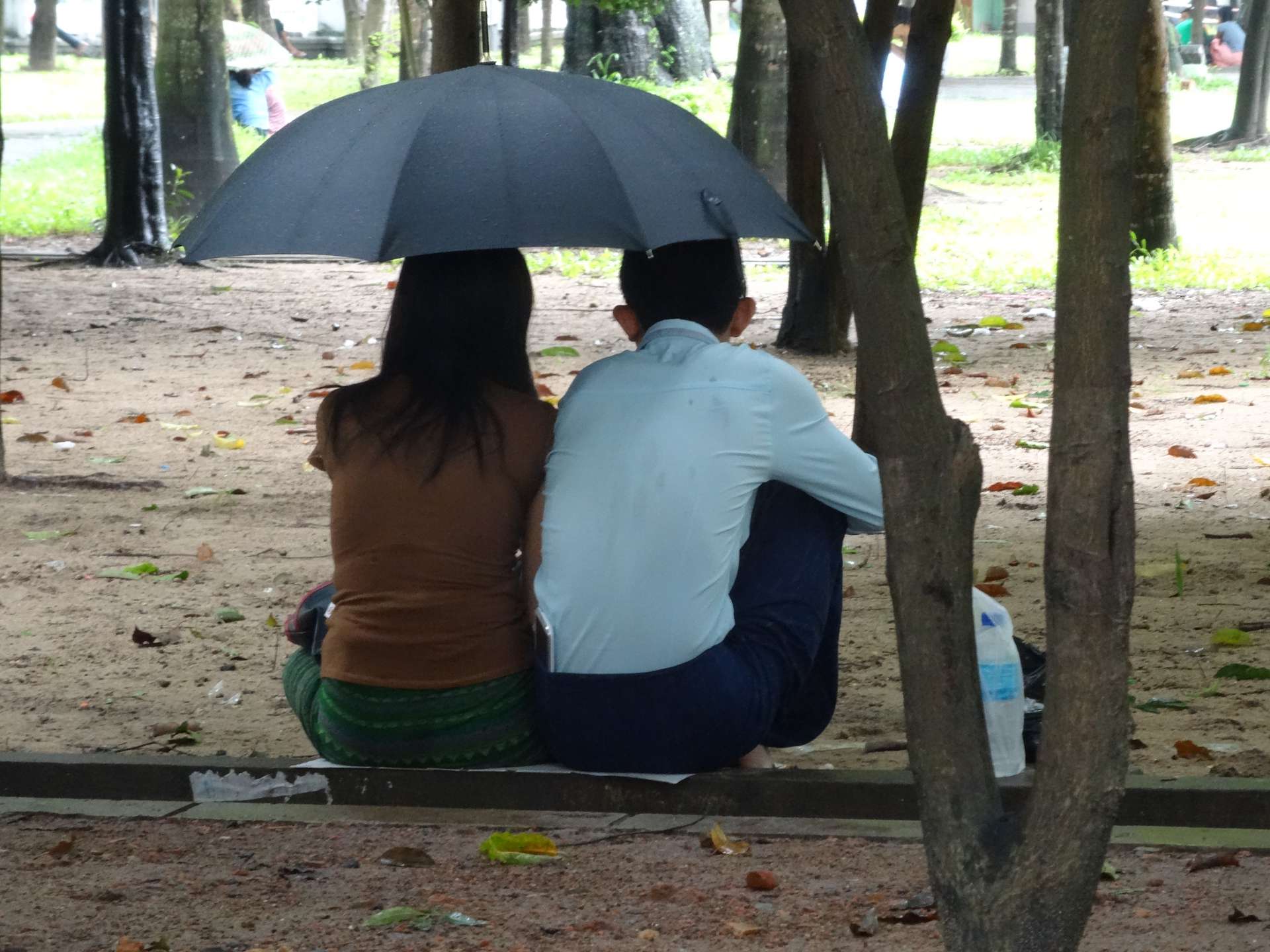
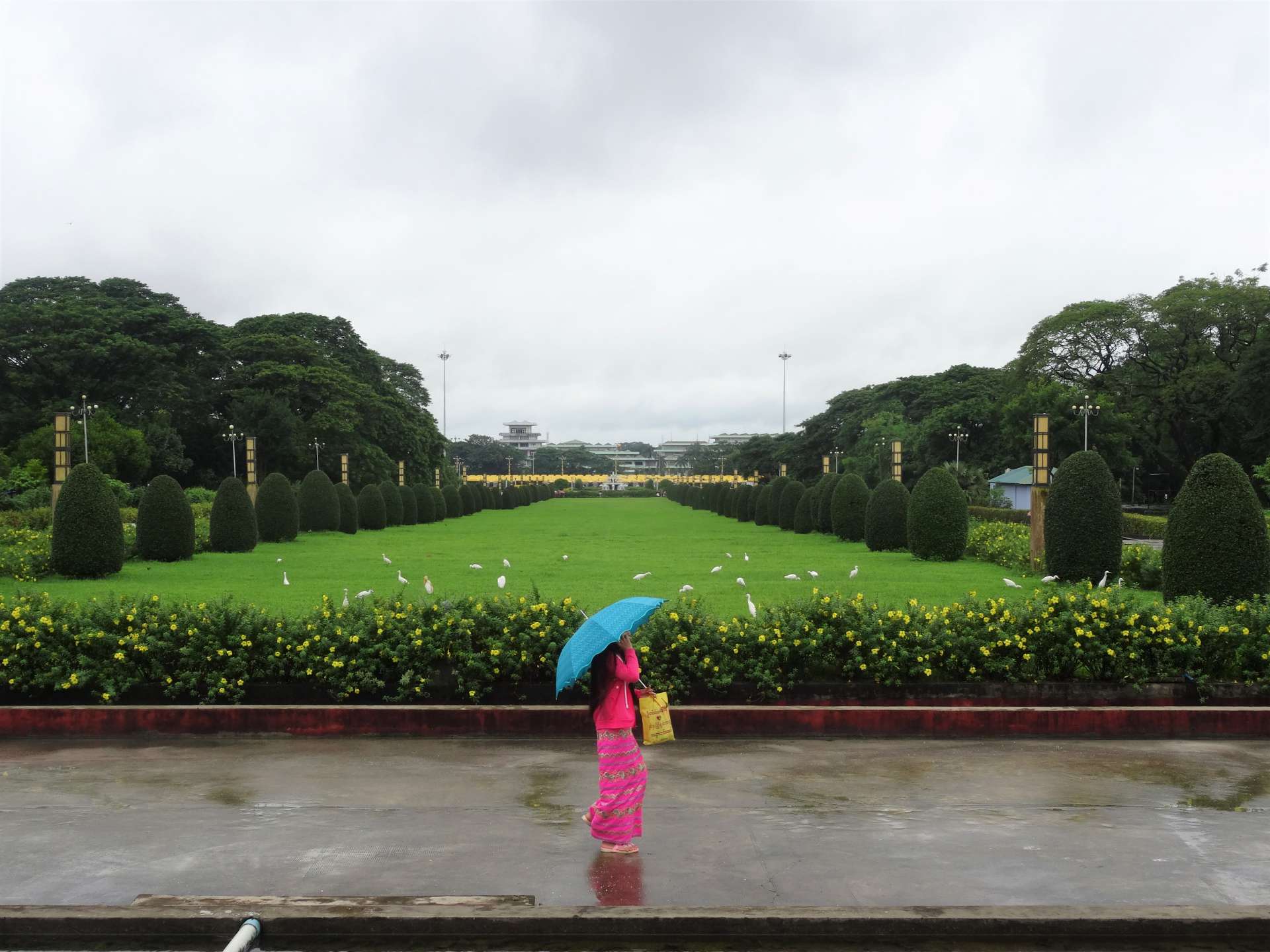
One absolutely lovable characteristic that I noticed is that everyone here sings and mostly sings very well. No matter whether taxi drivers, salespeople, waiters and waitresses, on the street - with full dedication and also volume! Maybe that's one of their secrets for not losing their cheerfulness even during the gray rainy season... the beautiful thing about it: it's contagious😊!
HPA-AN
This city, which is hardly developed for tourism yet, has something very special to offer. We have seen countless beautiful temples, pagodas, and stupas in this country. But here, there are incredibly beautiful cave temples. Unfortunately, the rainy season in Myanmar apparently really means rain around the clock. A tuk-tuk taxi took us to all the interesting places.
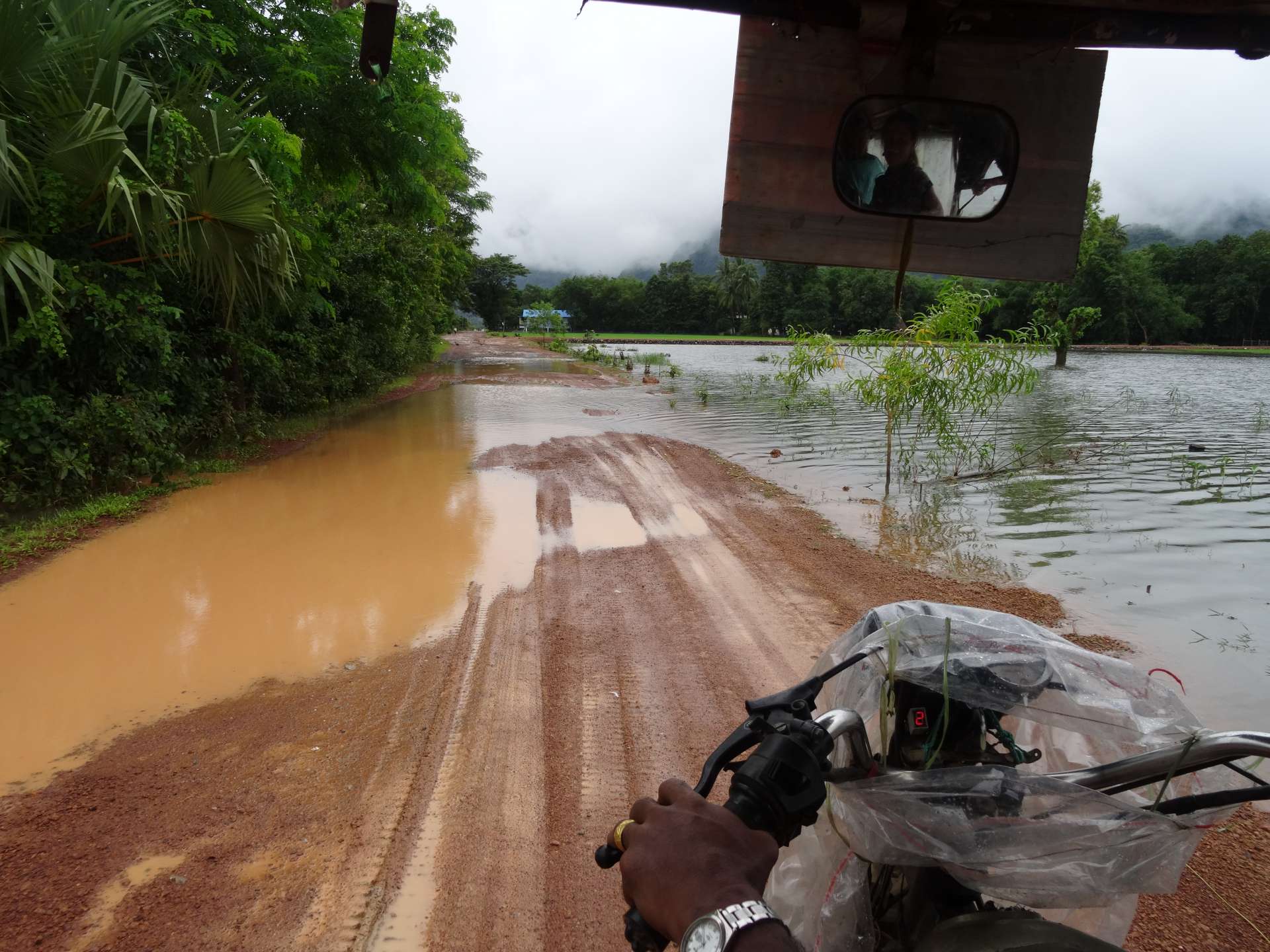
Individual areas and streets are currently flooded as well.
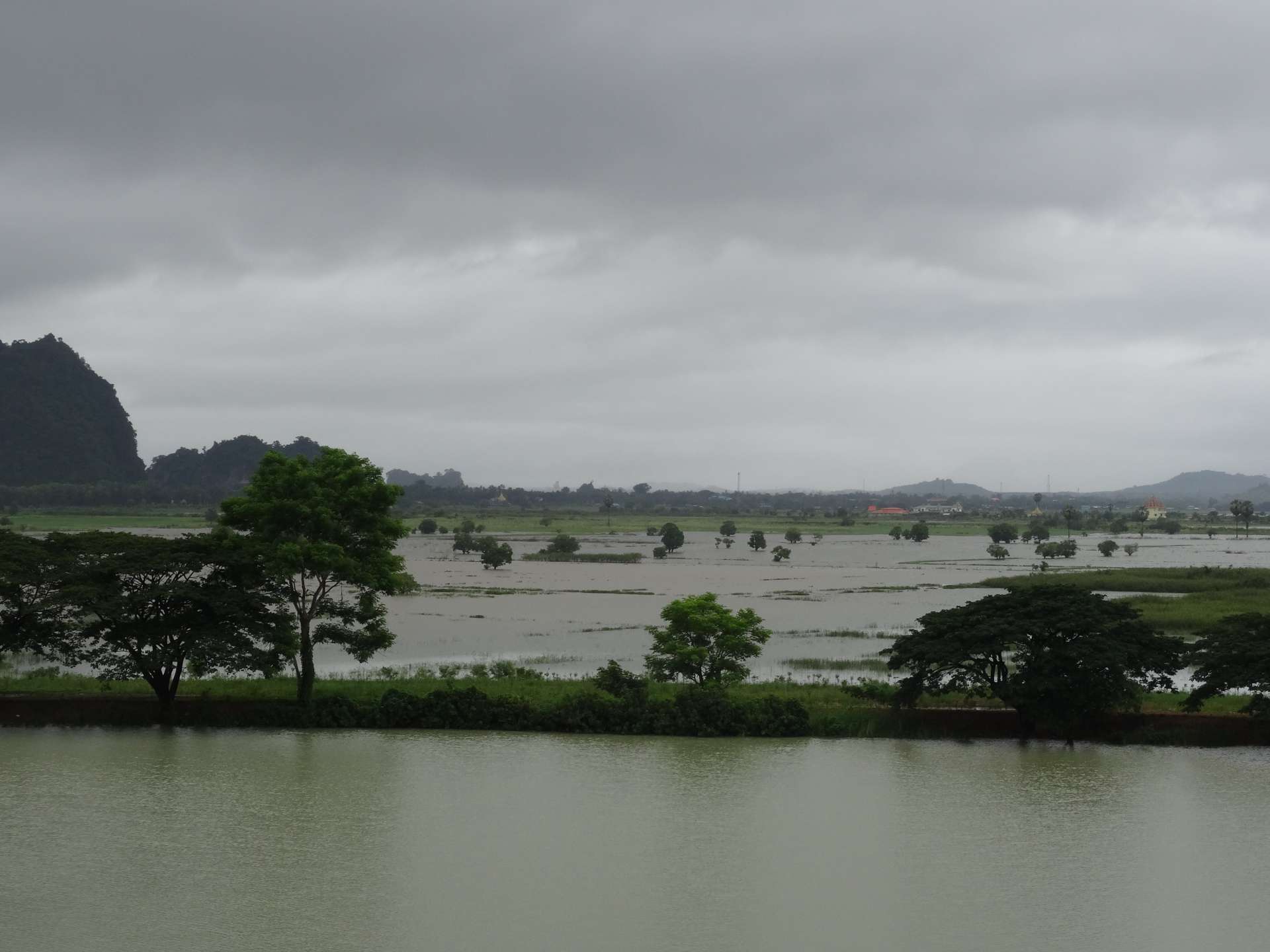
Although the weather limited the visit accordingly, we were deeply impressed by the very special temple complexes.

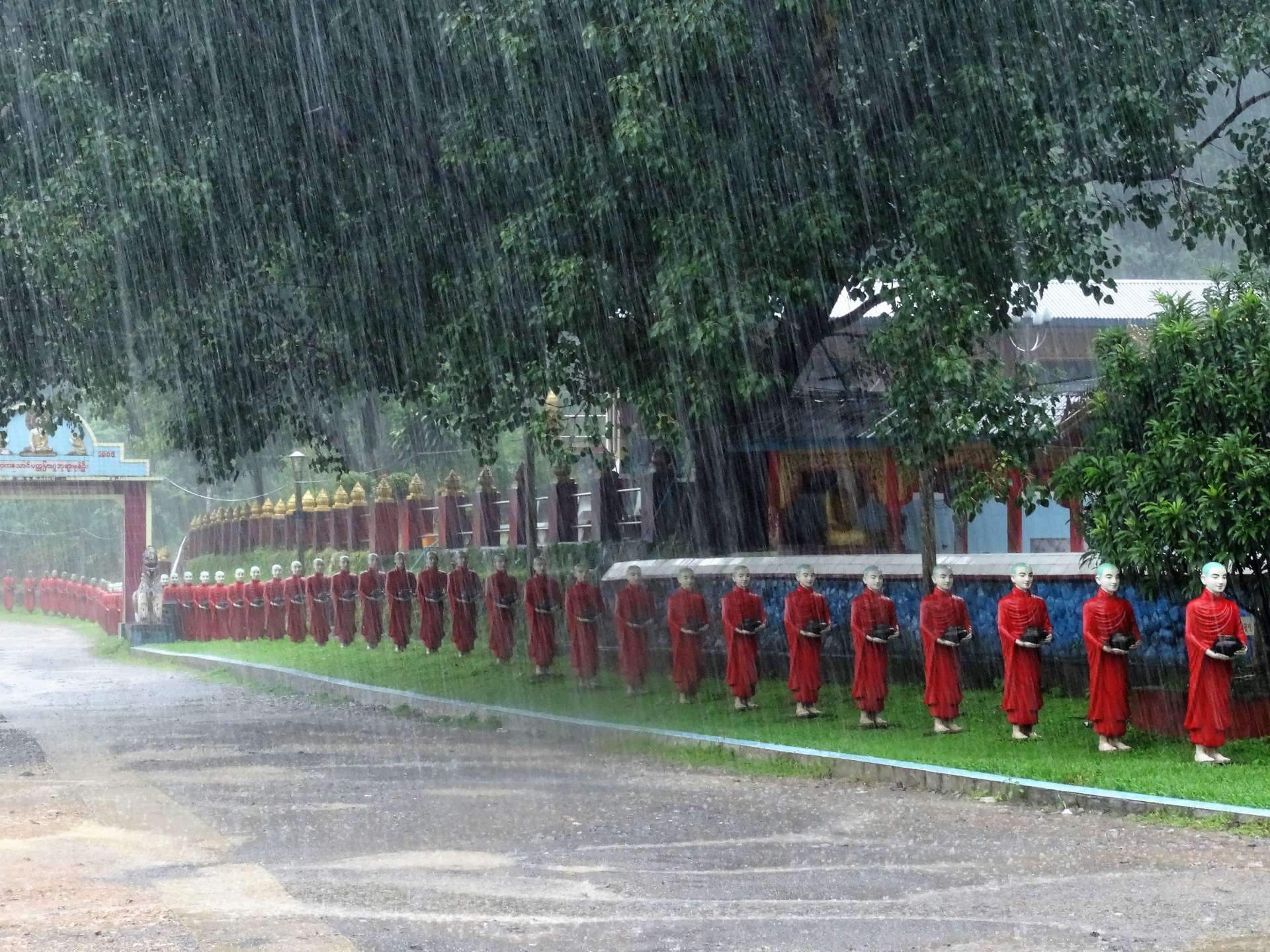
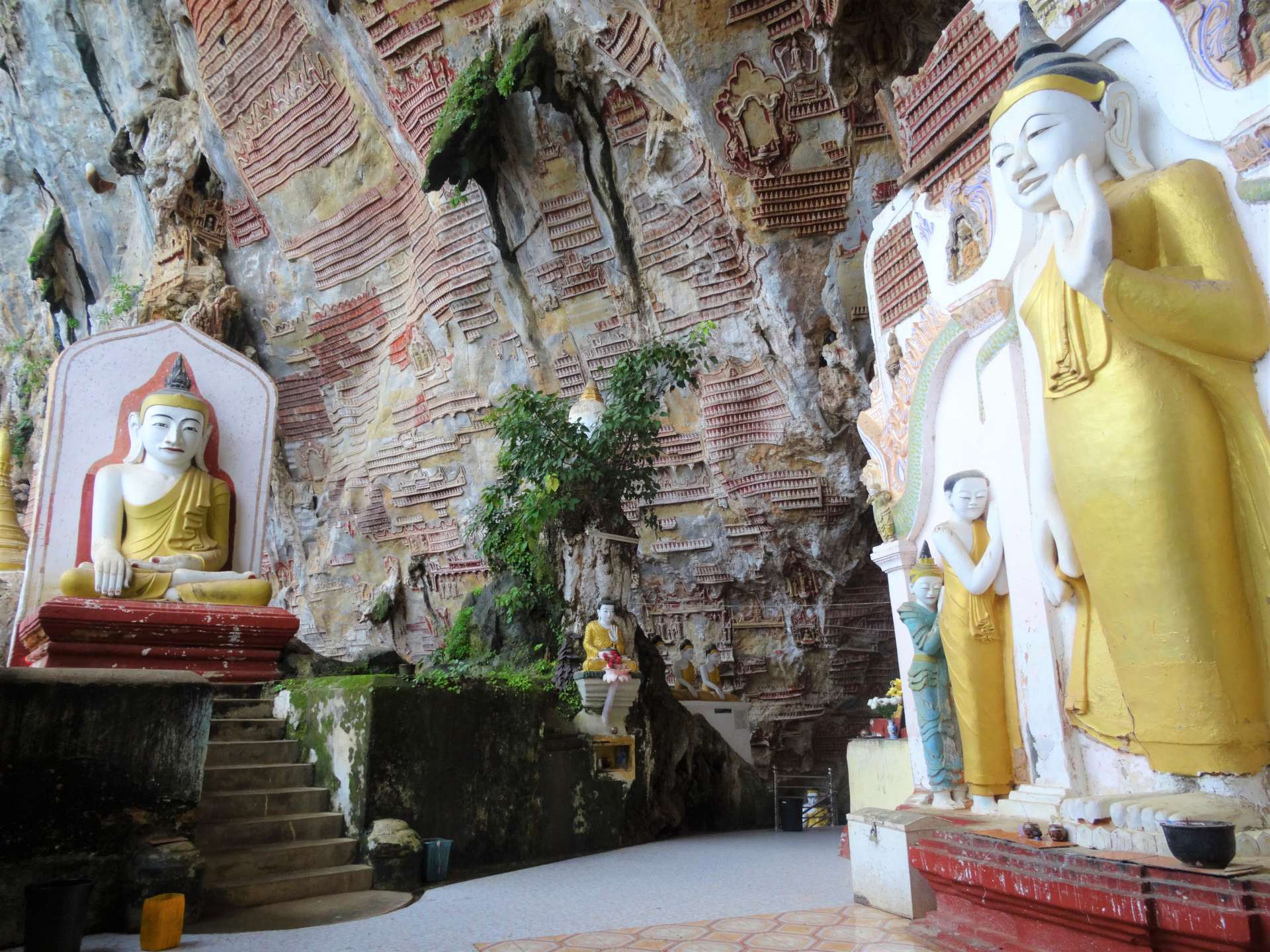
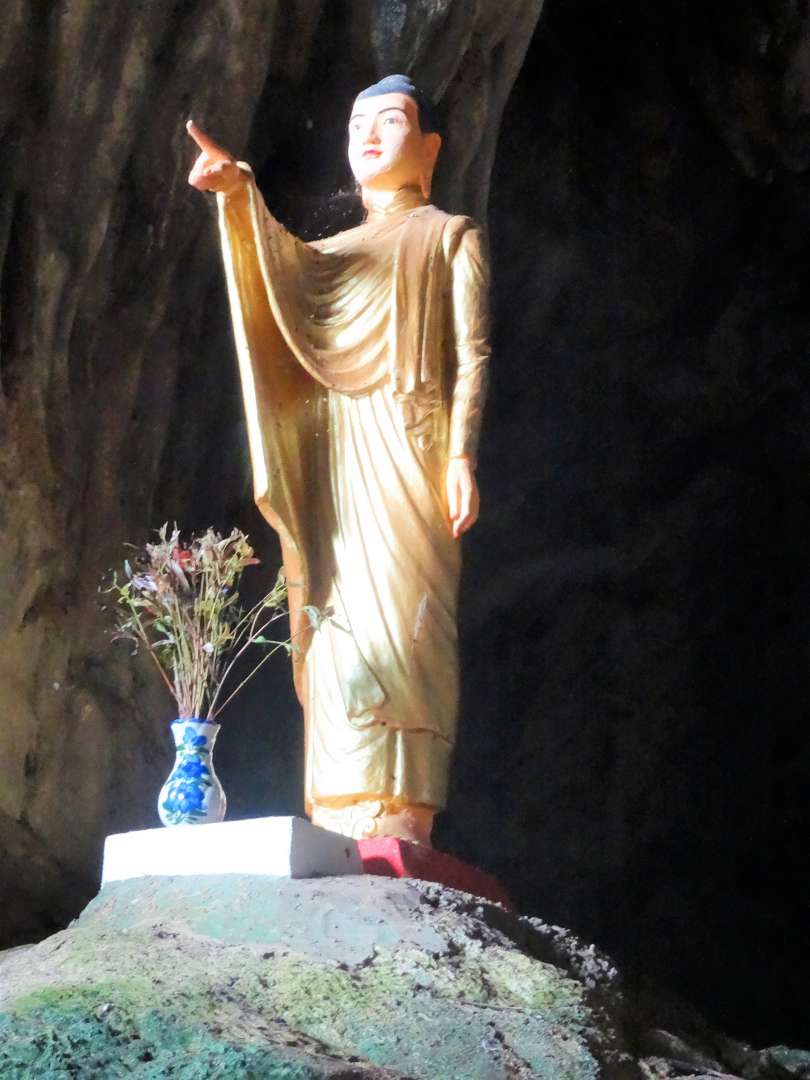
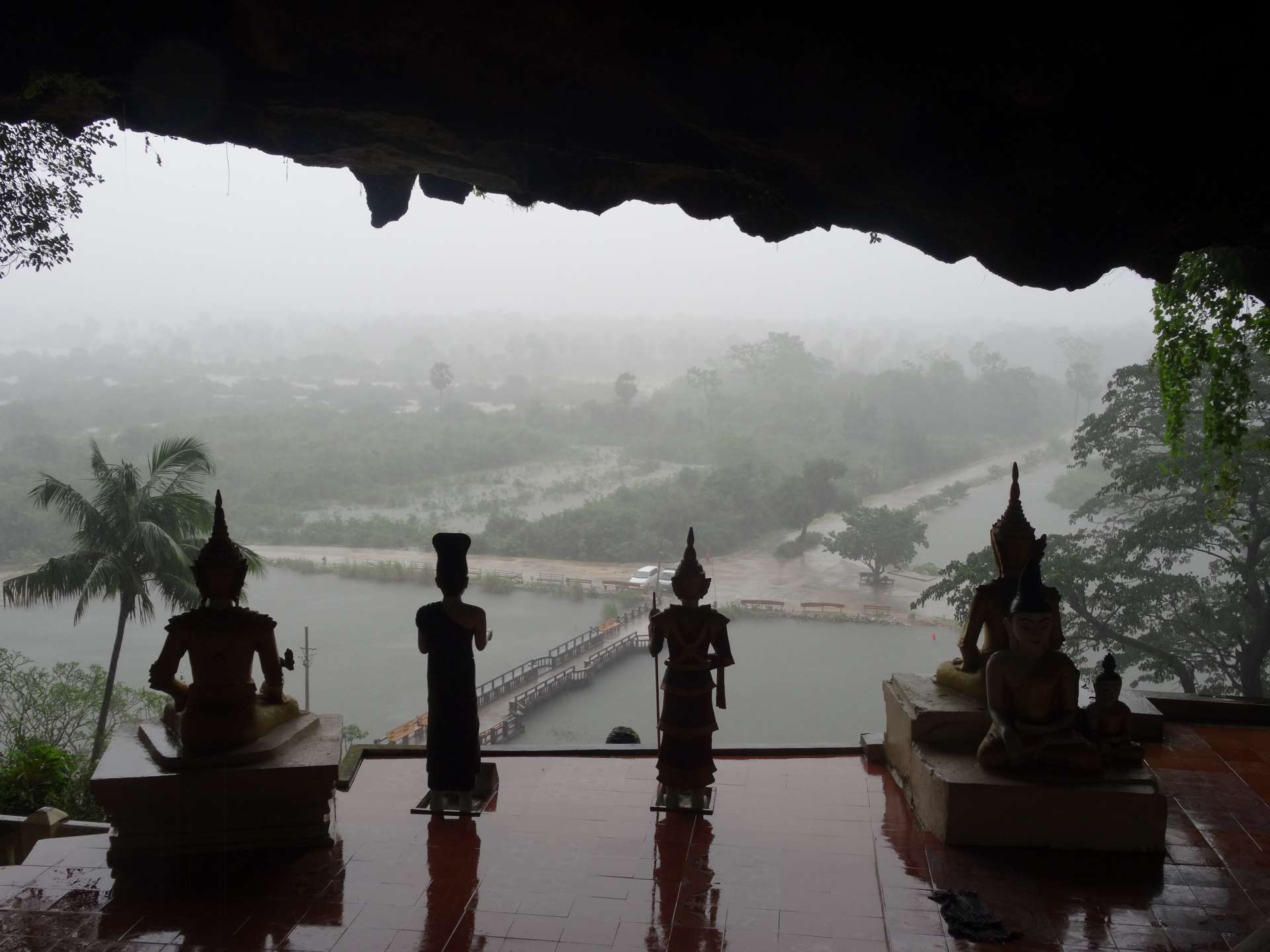
But what I found particularly spectacular was the Kyauk Ka Lat Rock Pagoda, a pointed rock pinnacle on which a pagoda stands.

After 3 weeks in Myanmar in the rain, we are now hopeful that we will finally see blue skies again at our next destination in Sukhothai (Thailand)....
Haberlere kayıt ol
Cevap (7)
Renate
❤️lichen Dank für die eindrucksvollen und interessanten Bilder & Kommentare 👍😃 freue mich schon auf weitere 🤗 😘 Renate Marion
Oh, vielen Dank dir für das positive Feedback! 😘Martina
Bitte einen Kübel Tanaka-Paste mitbringen! ;) 😘Marion
Die hast du ja gar nicht nötig, liebe Martina😉😘Martina
Naja ... 👵🏻 ;-)
Freuen uns schon sehr aufs baldige Wiedersehen! Erich
Bei eueren vollen Programm verstehe ich schon wenn ihr eueren Trip unterbrechen tut um euch vom " Urlaub " zu erholen. ;-)
Sind fantastische Bilder und ein toller Bericht. Sehr professionell.
Hoffe ihr bleibt gesund. Was ißt man dort eigentlich. Doch keine Insekten, oder?Marion
Danke, lieber Erich für dein Feedback! Als Vegetarier haben wir nirgendwo Insekten gegessen, aber hier wurden diese auch nicht angeboten;). Essen war aber kein Problem in Myanmar, gibt typisch asiatische Küche, aber nicht so scharf, wie in Indien erlebt.LG Marion u Peter 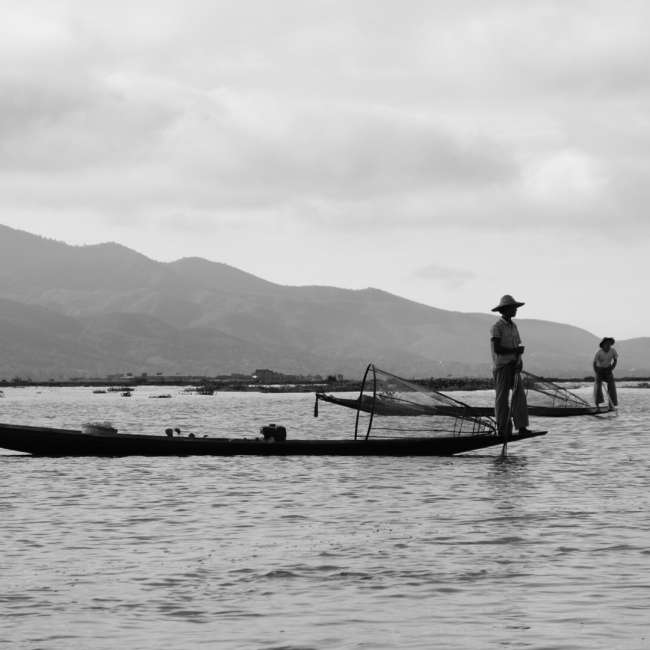
Seyahat raporları Myanmar
